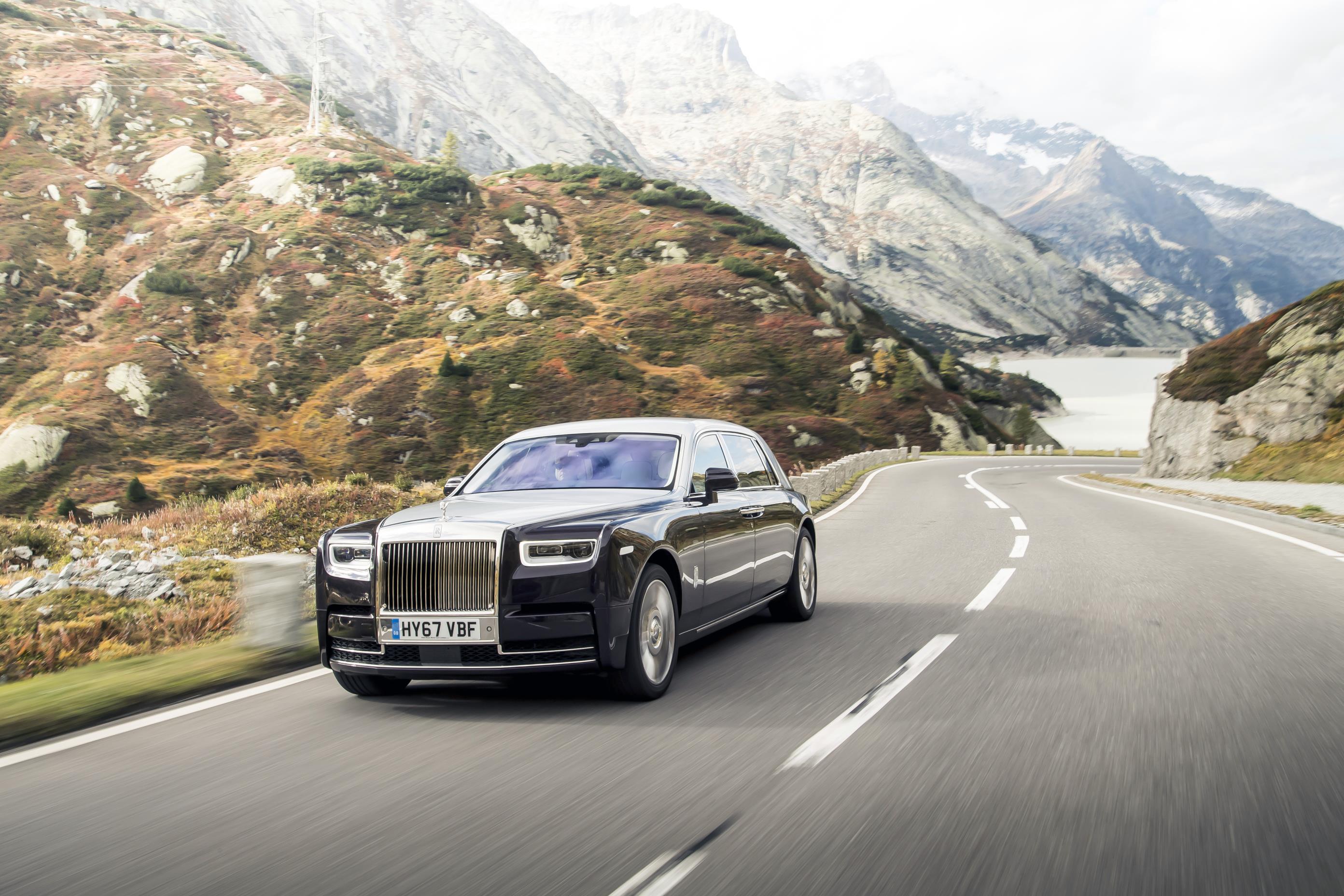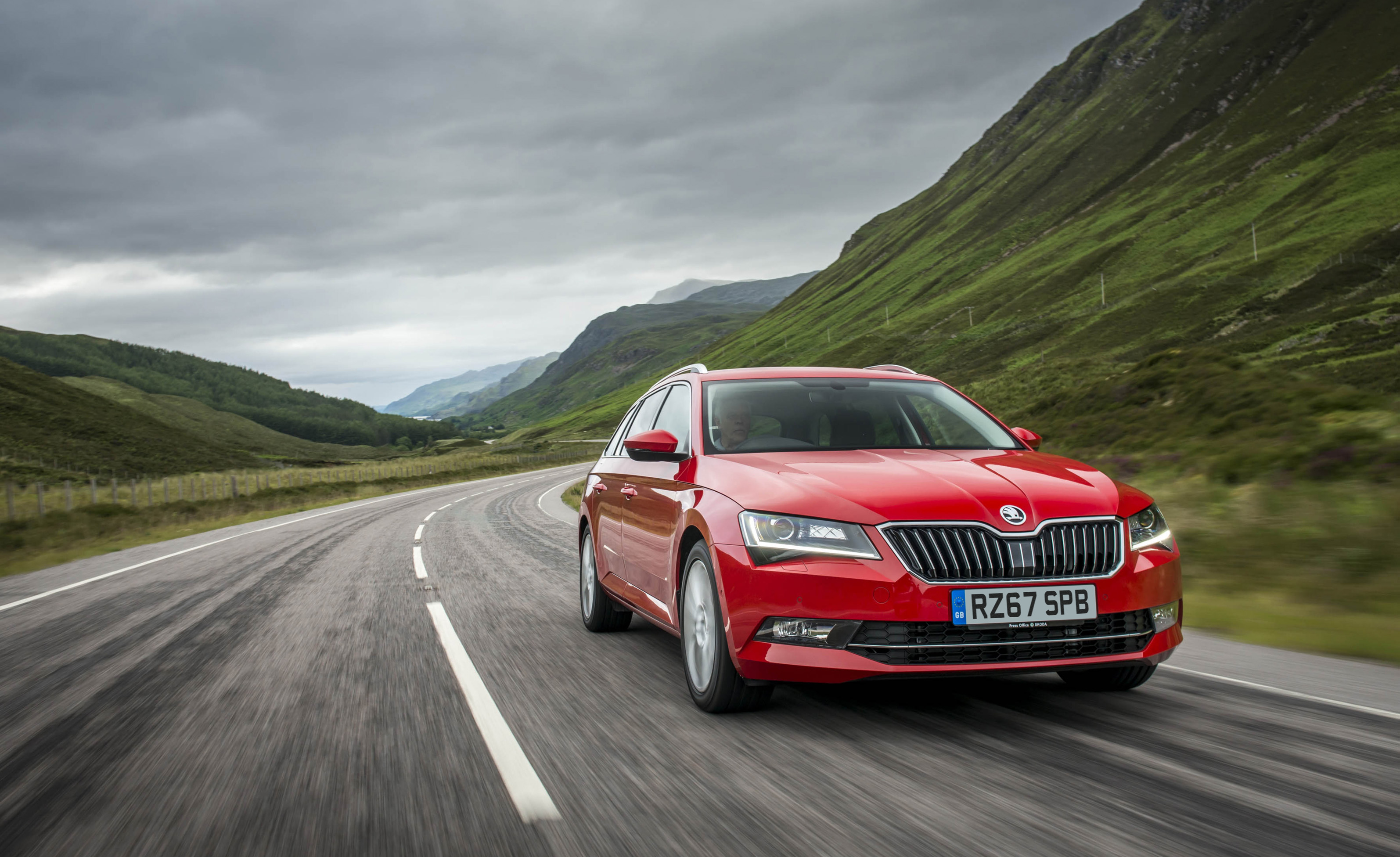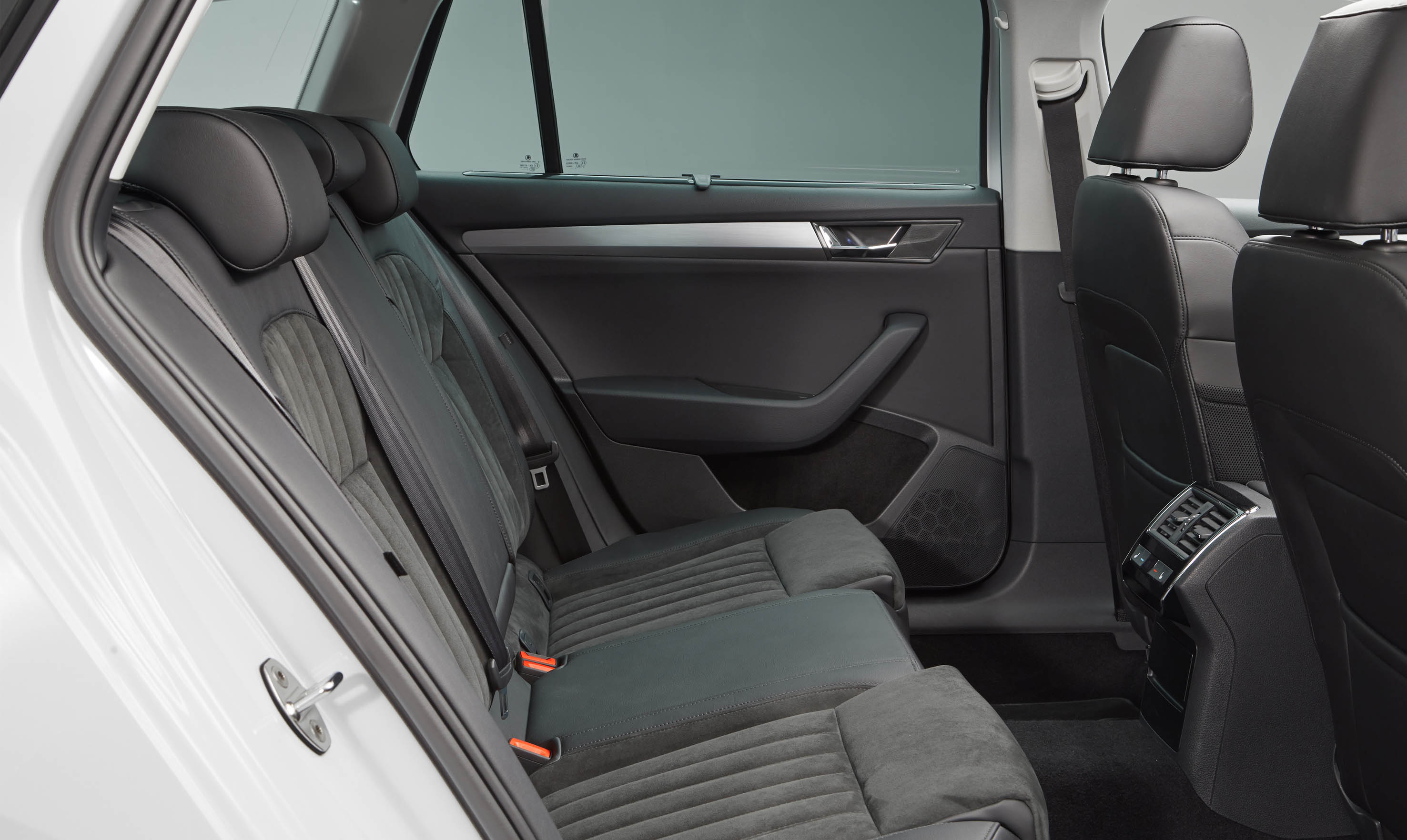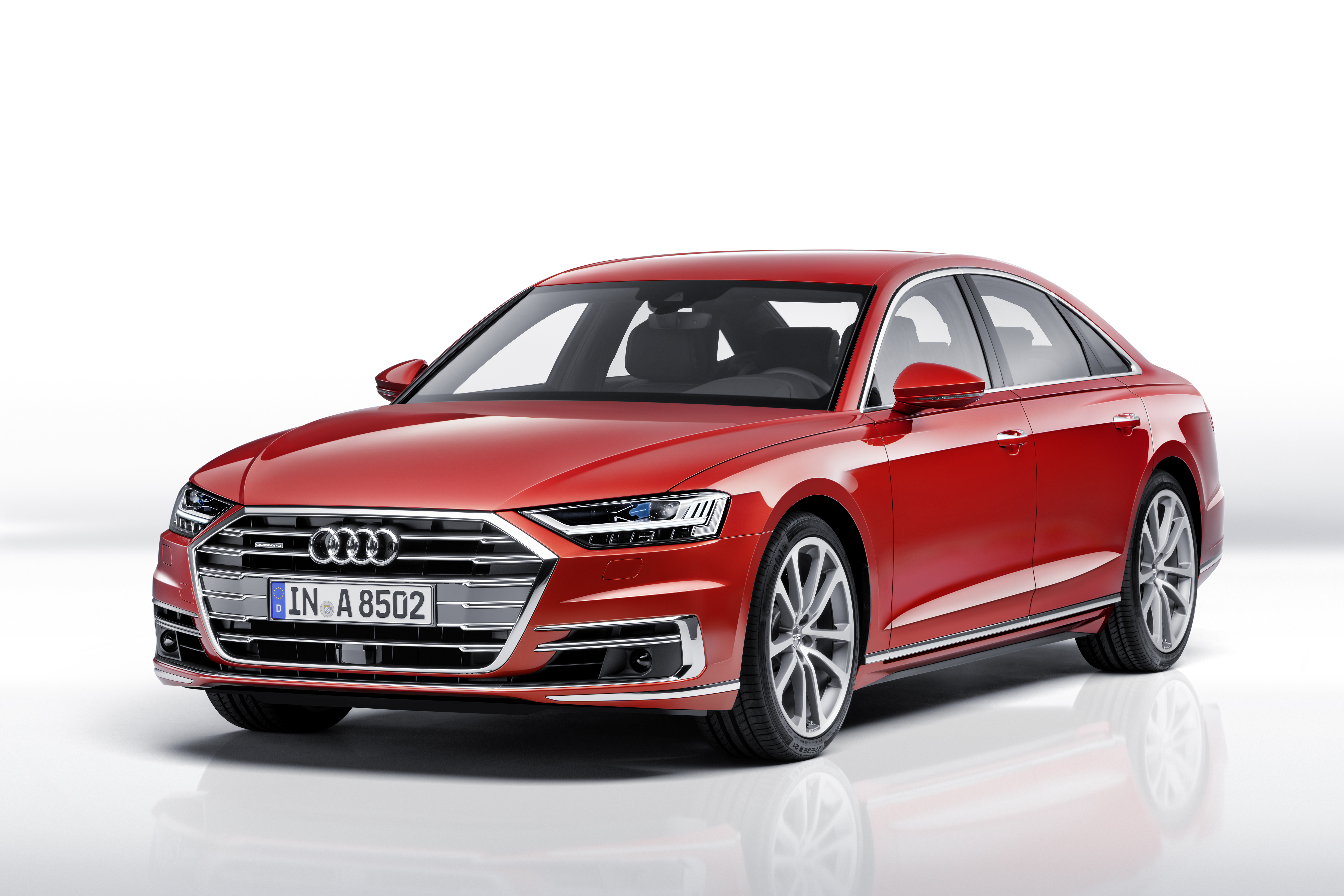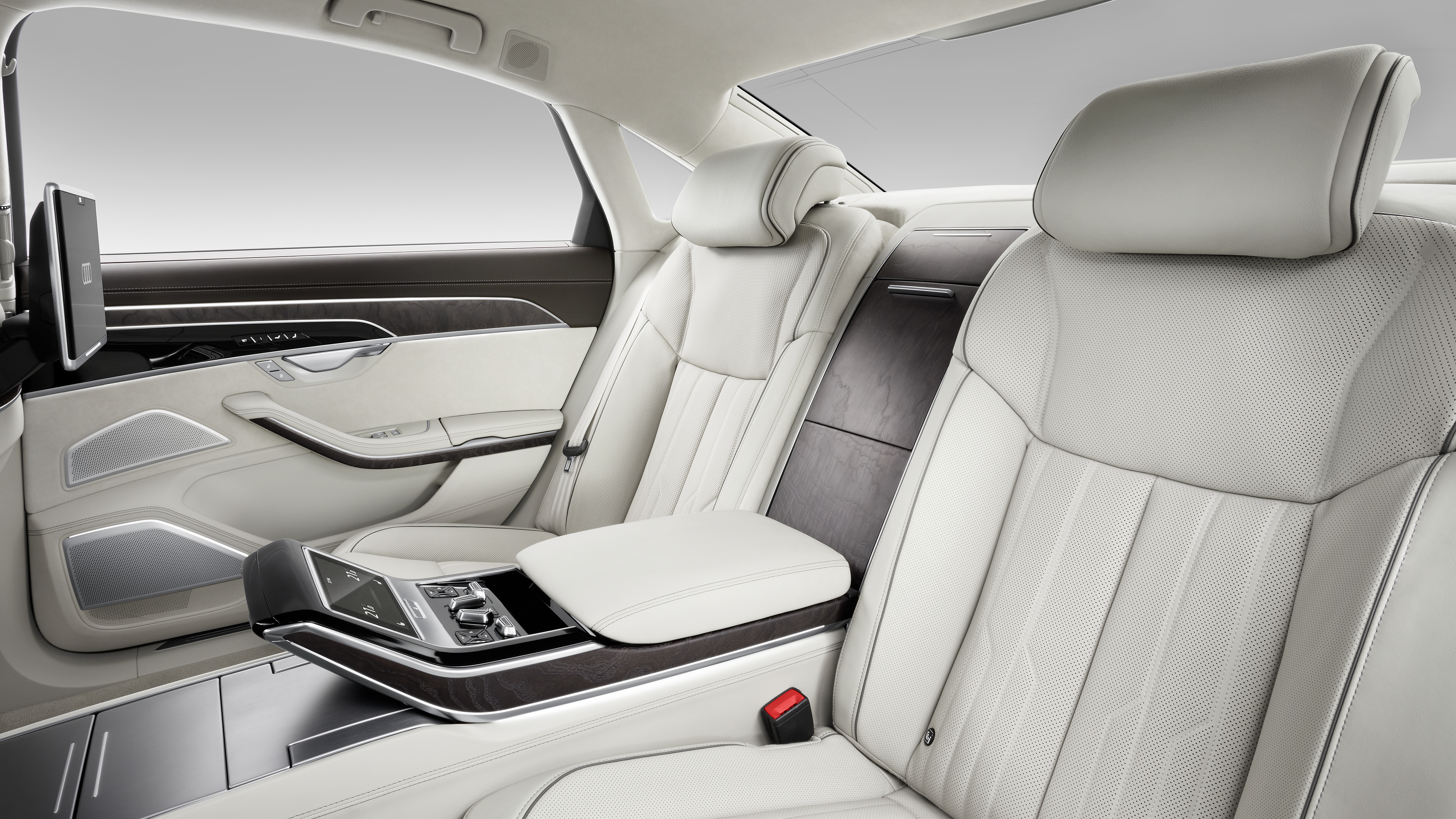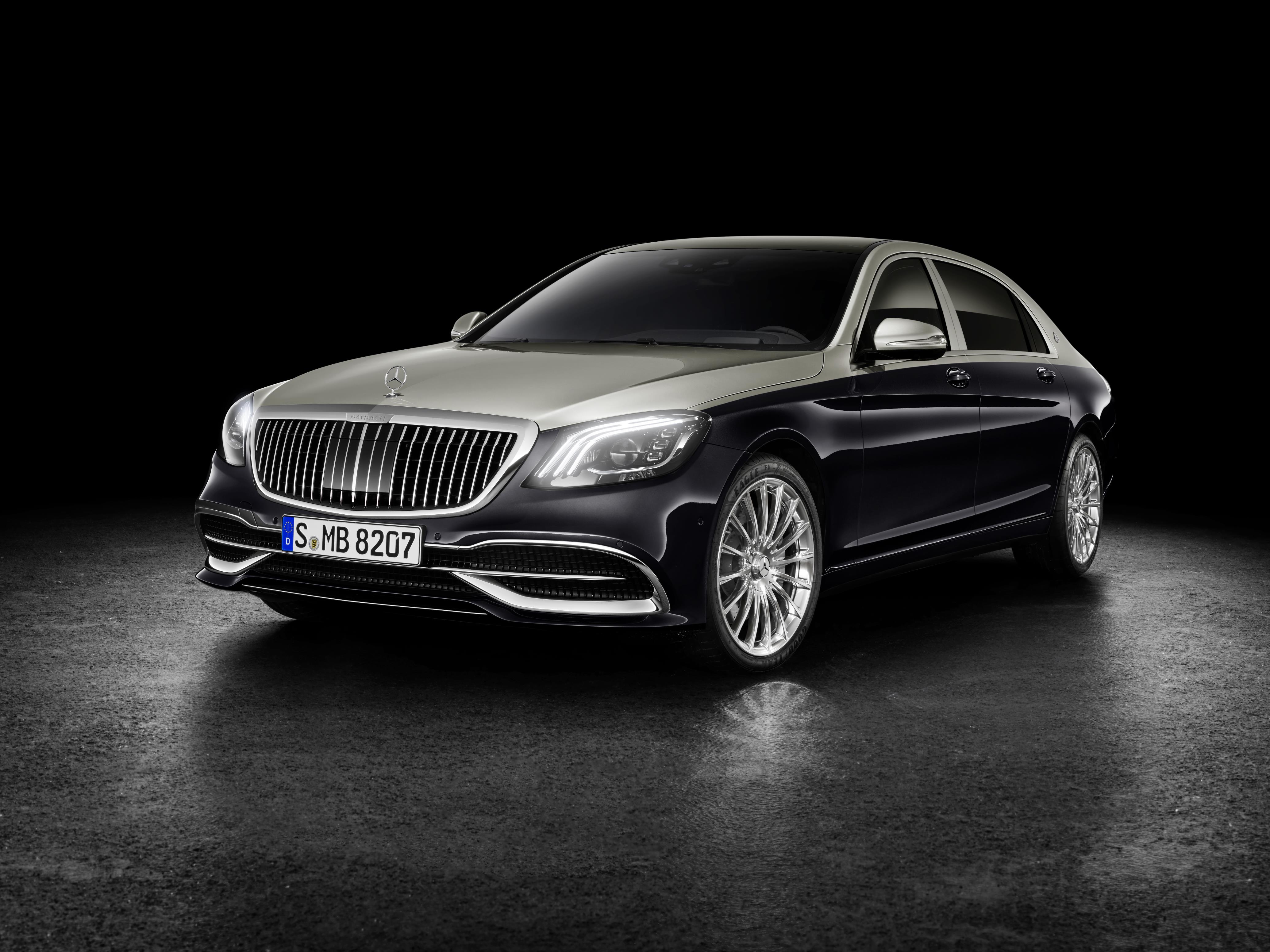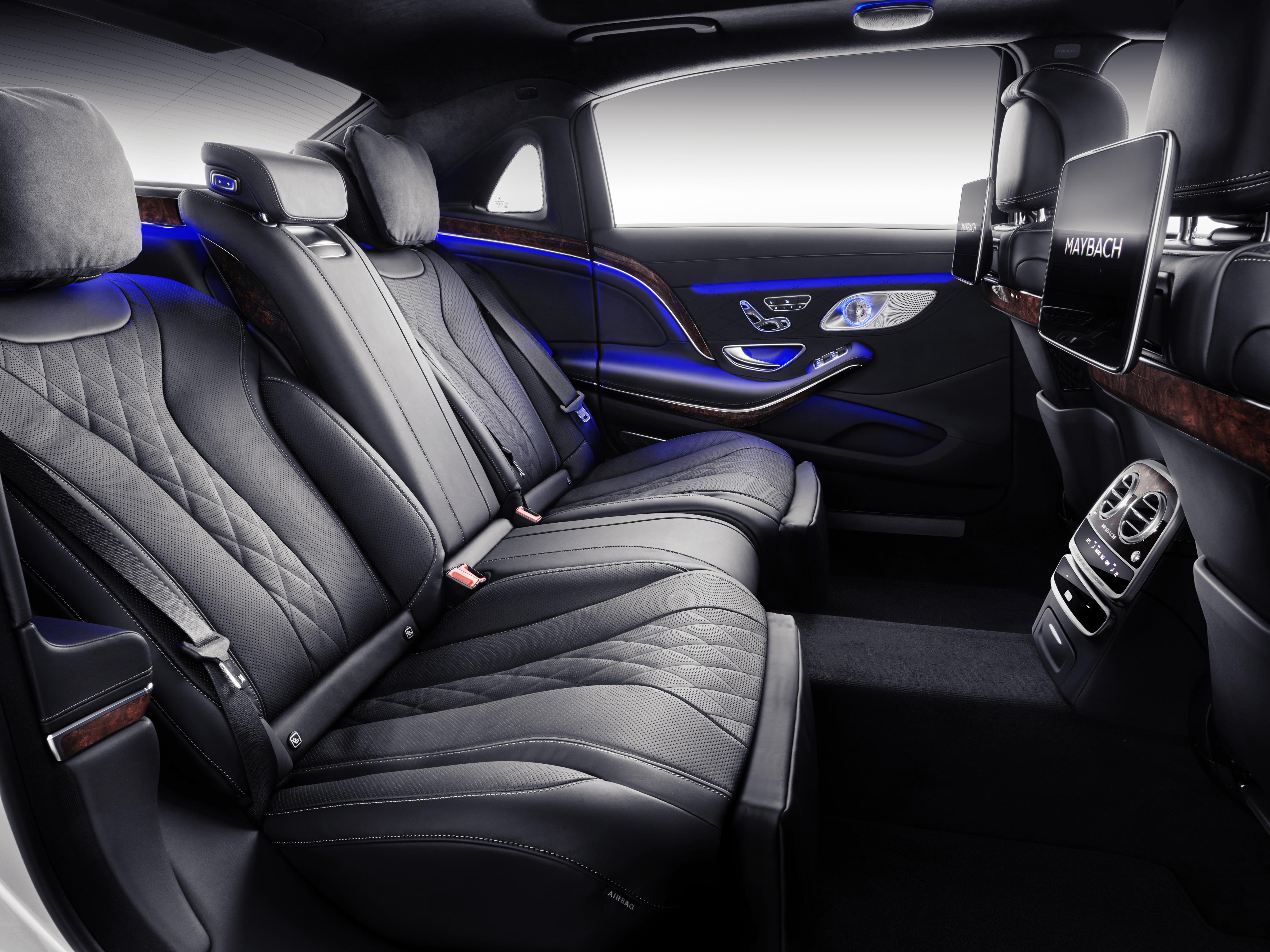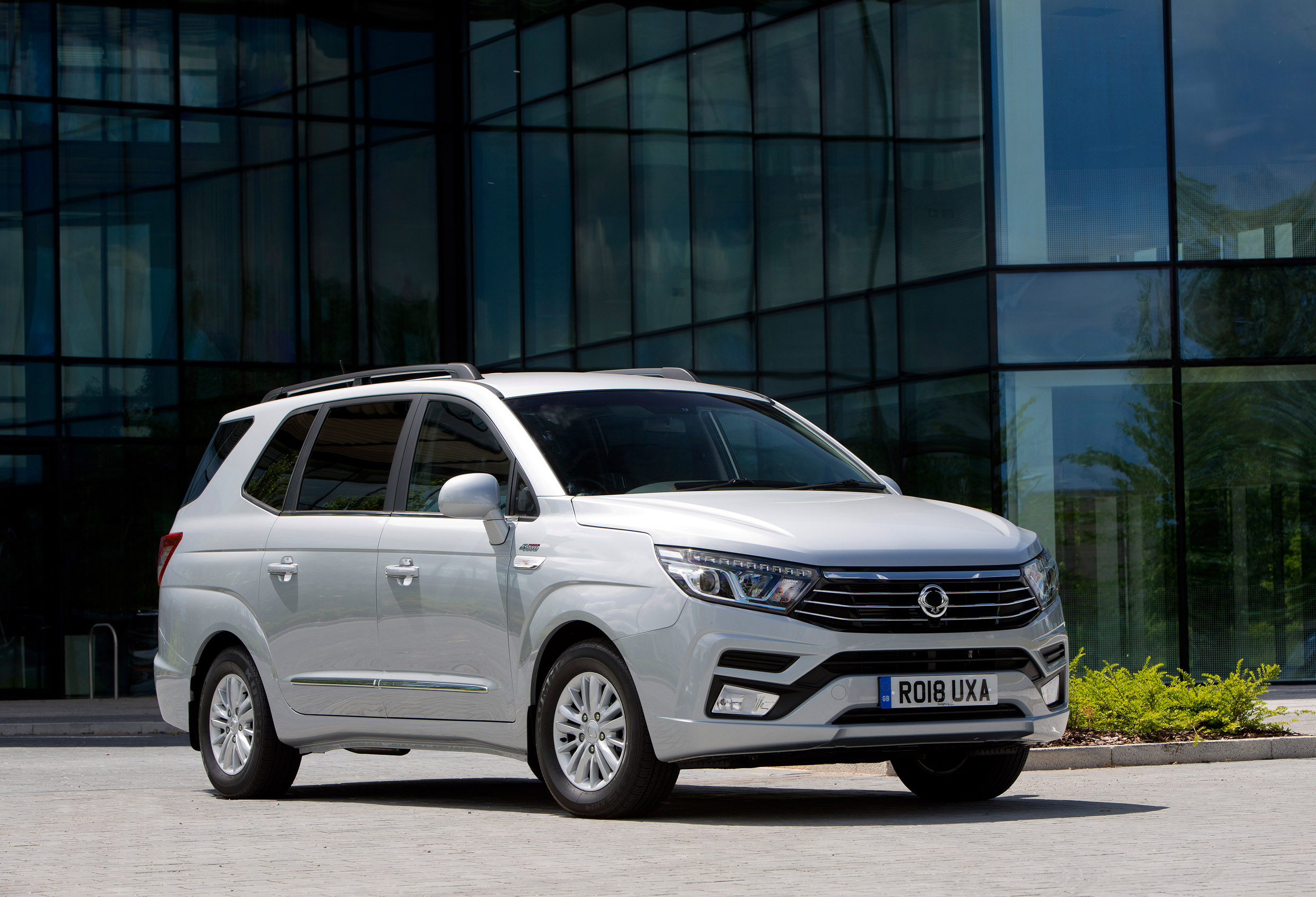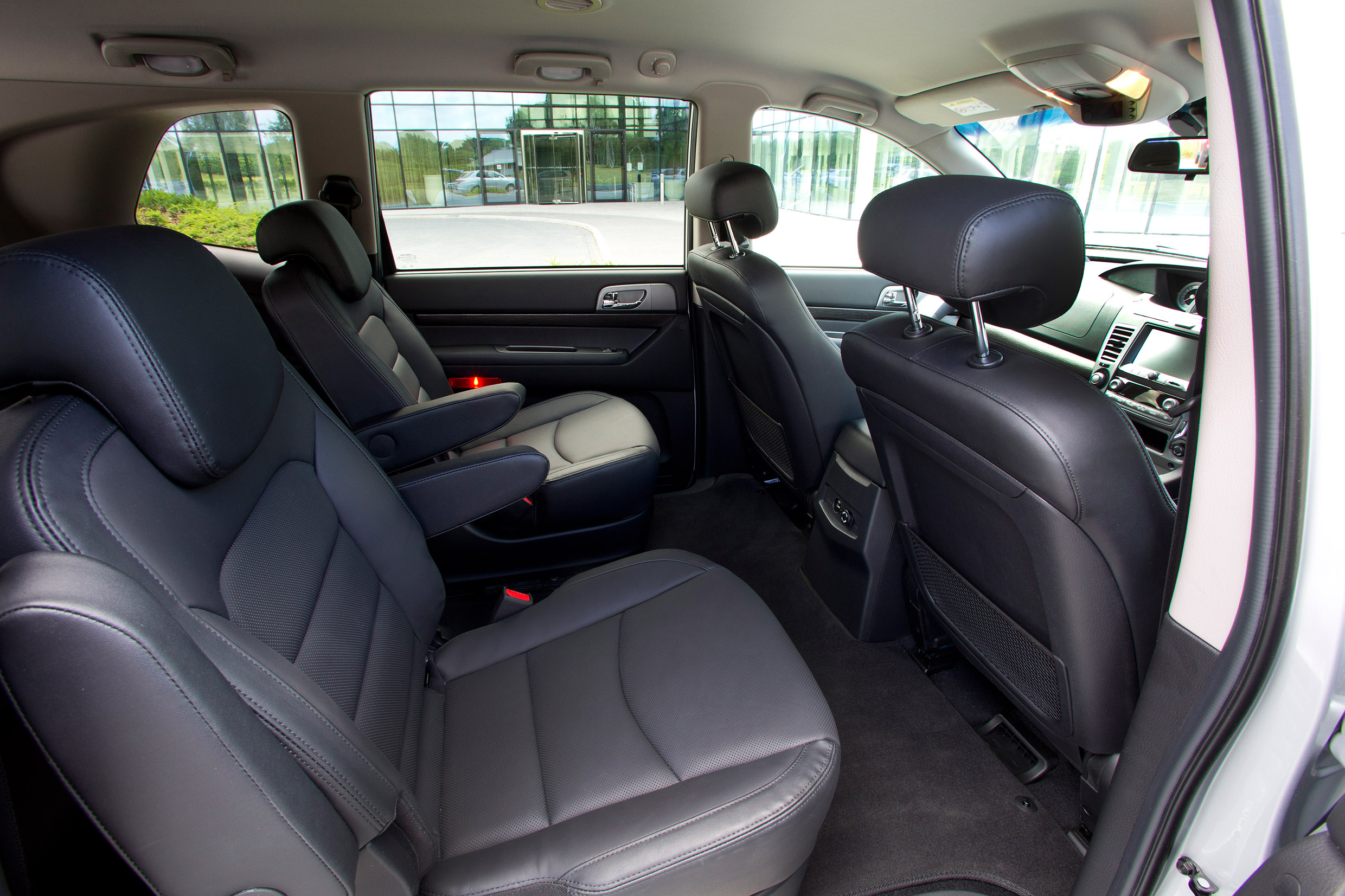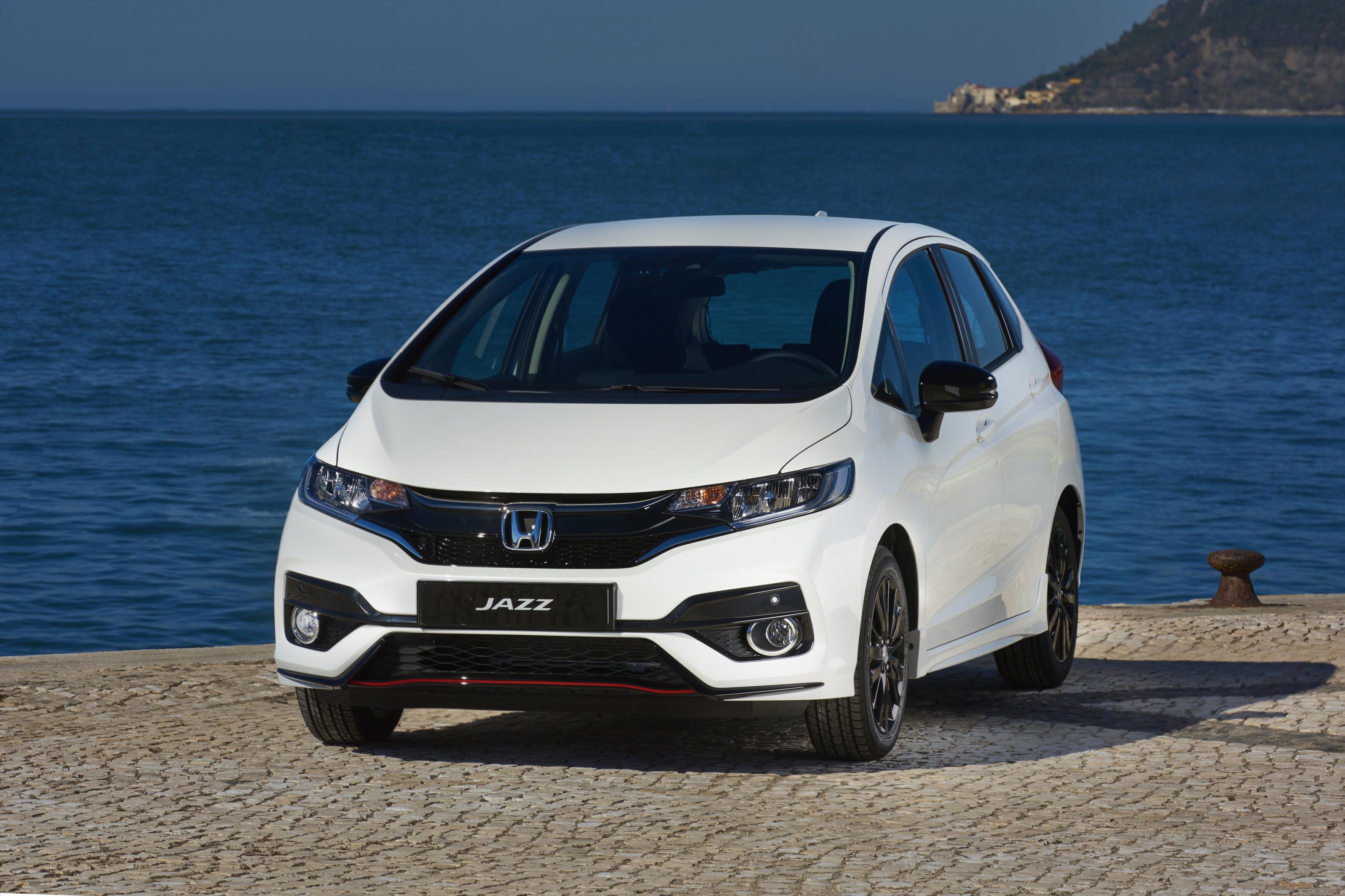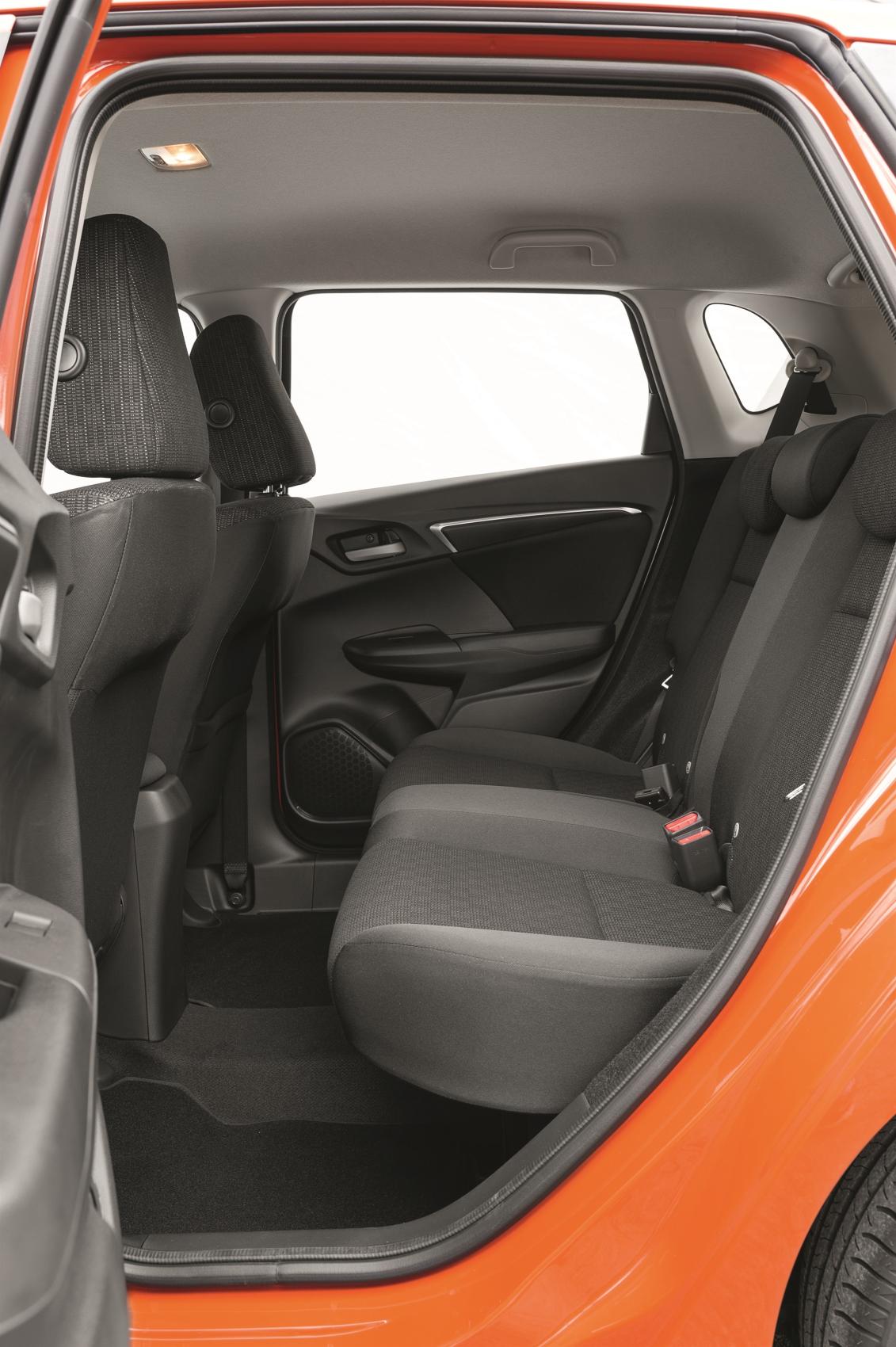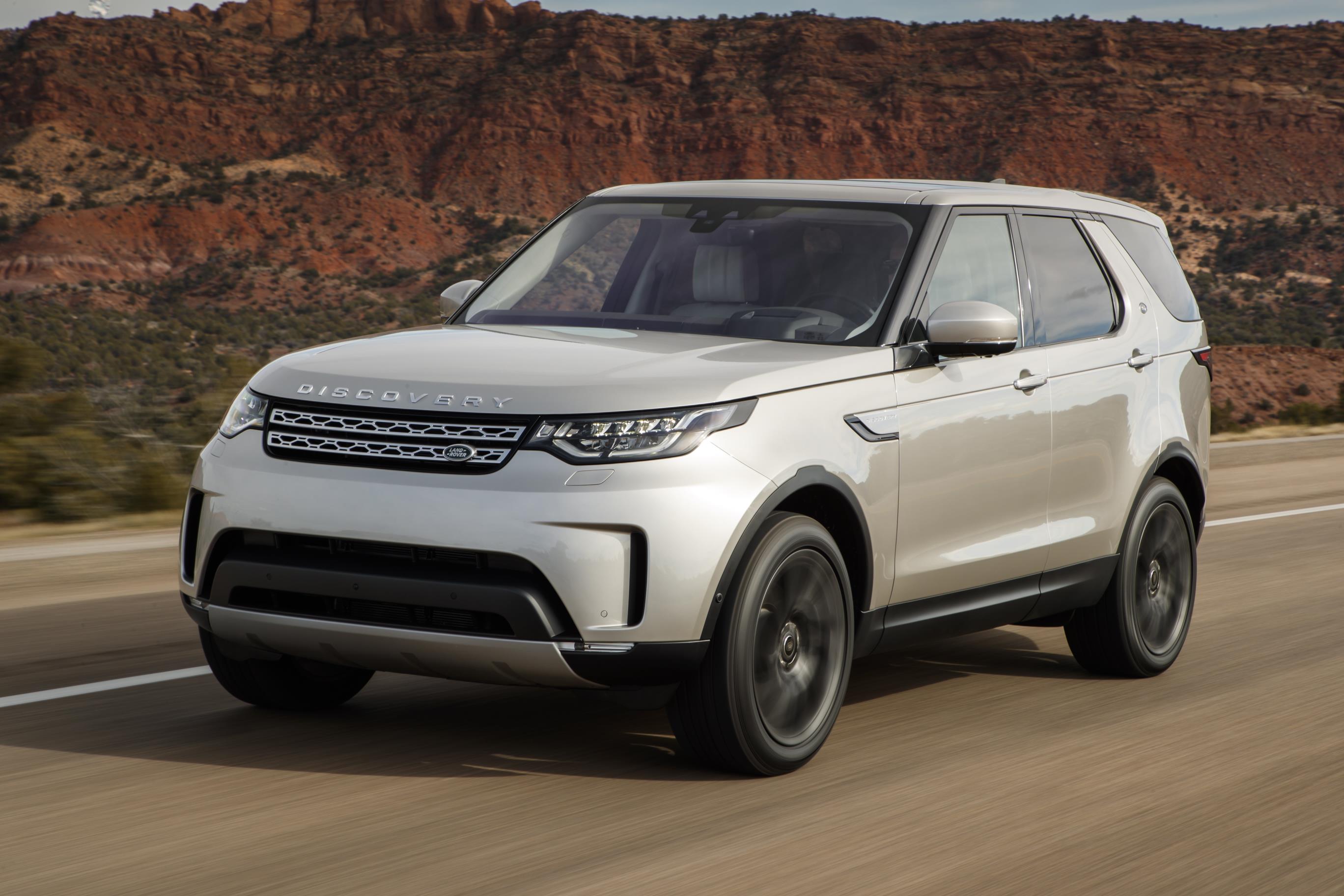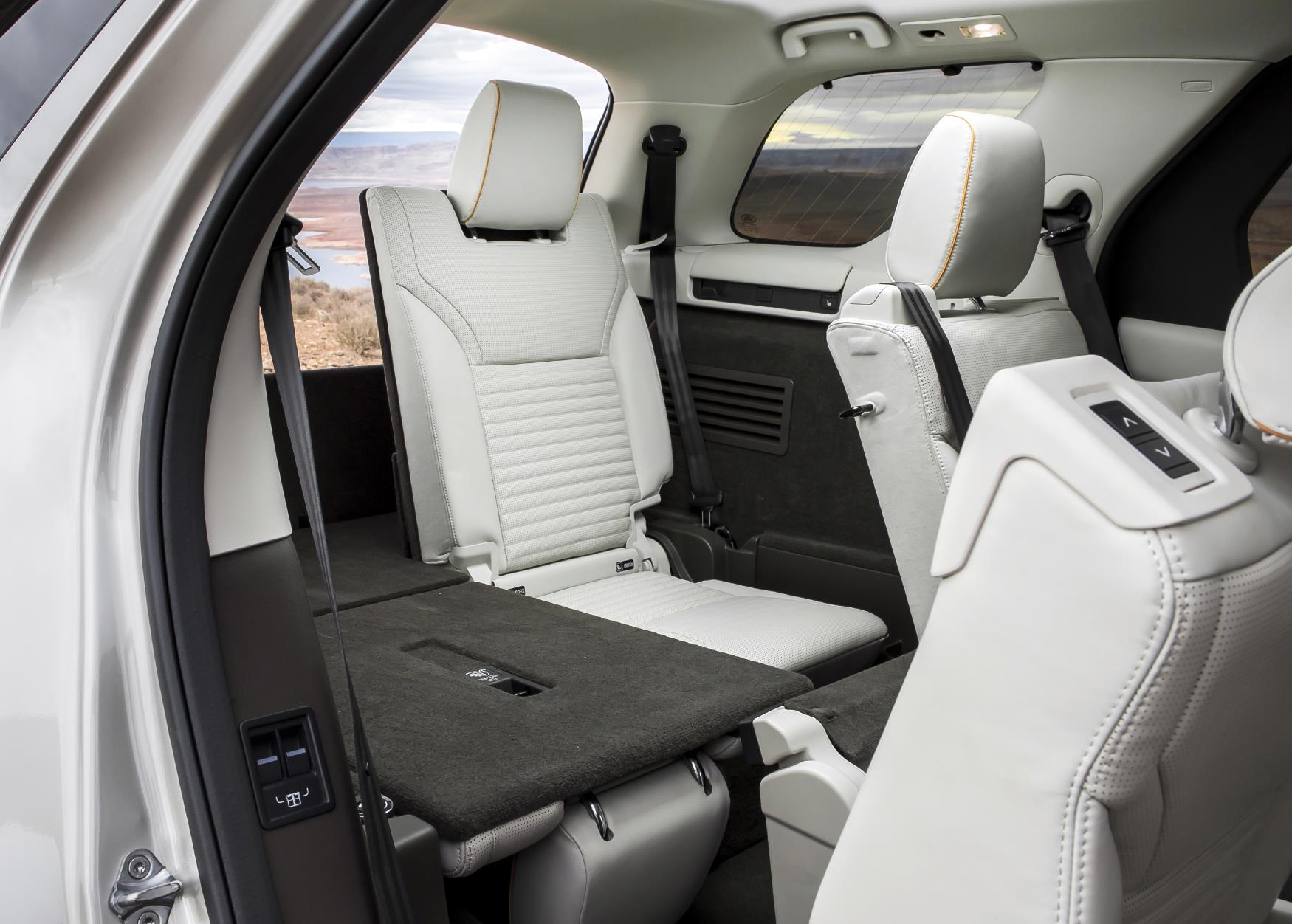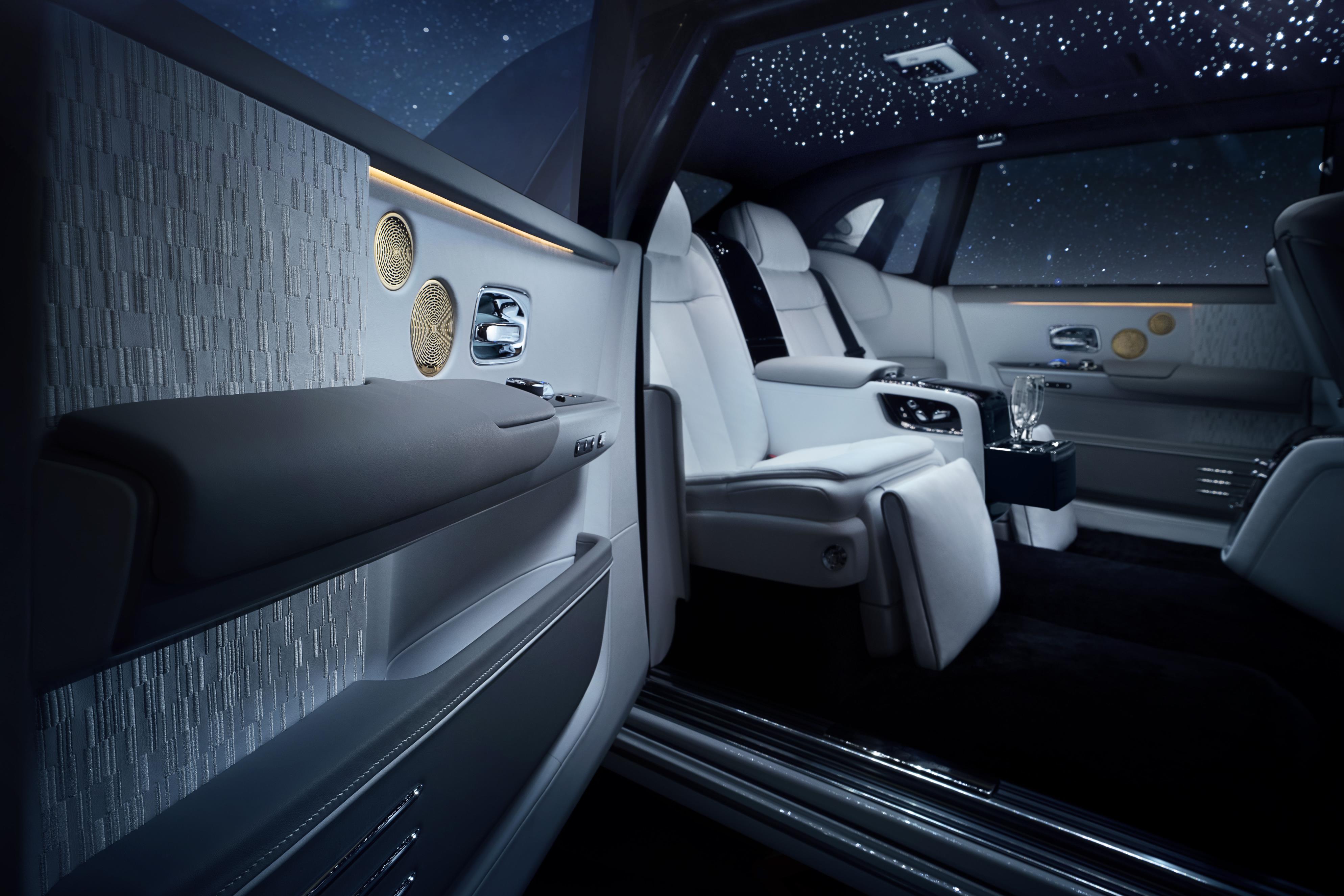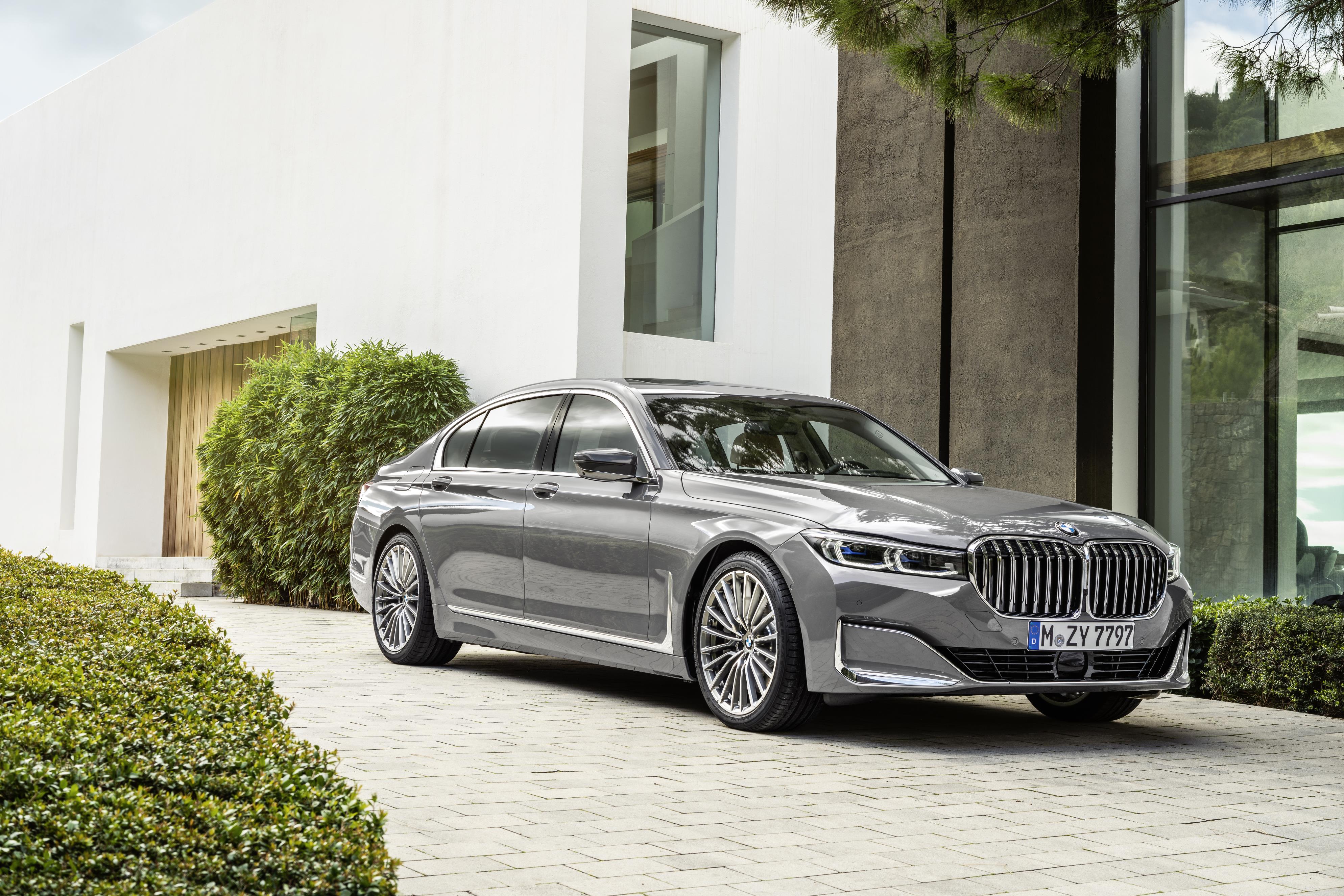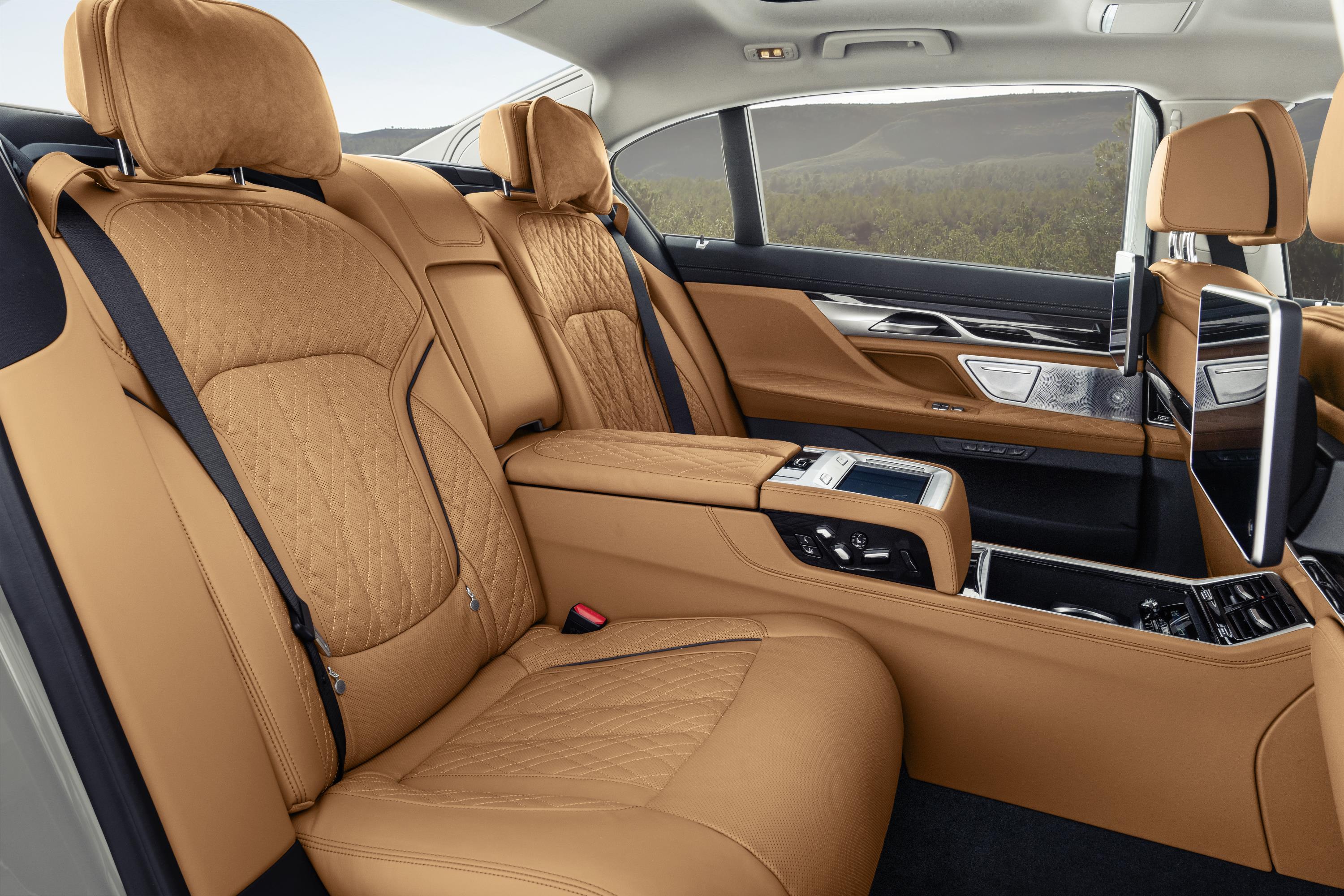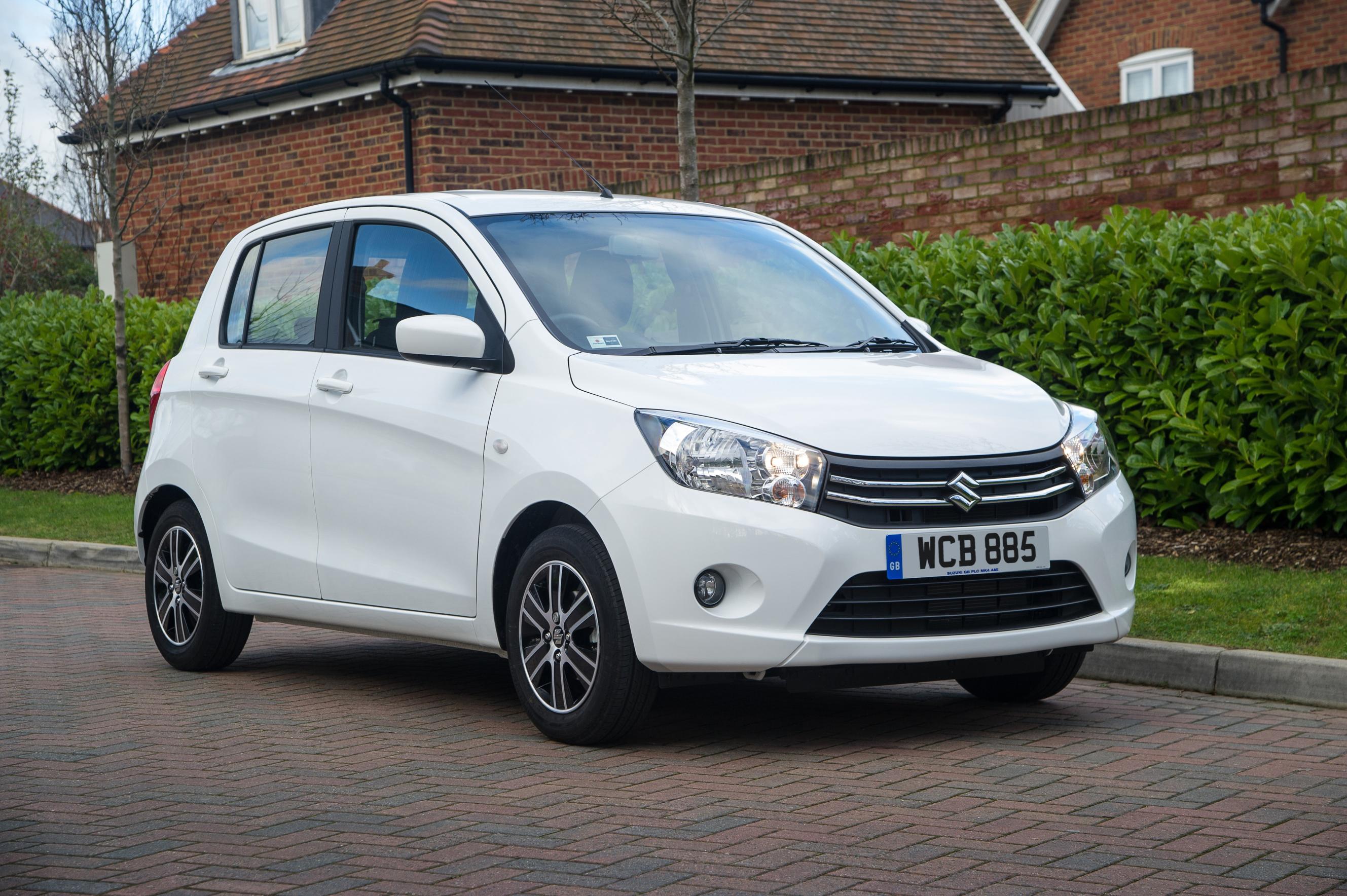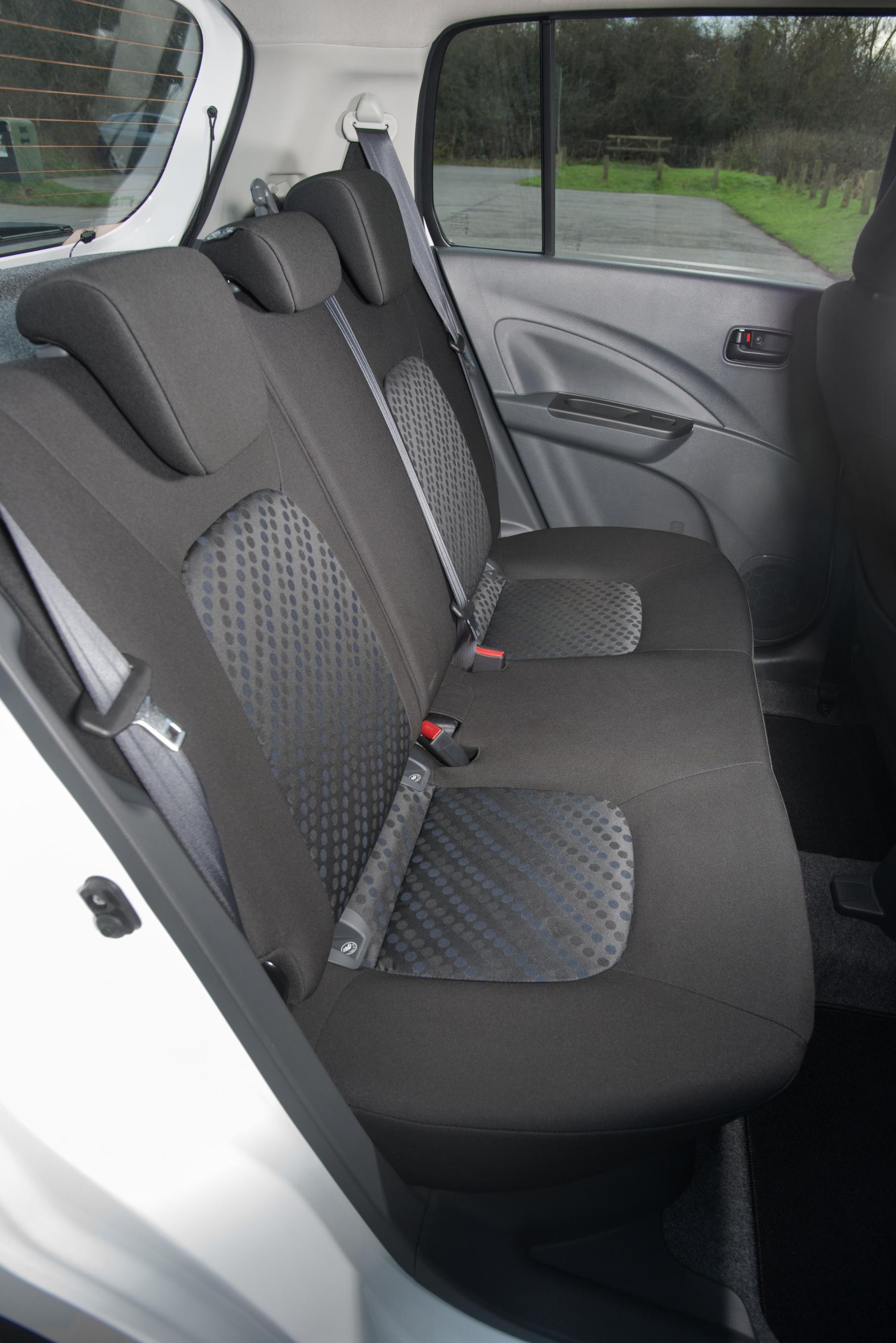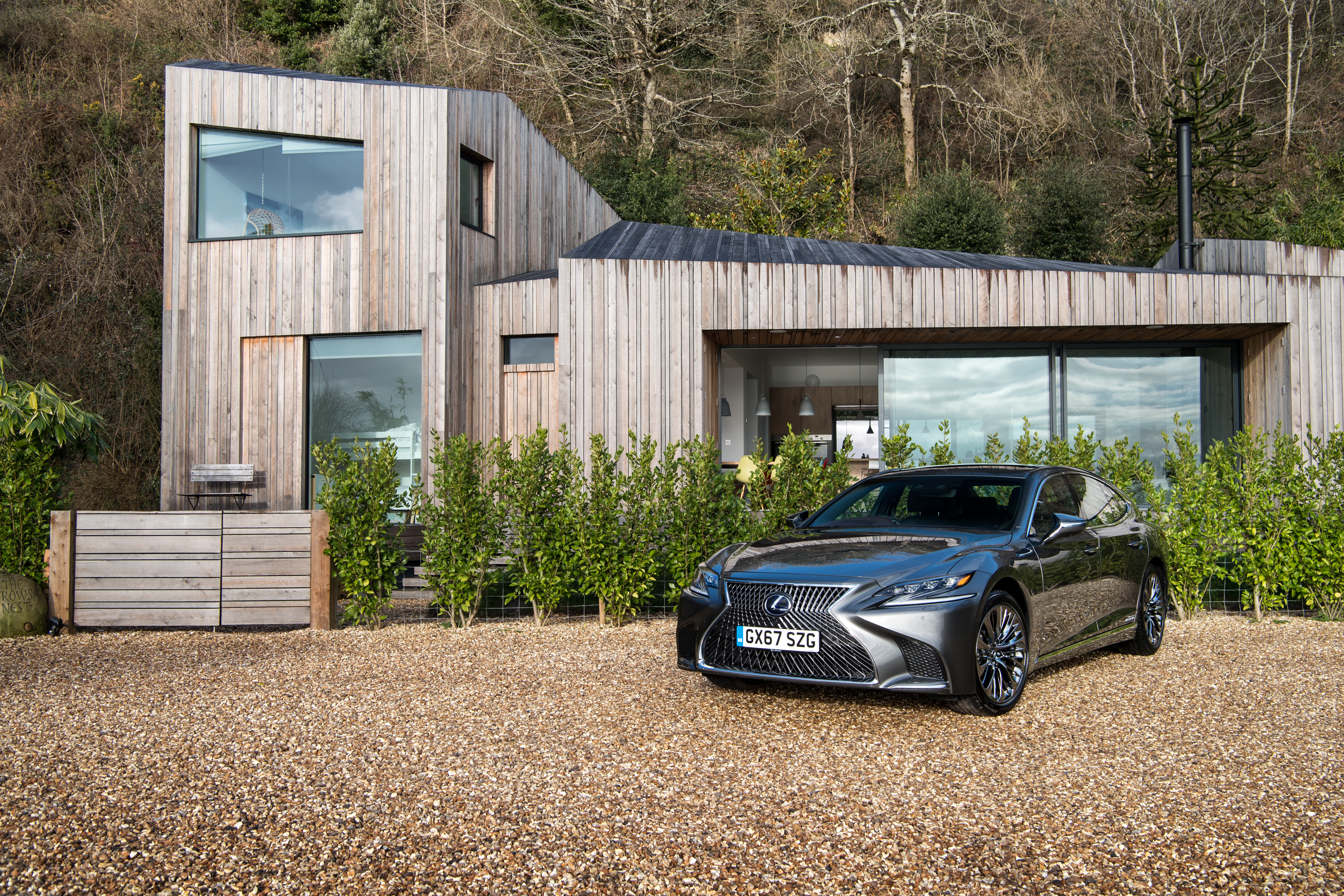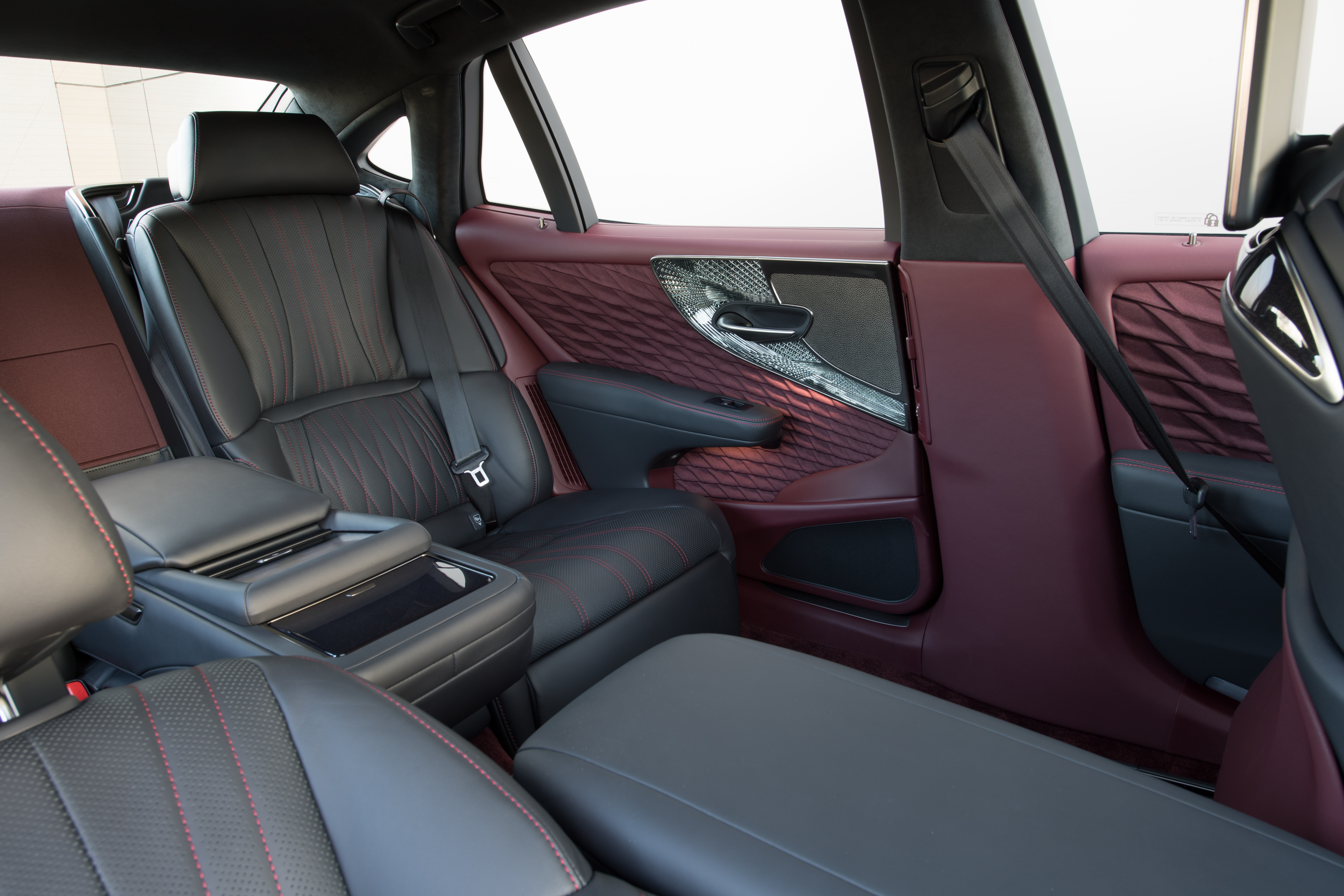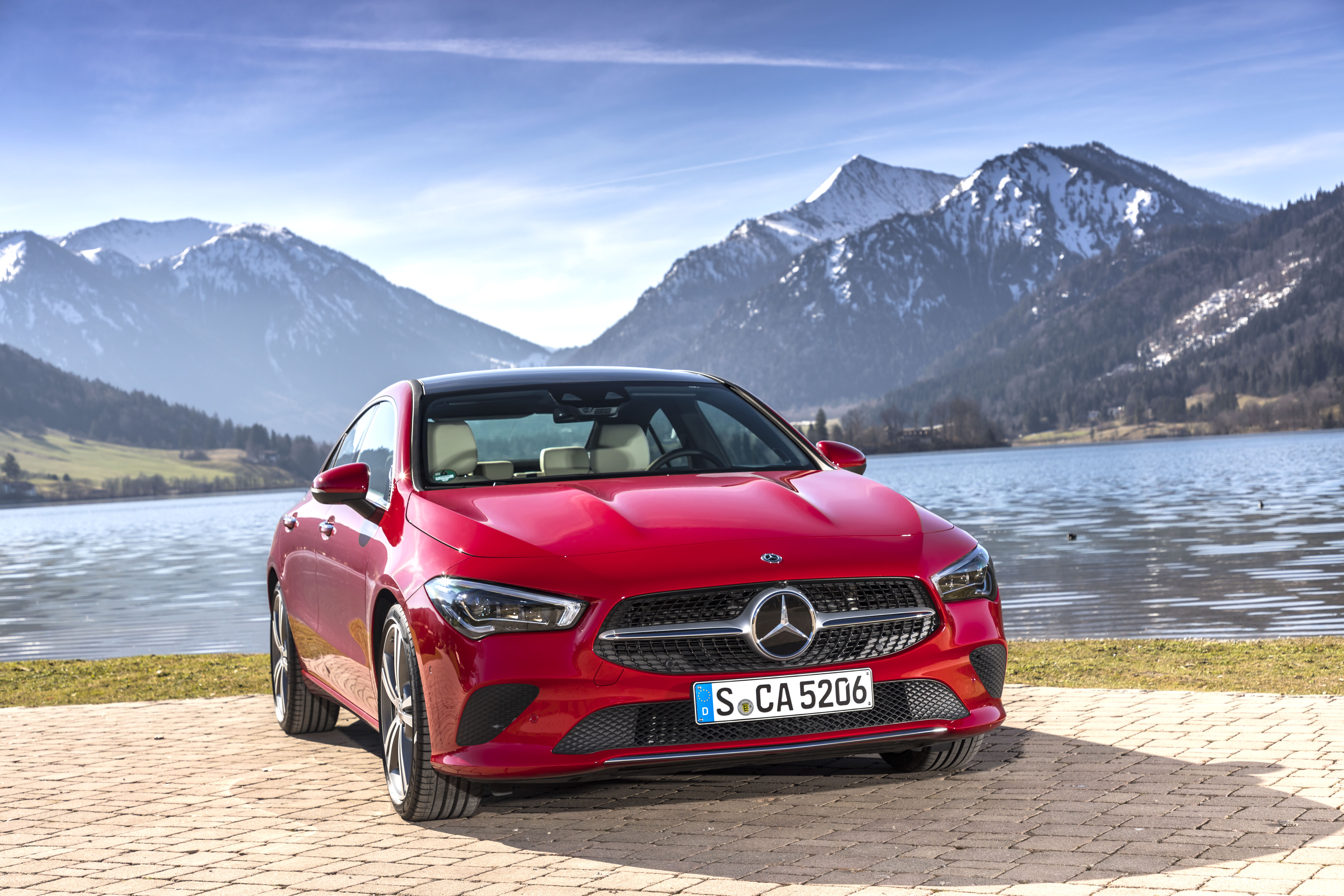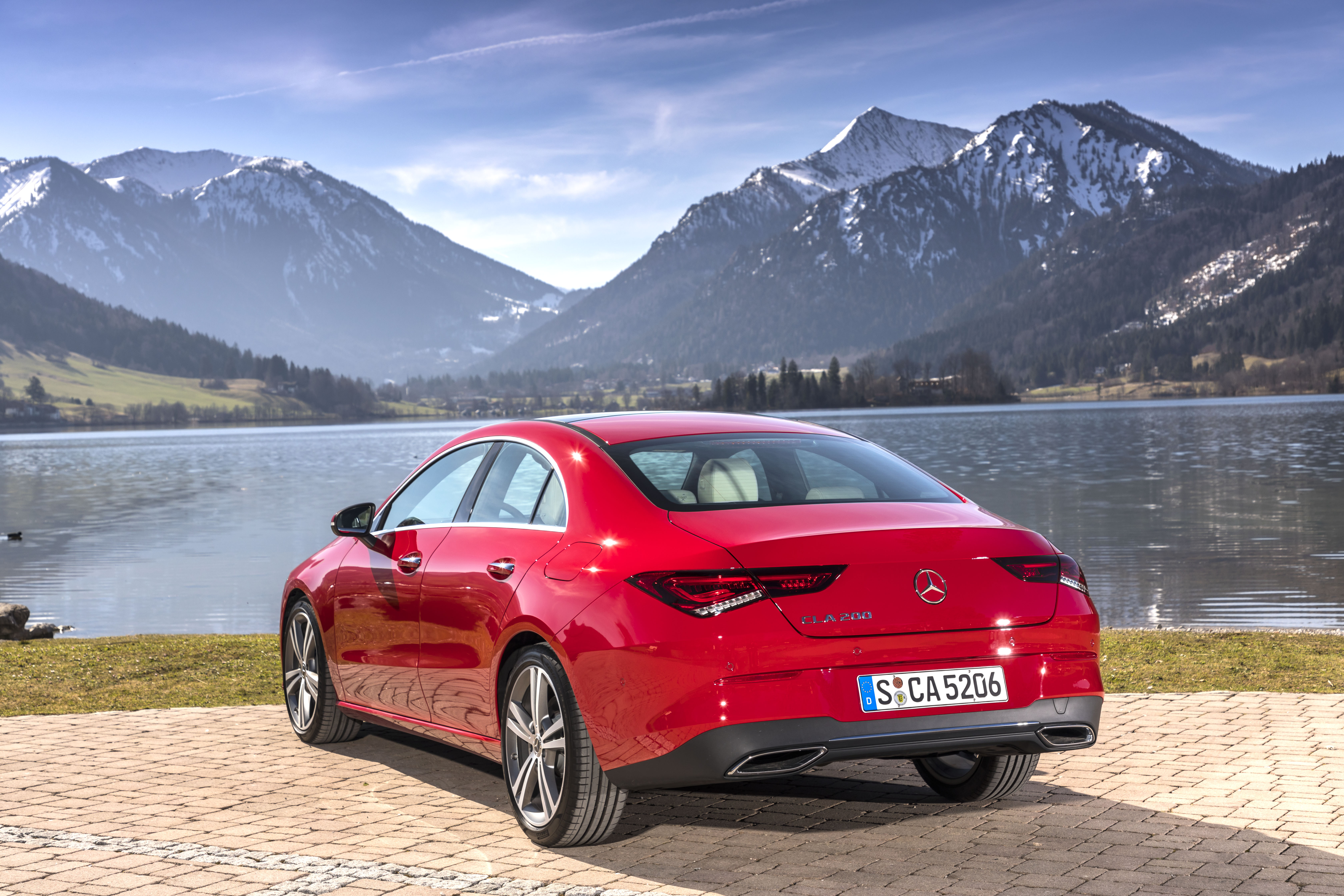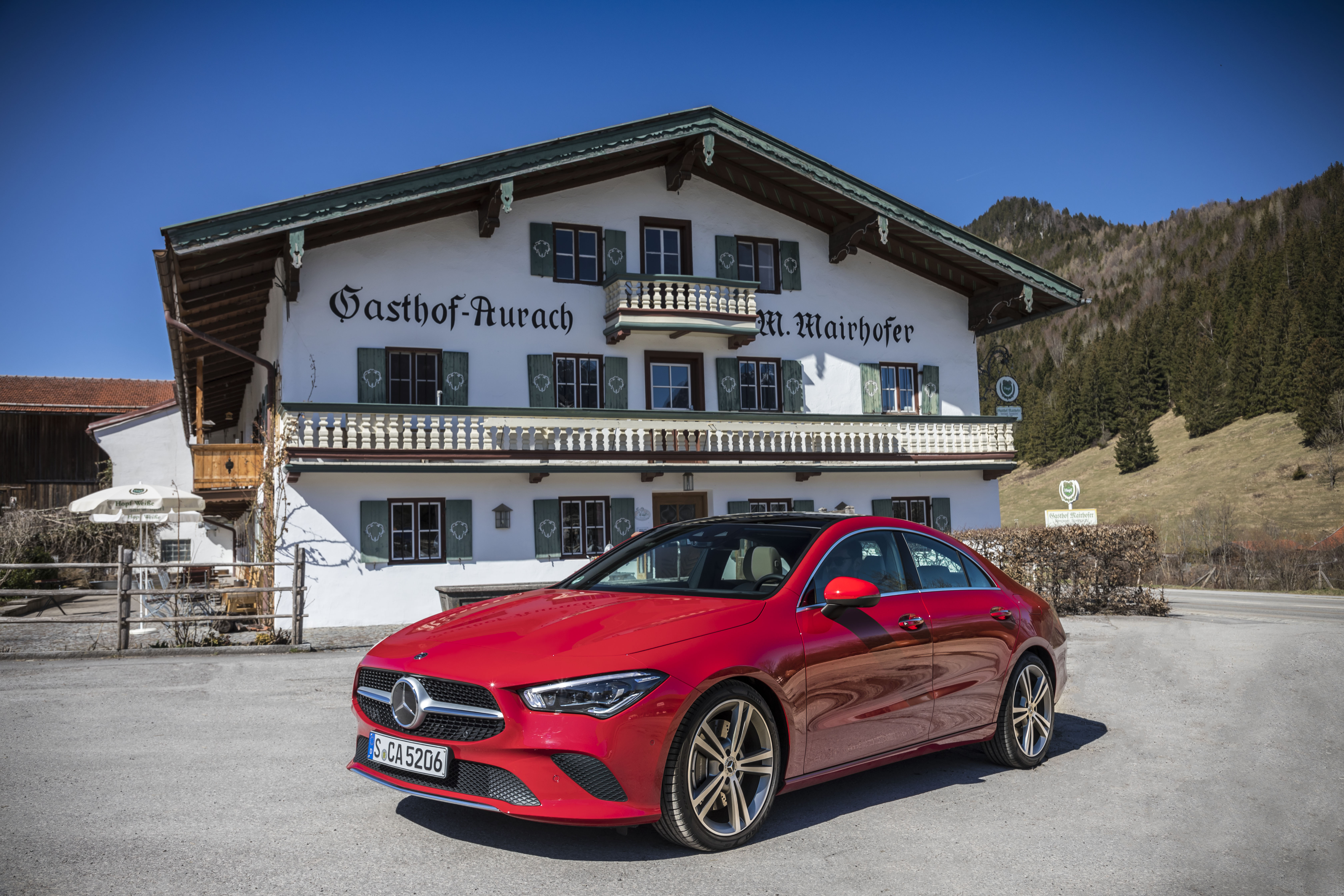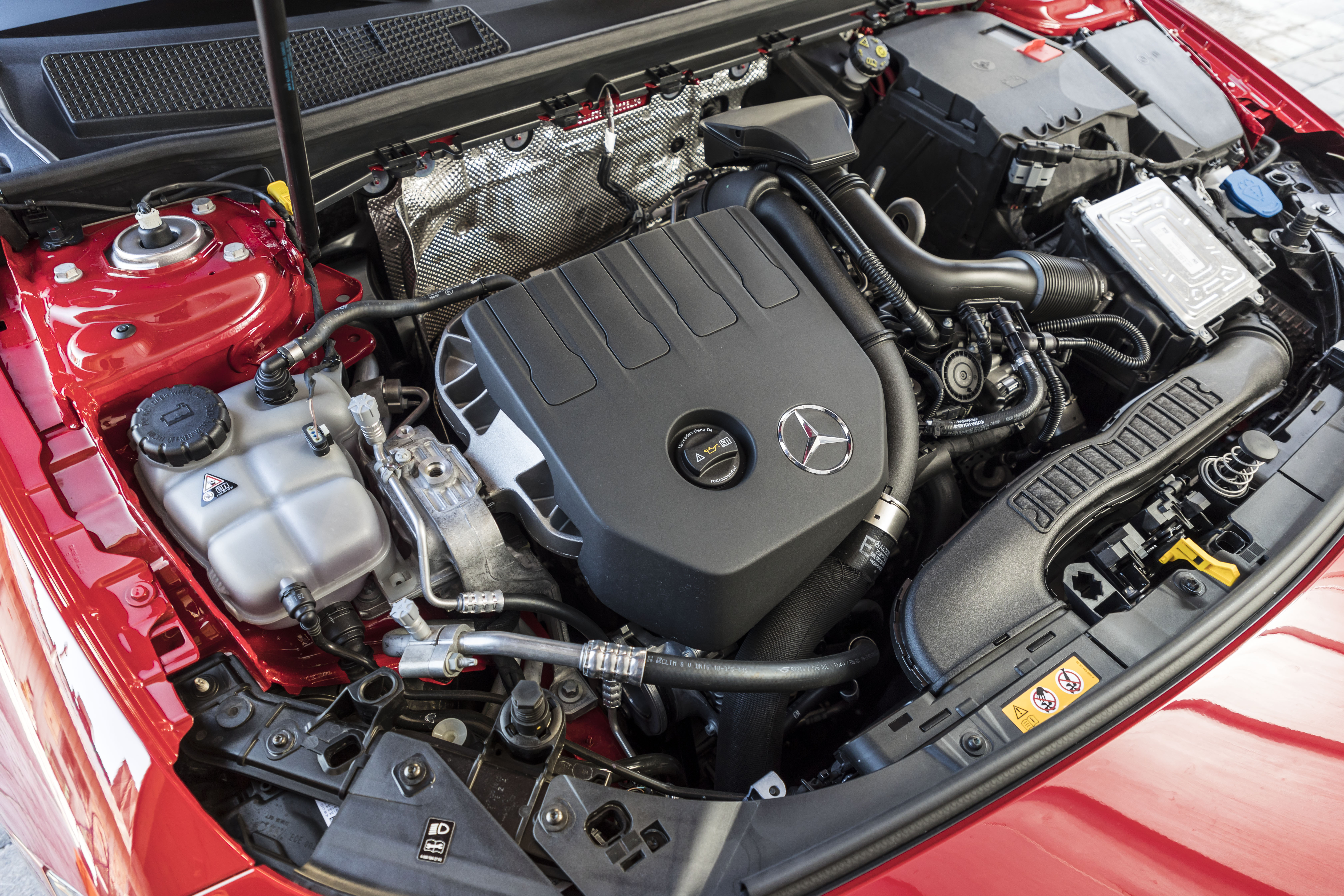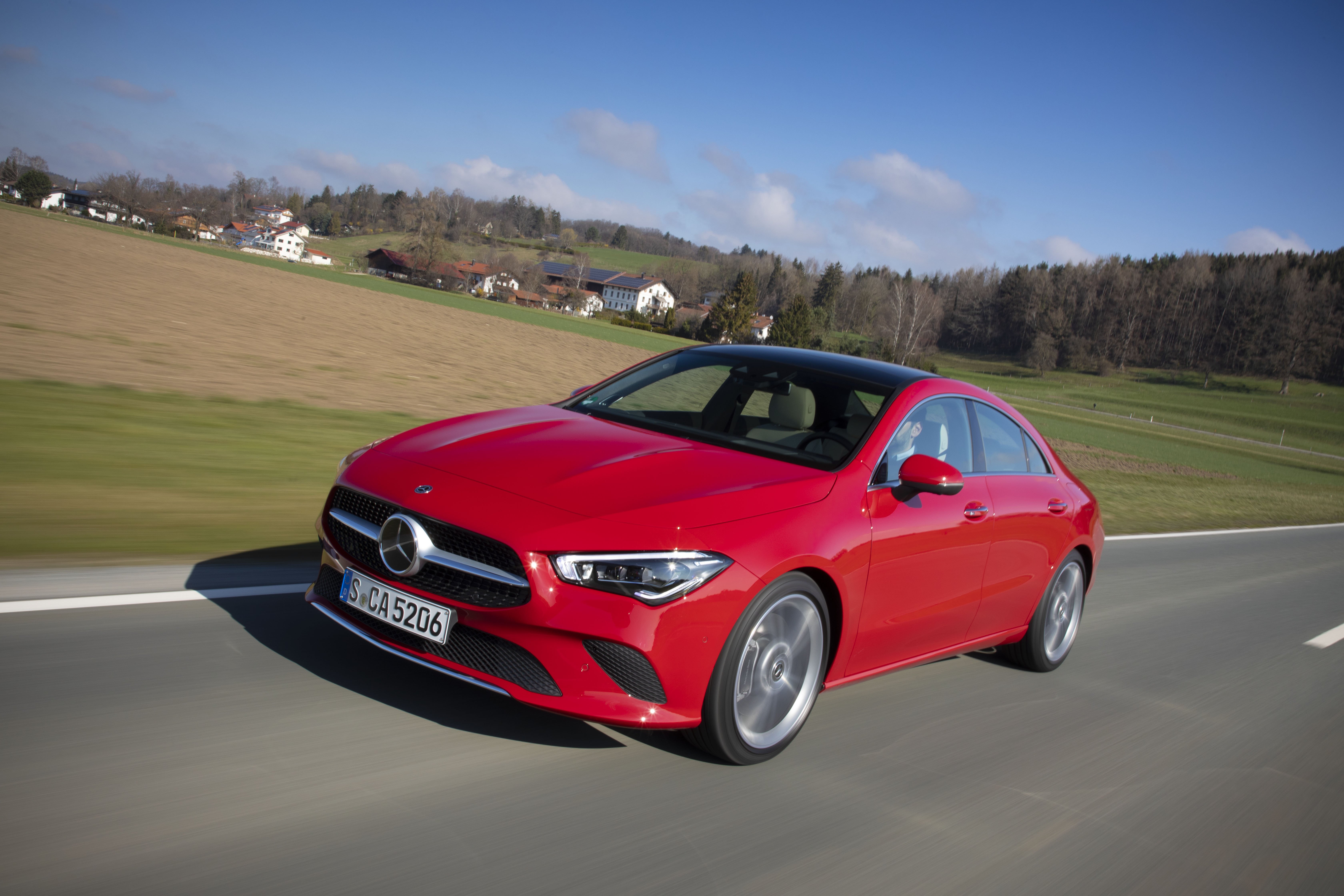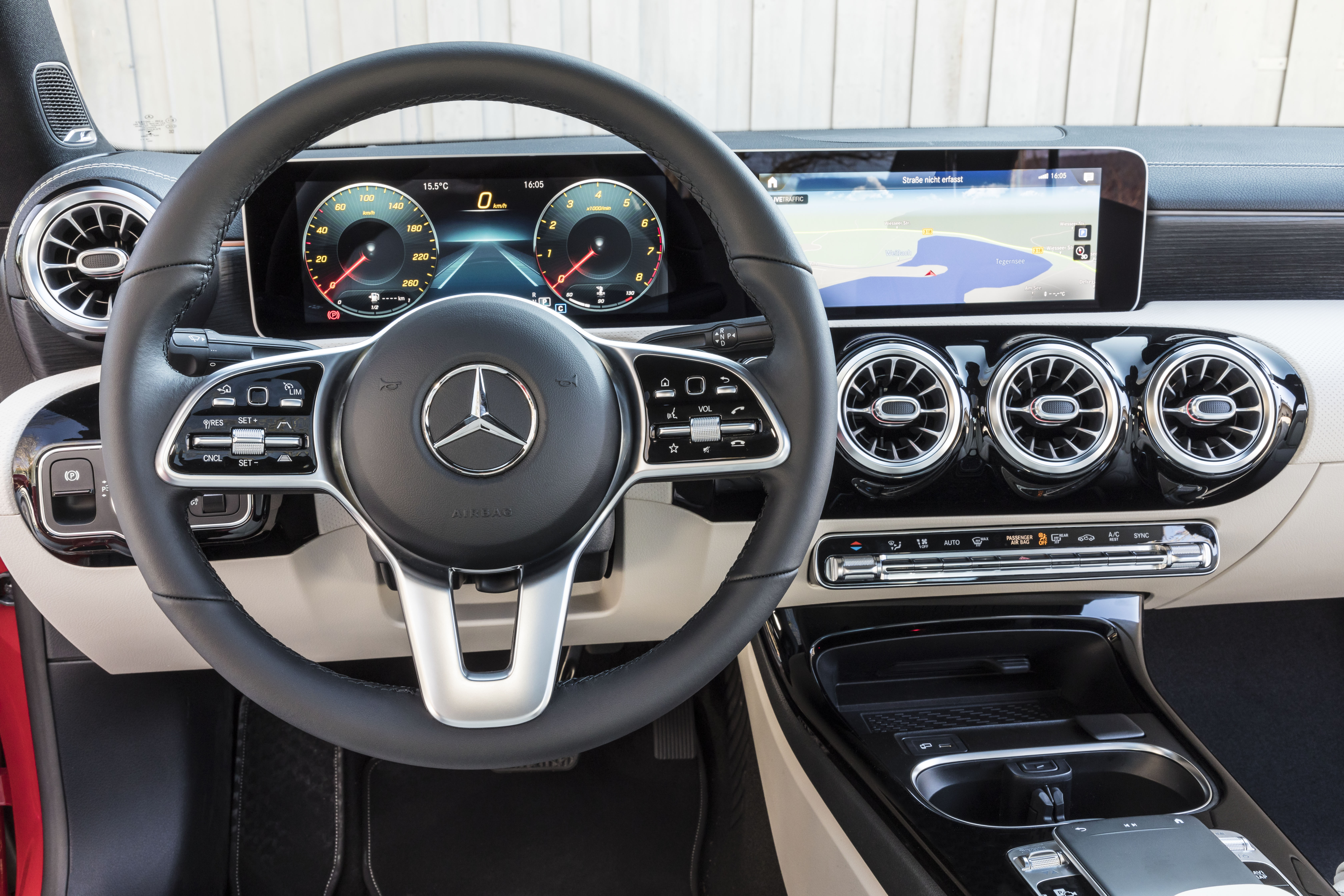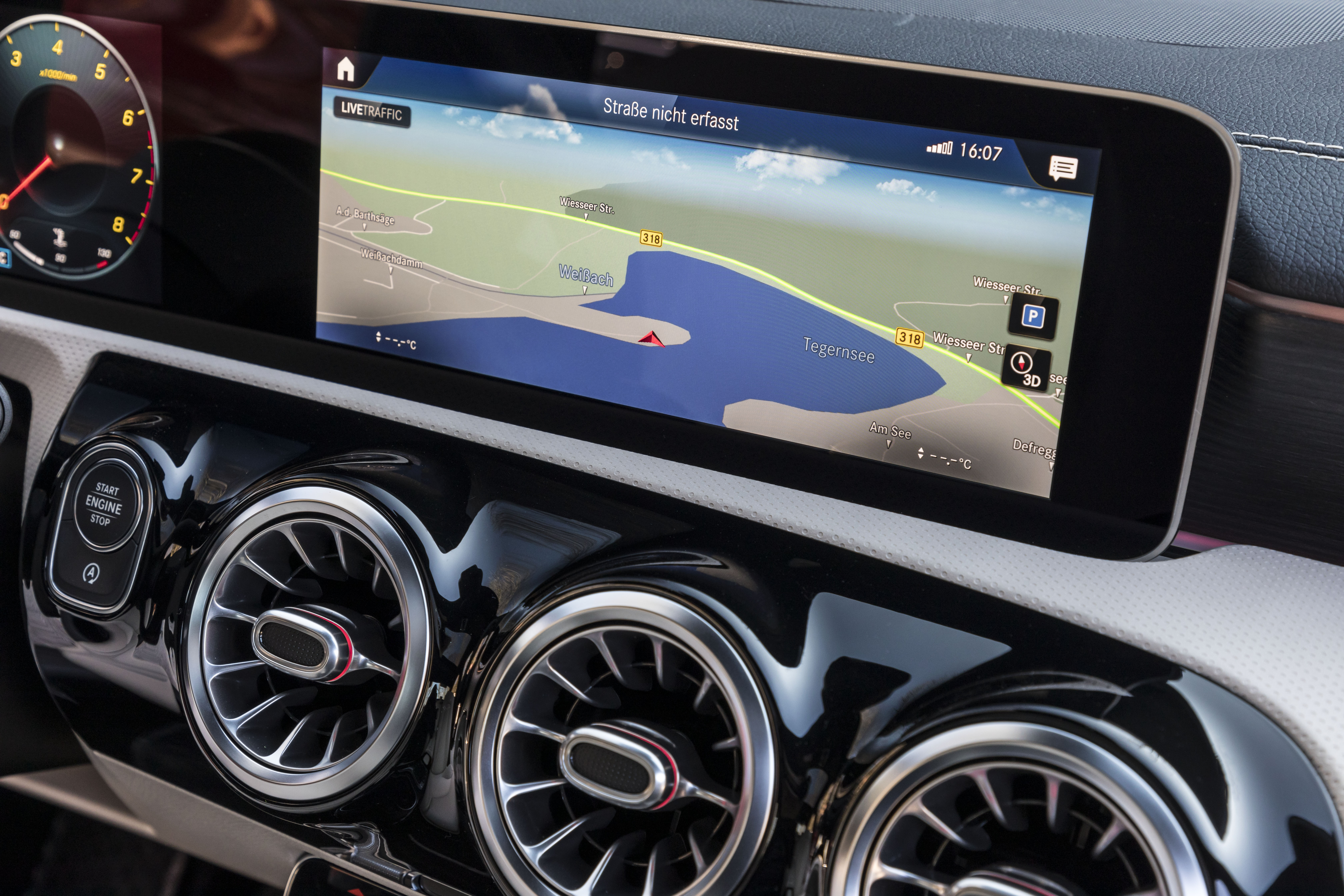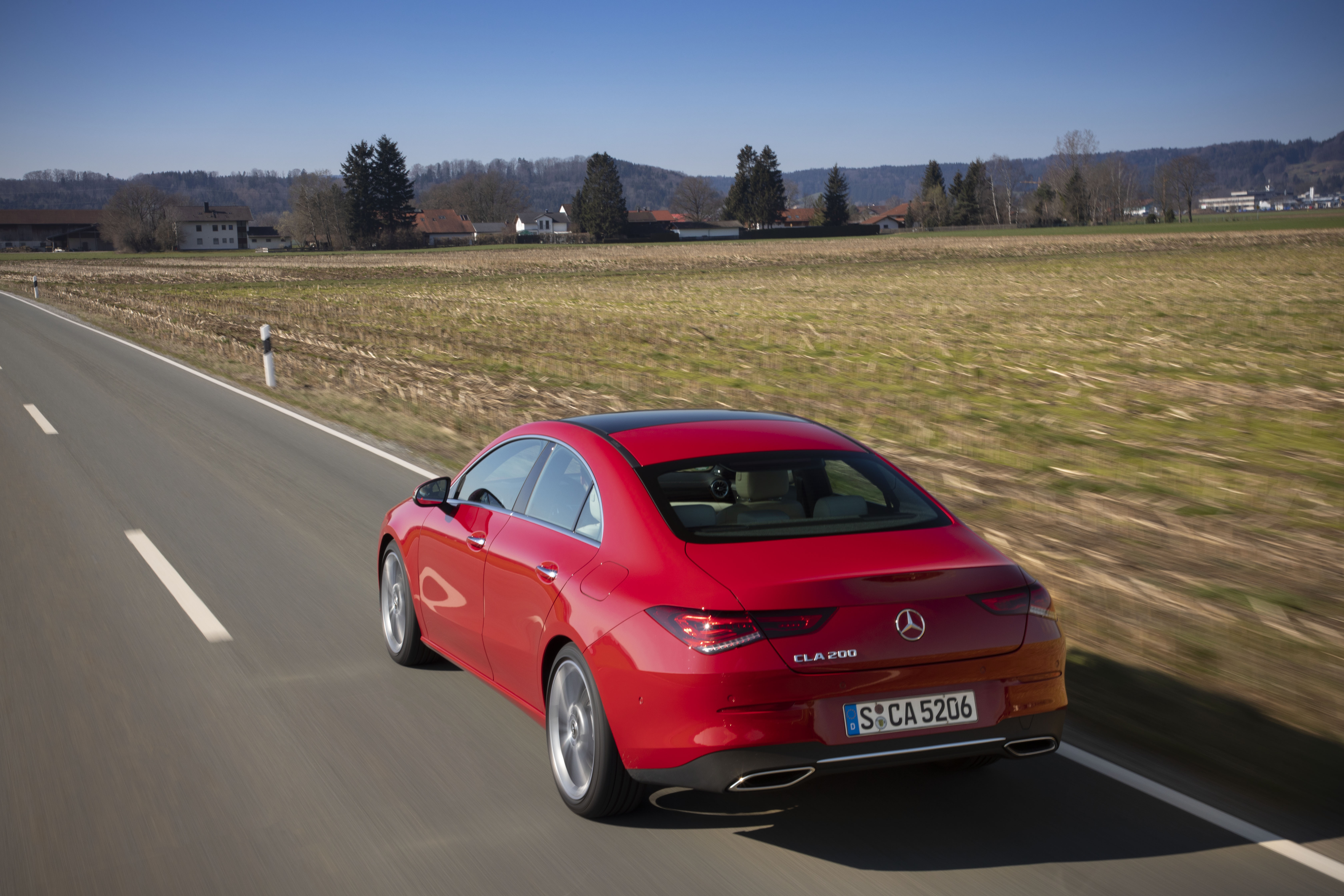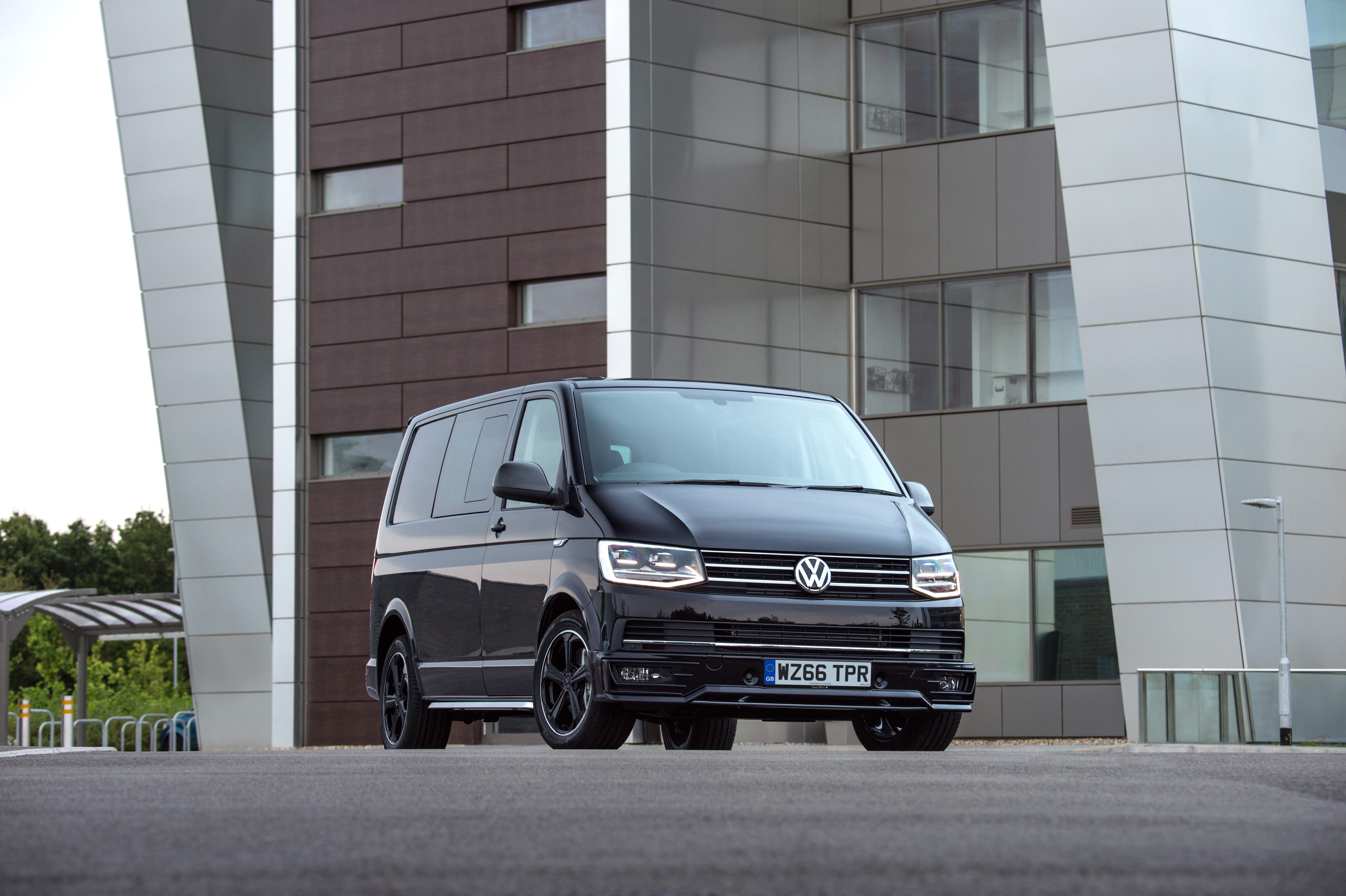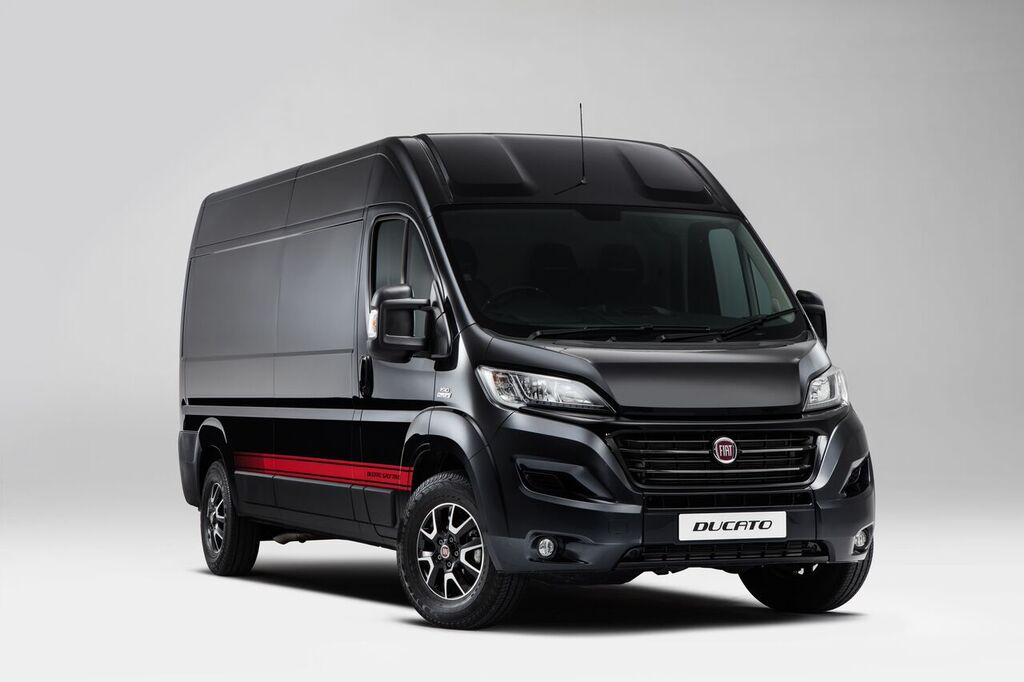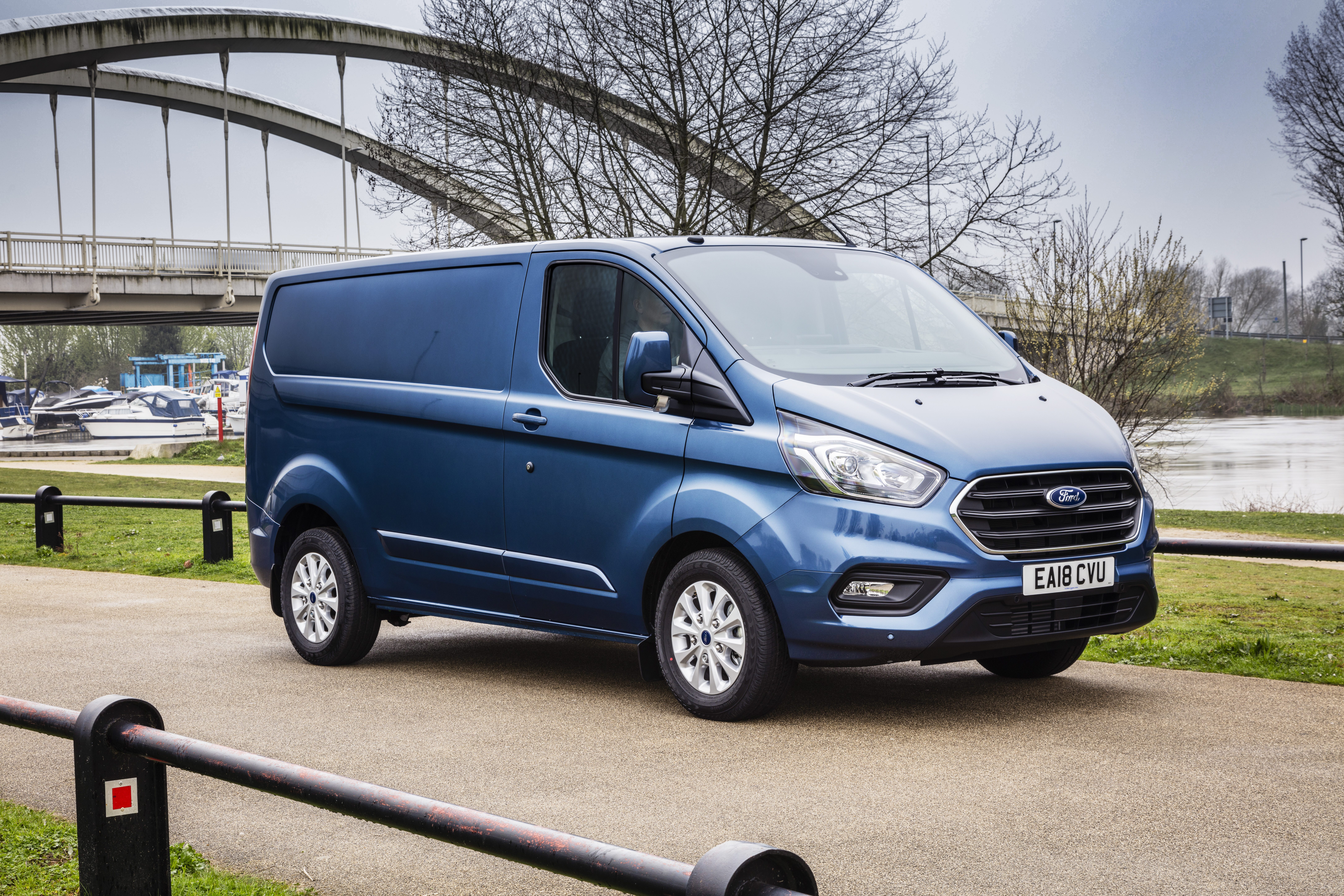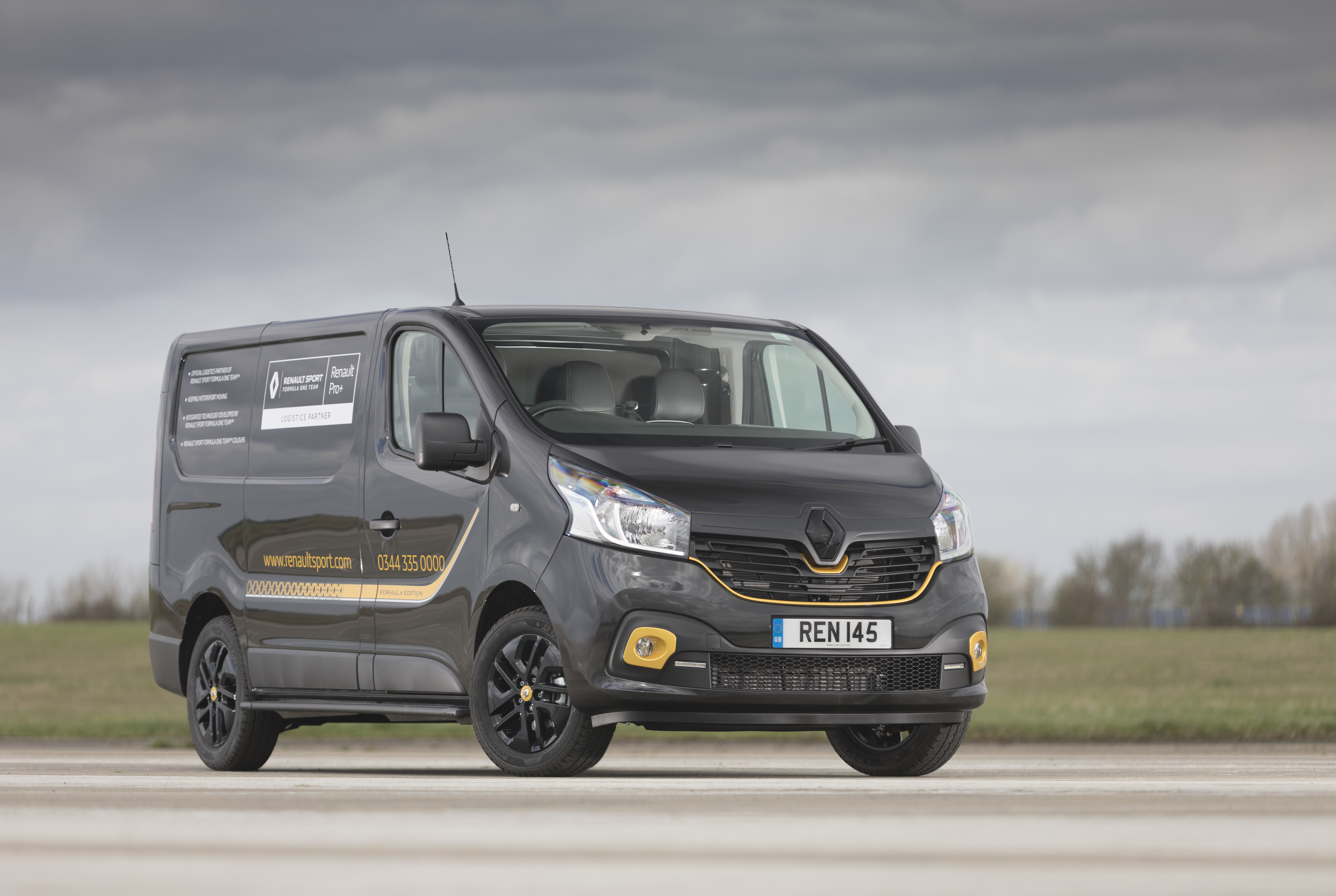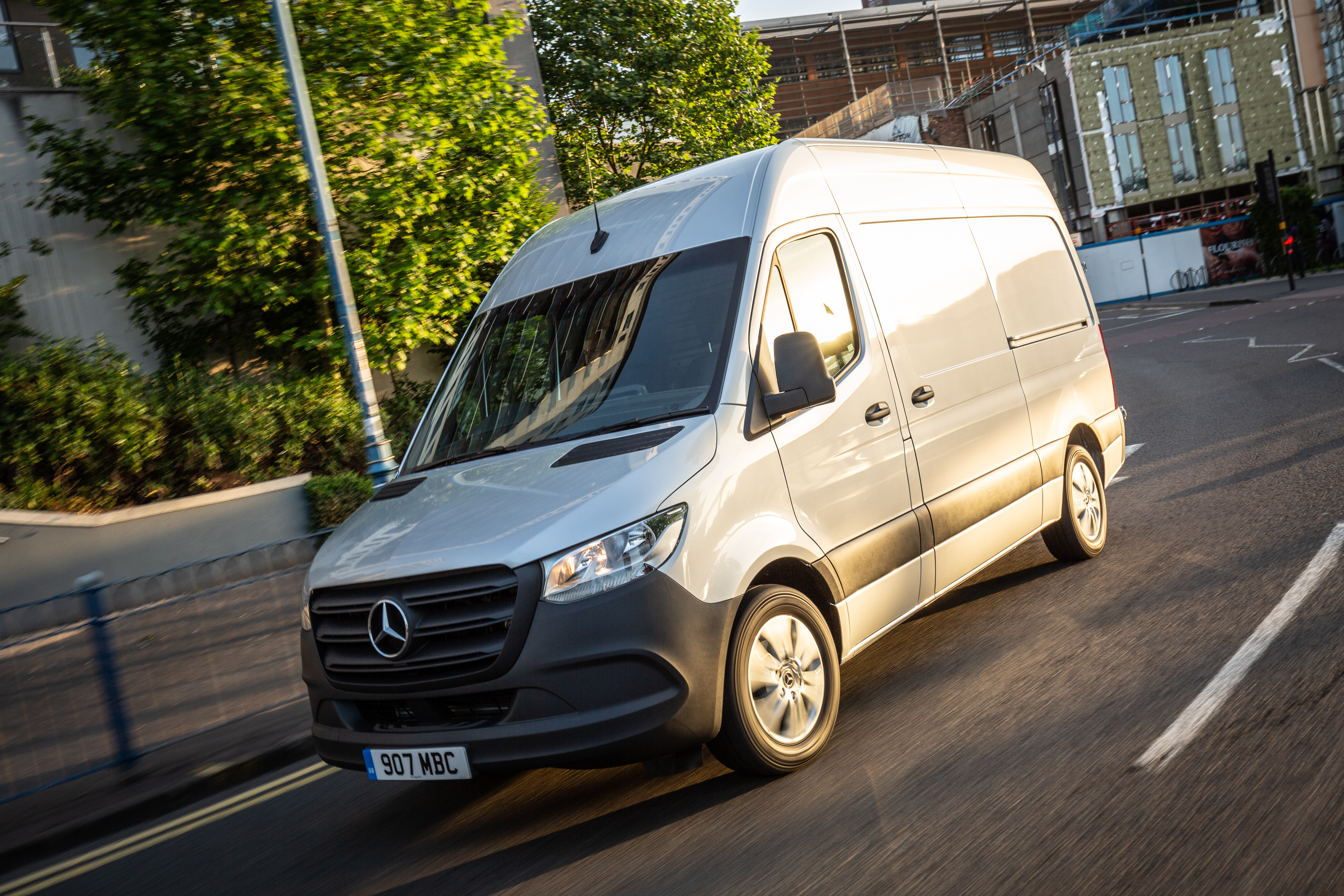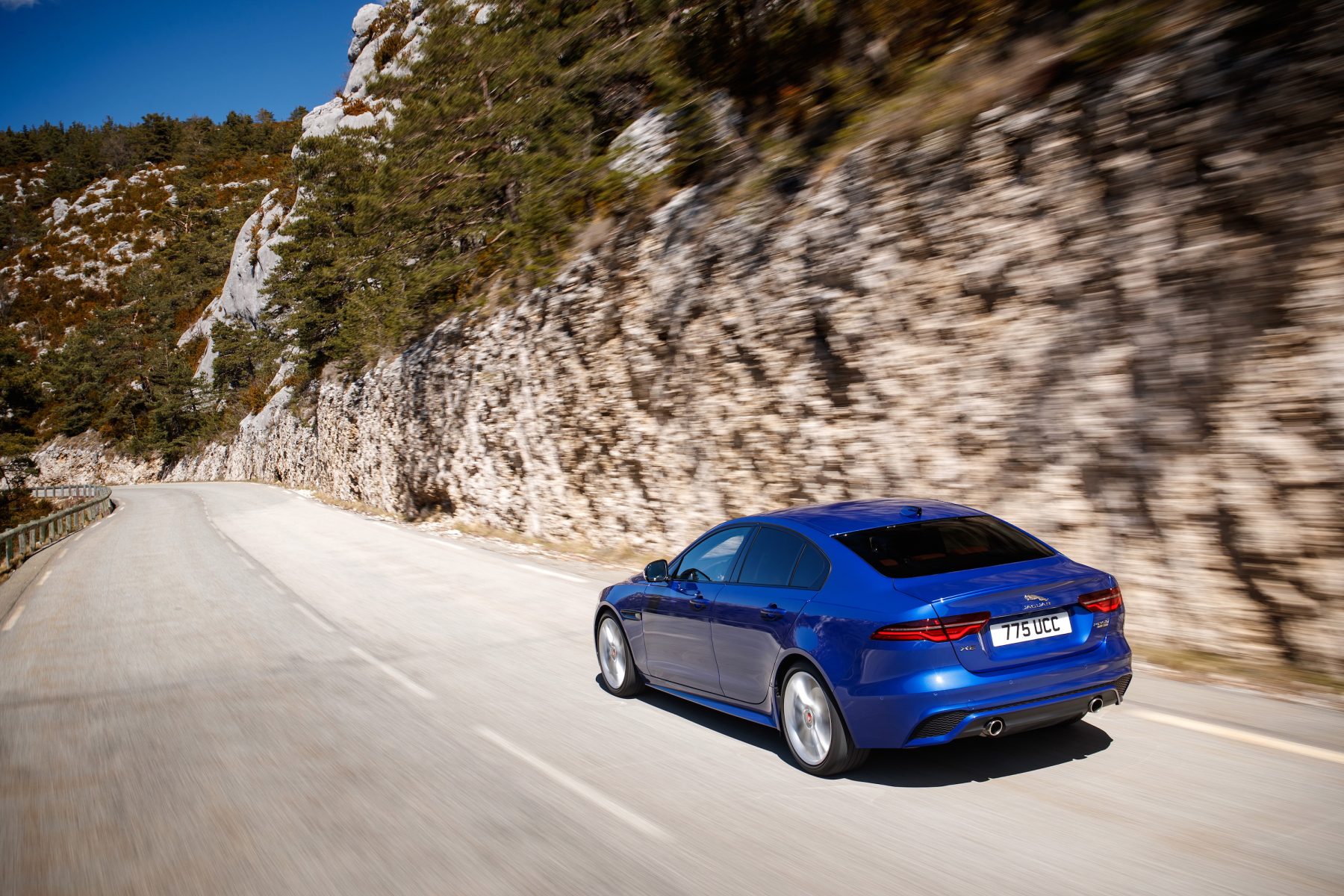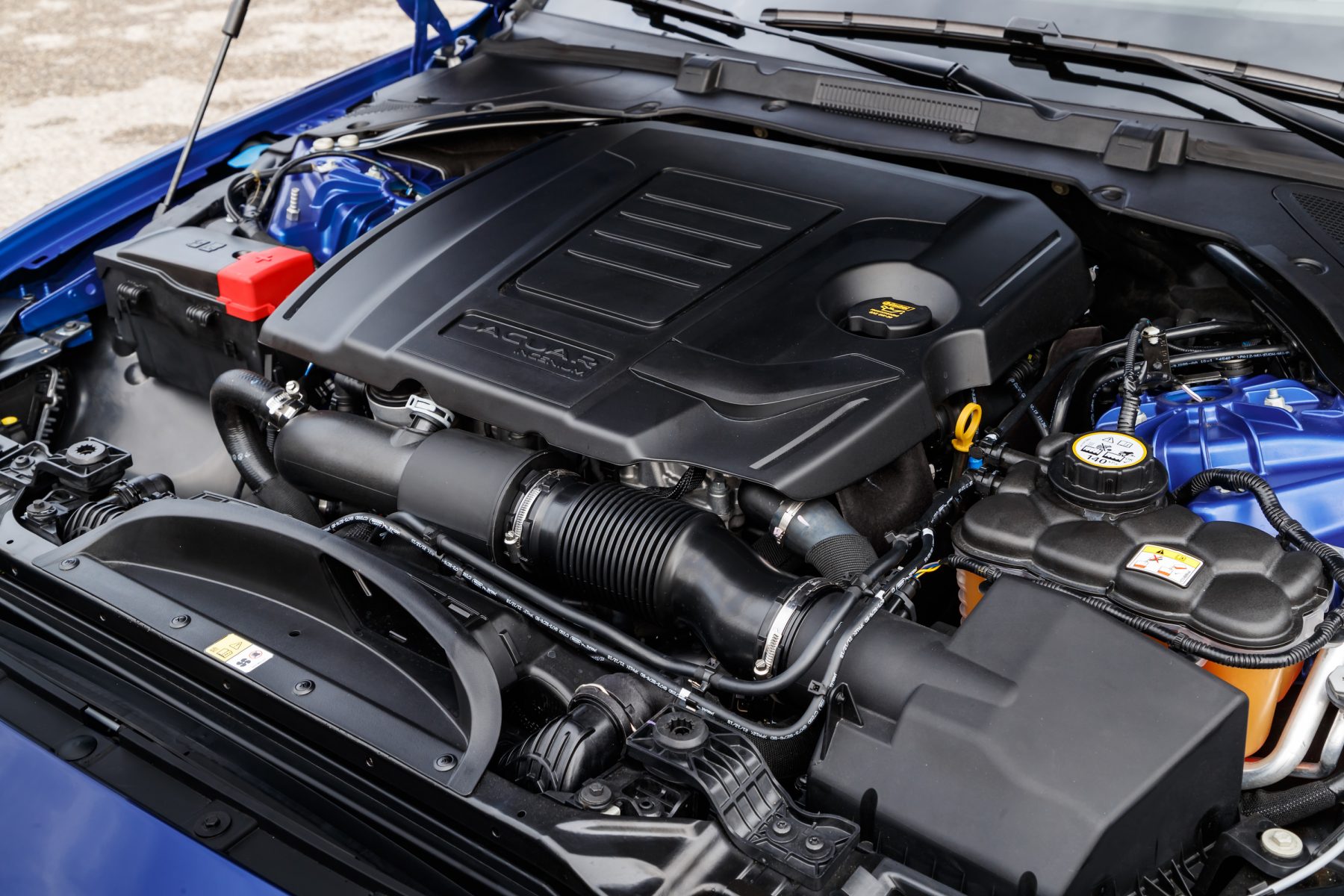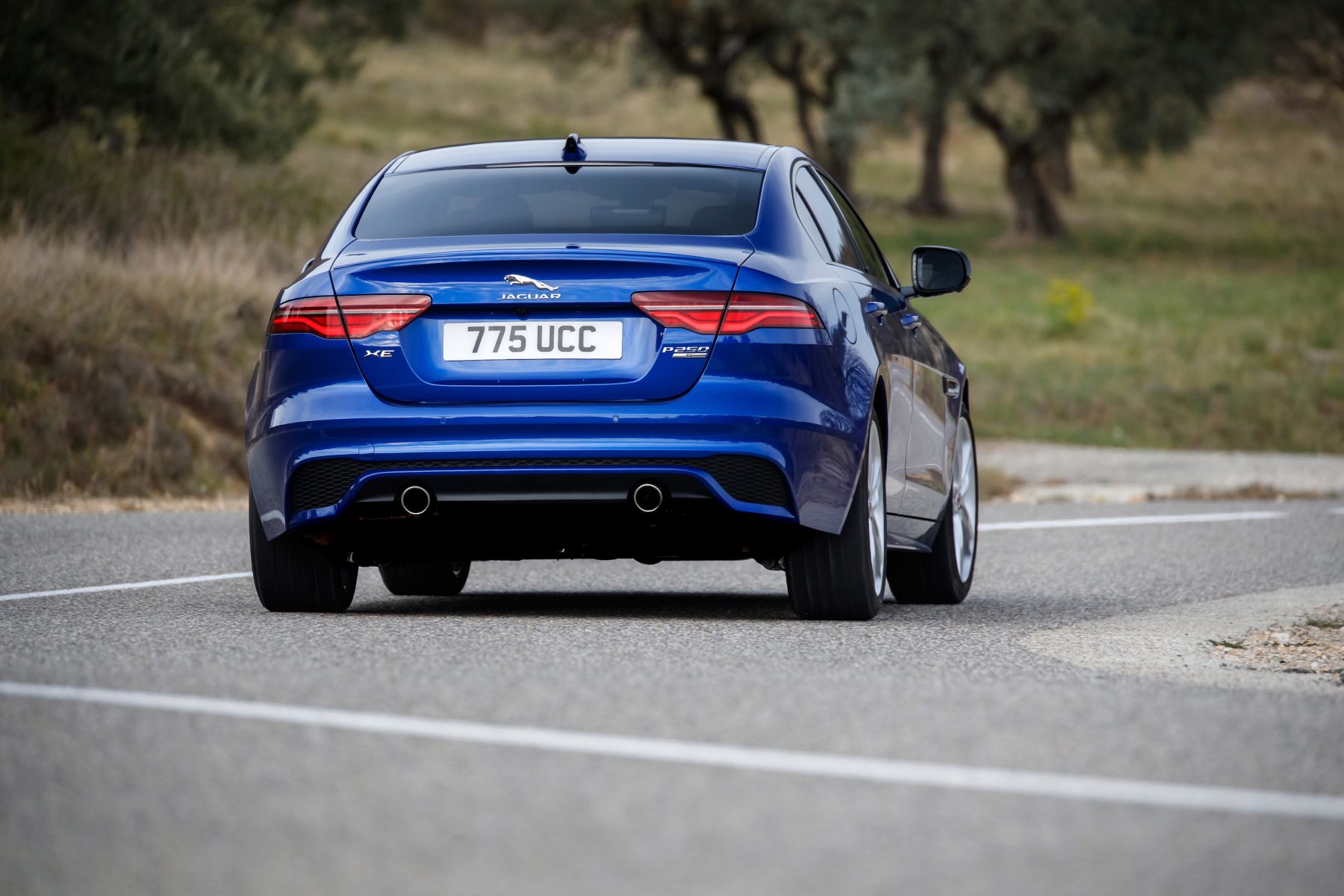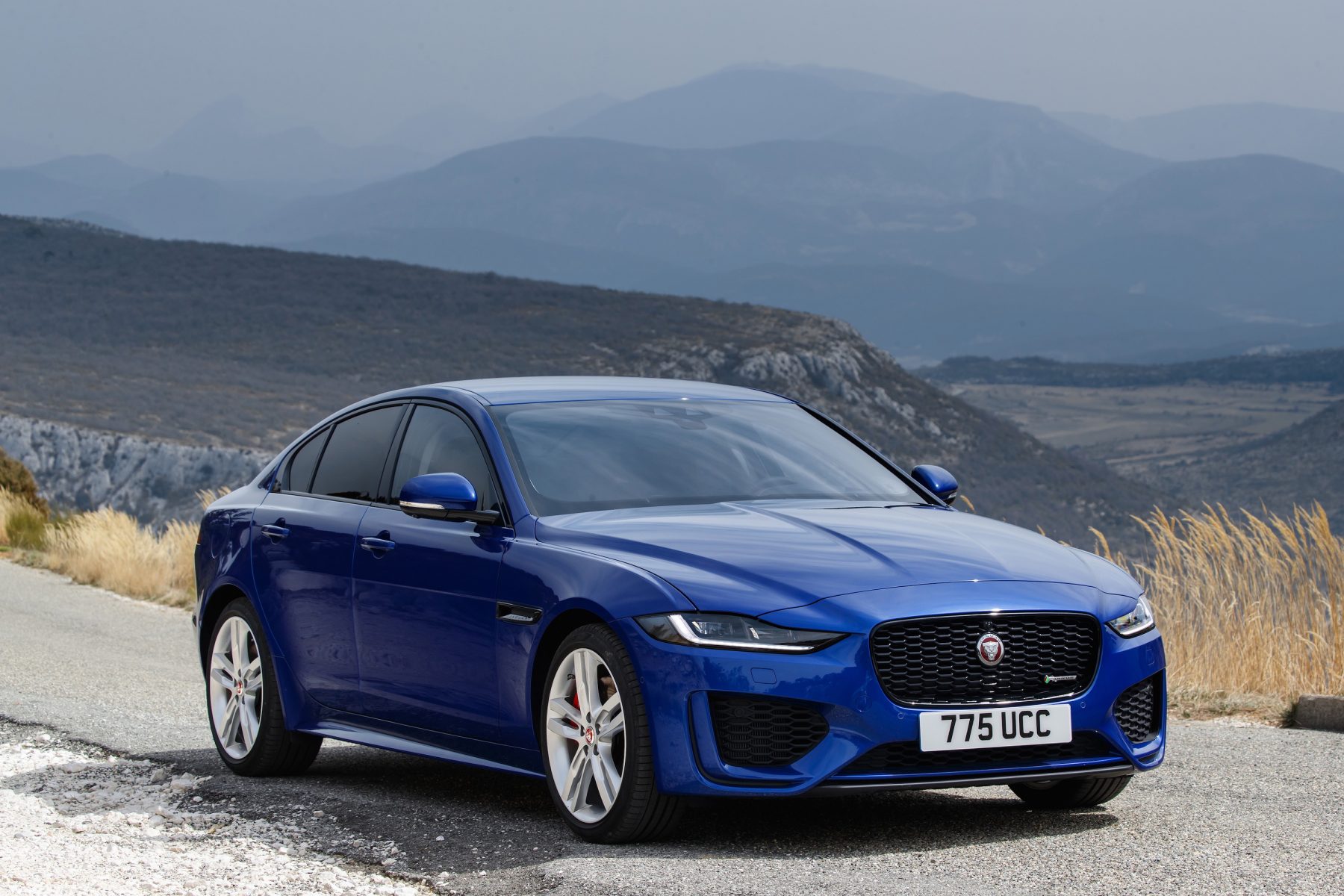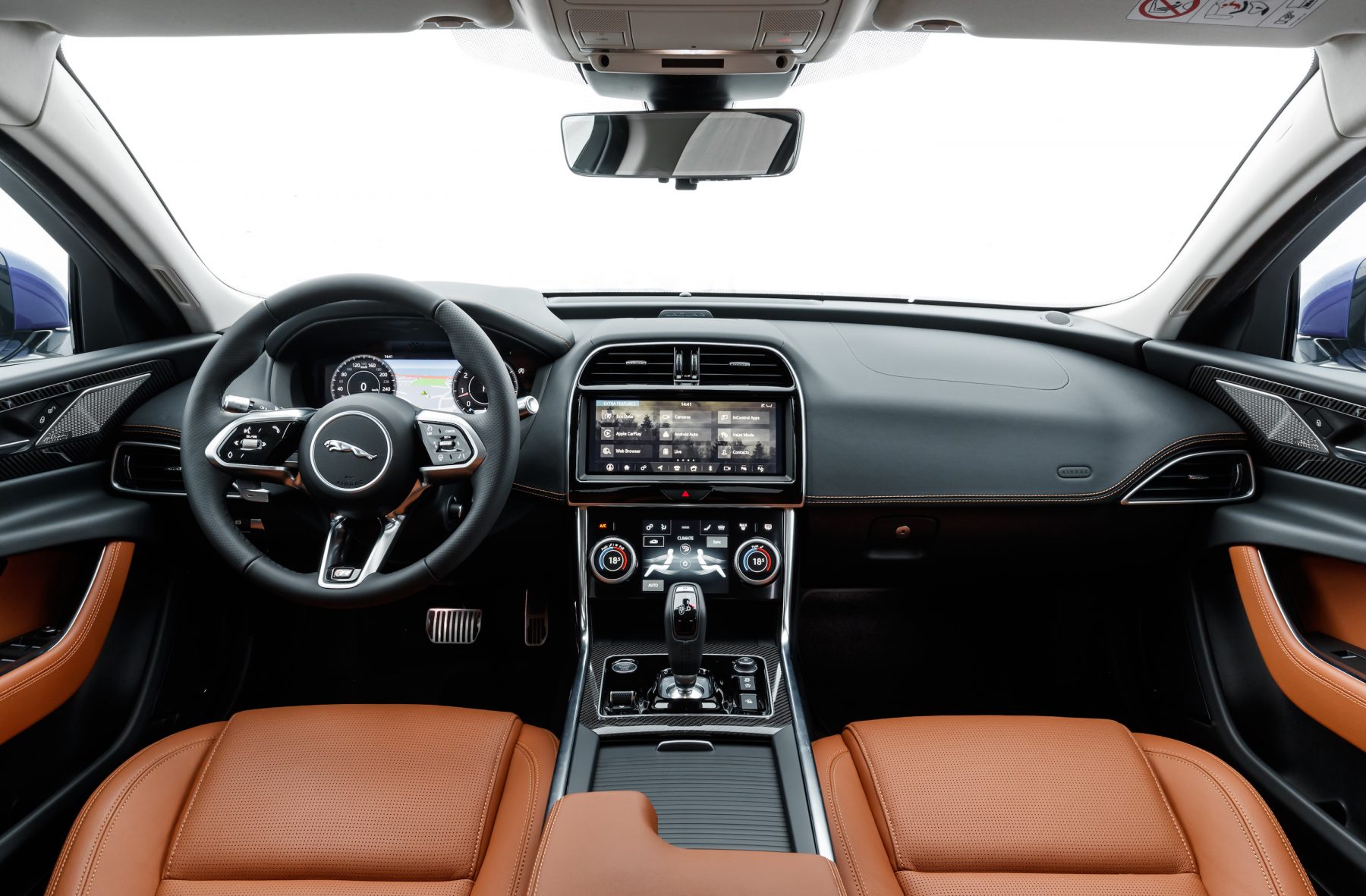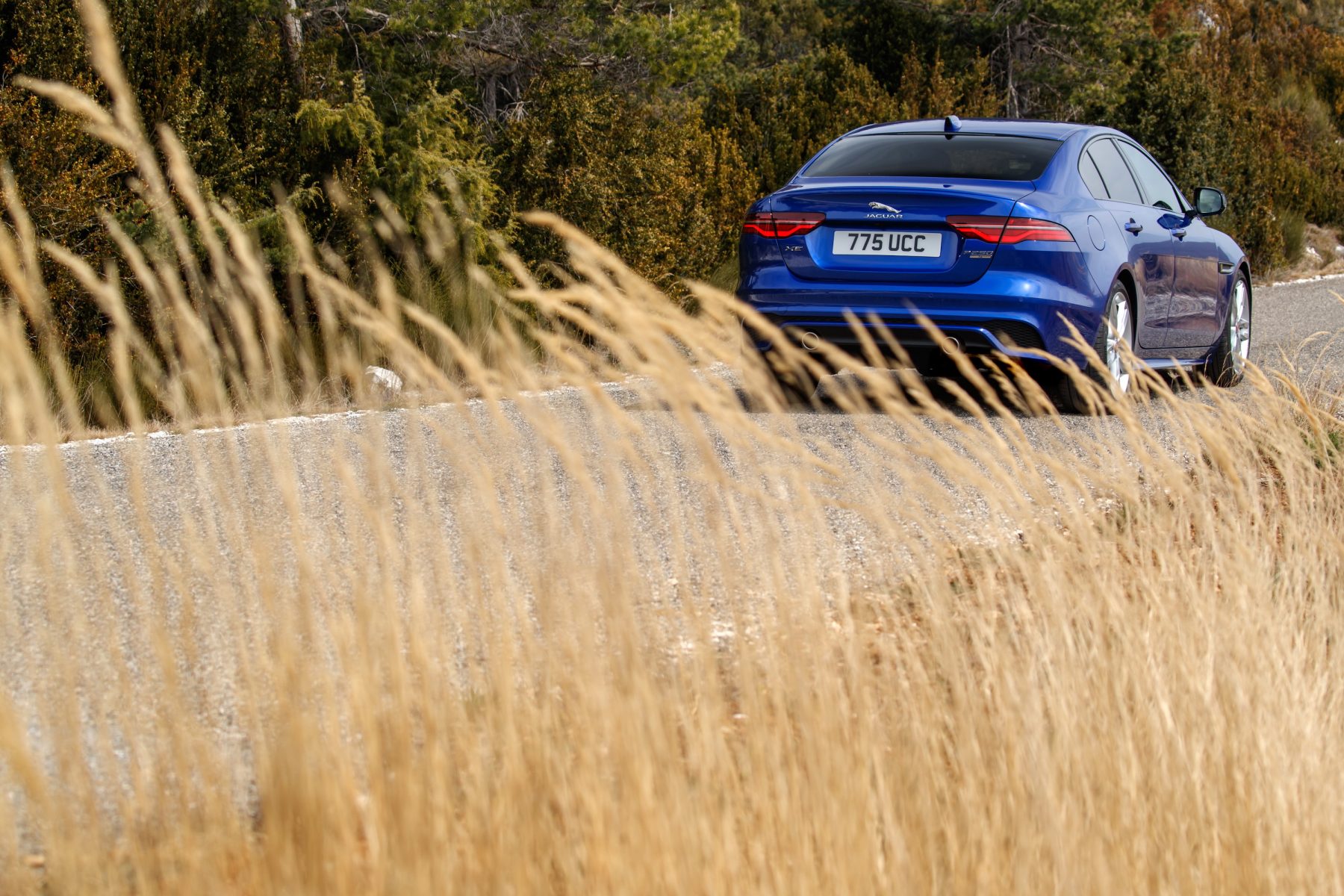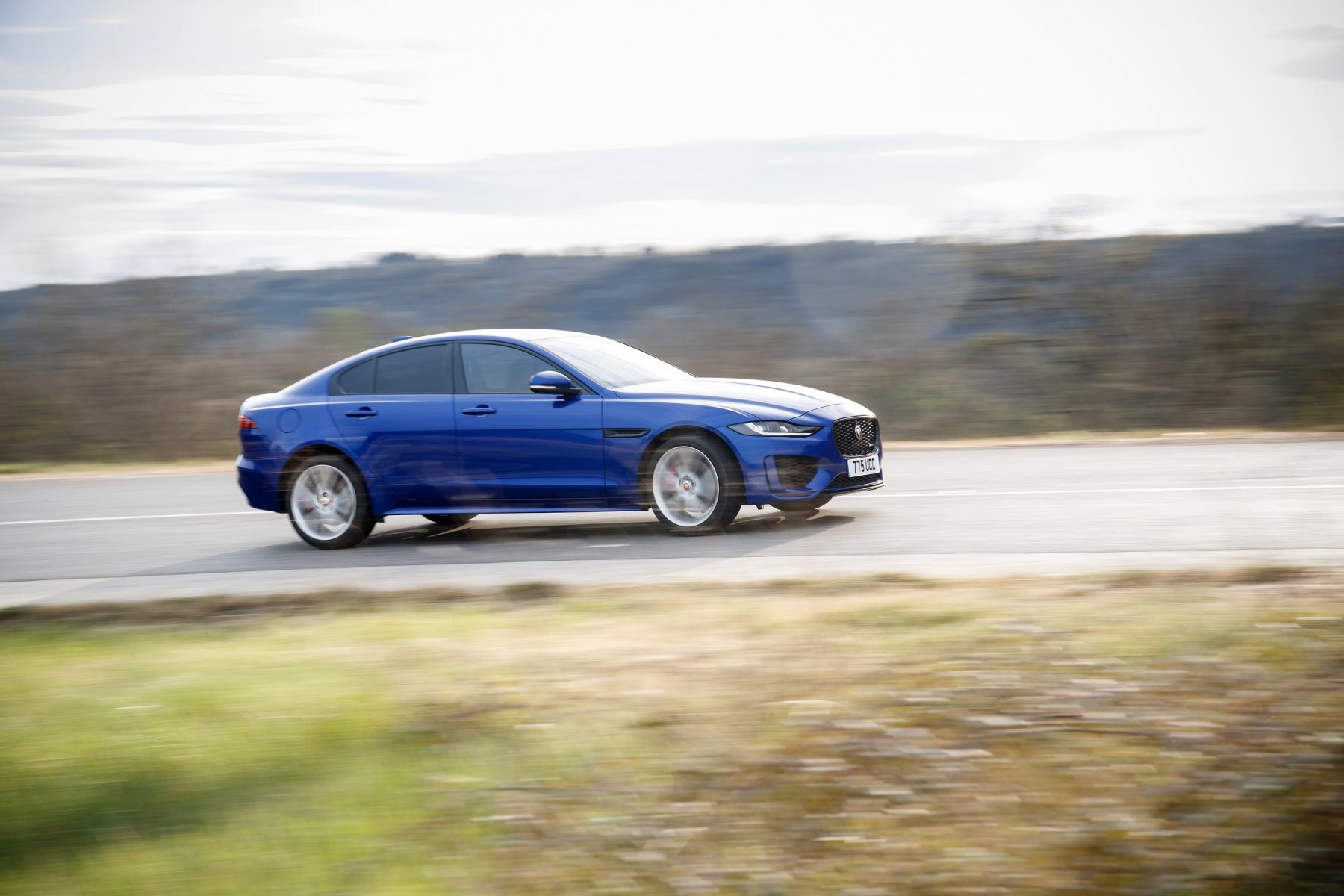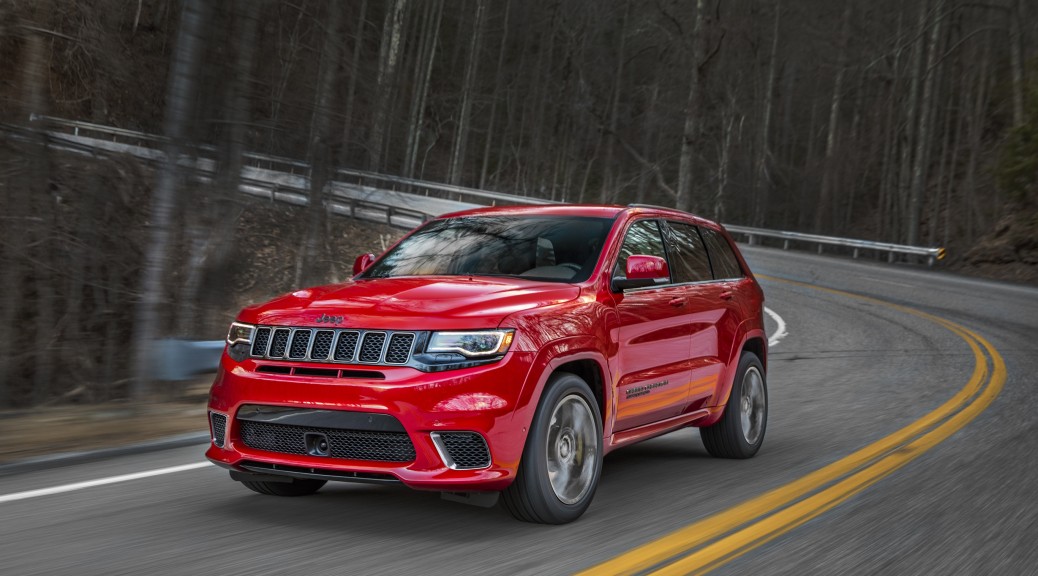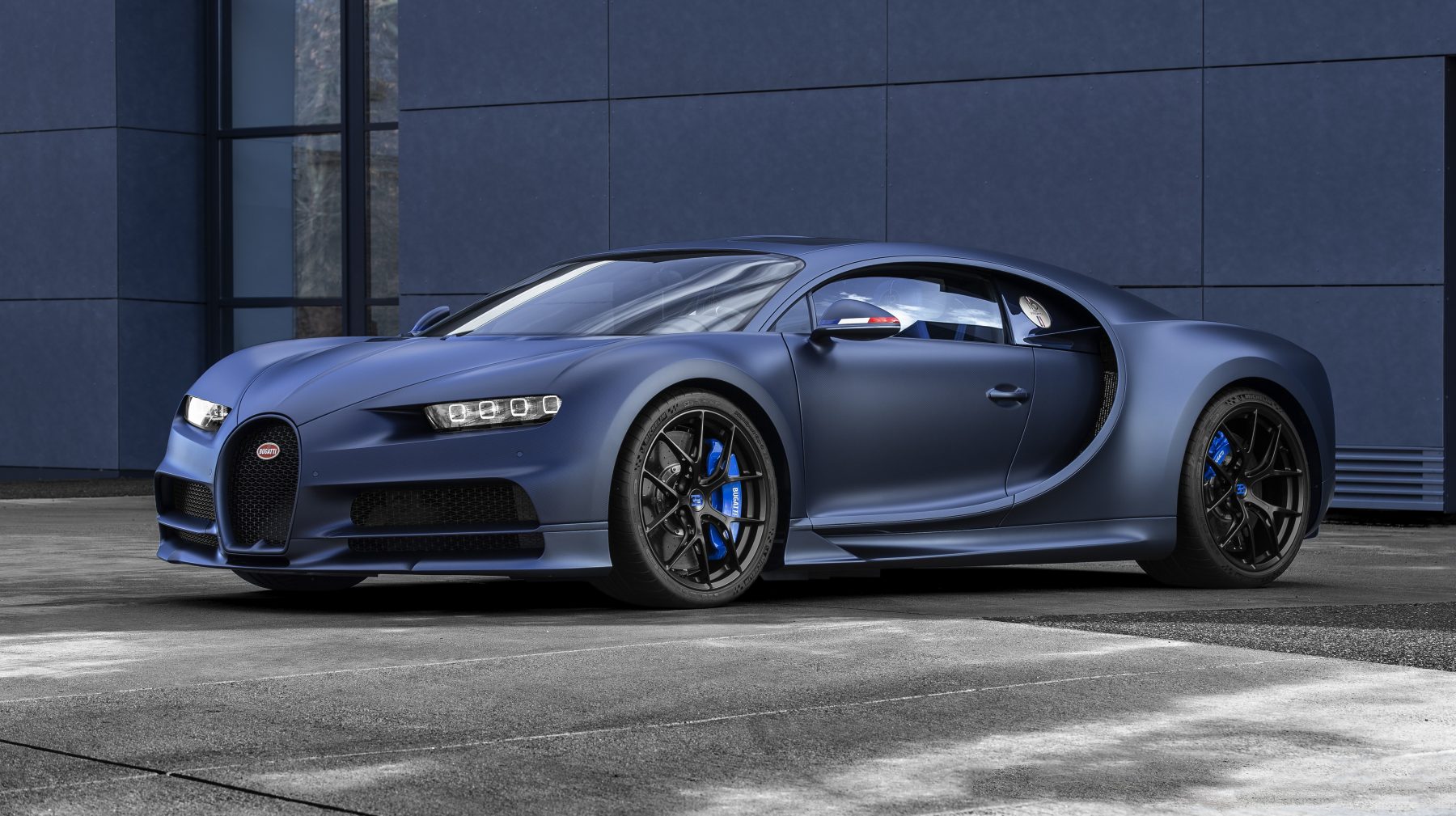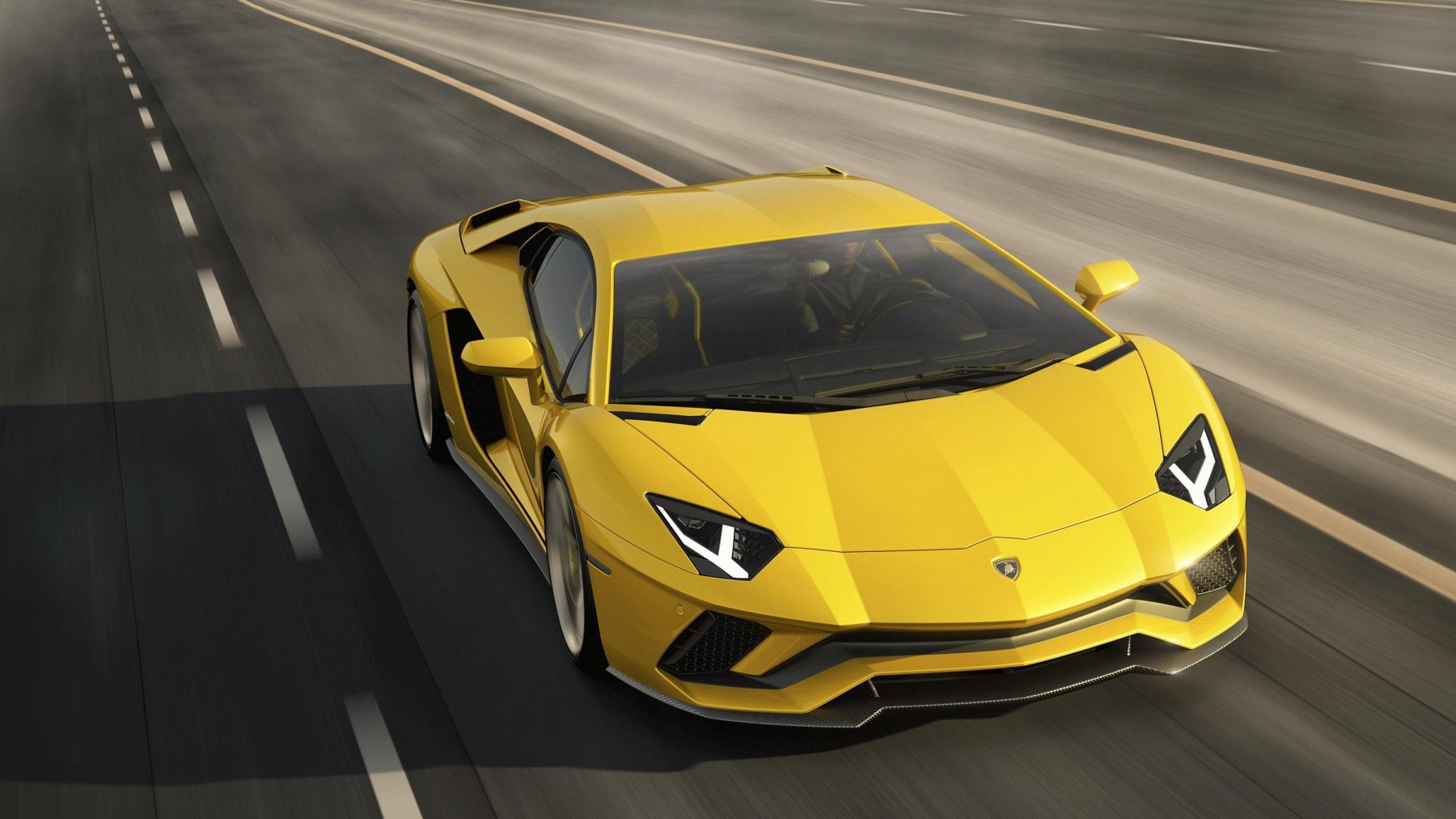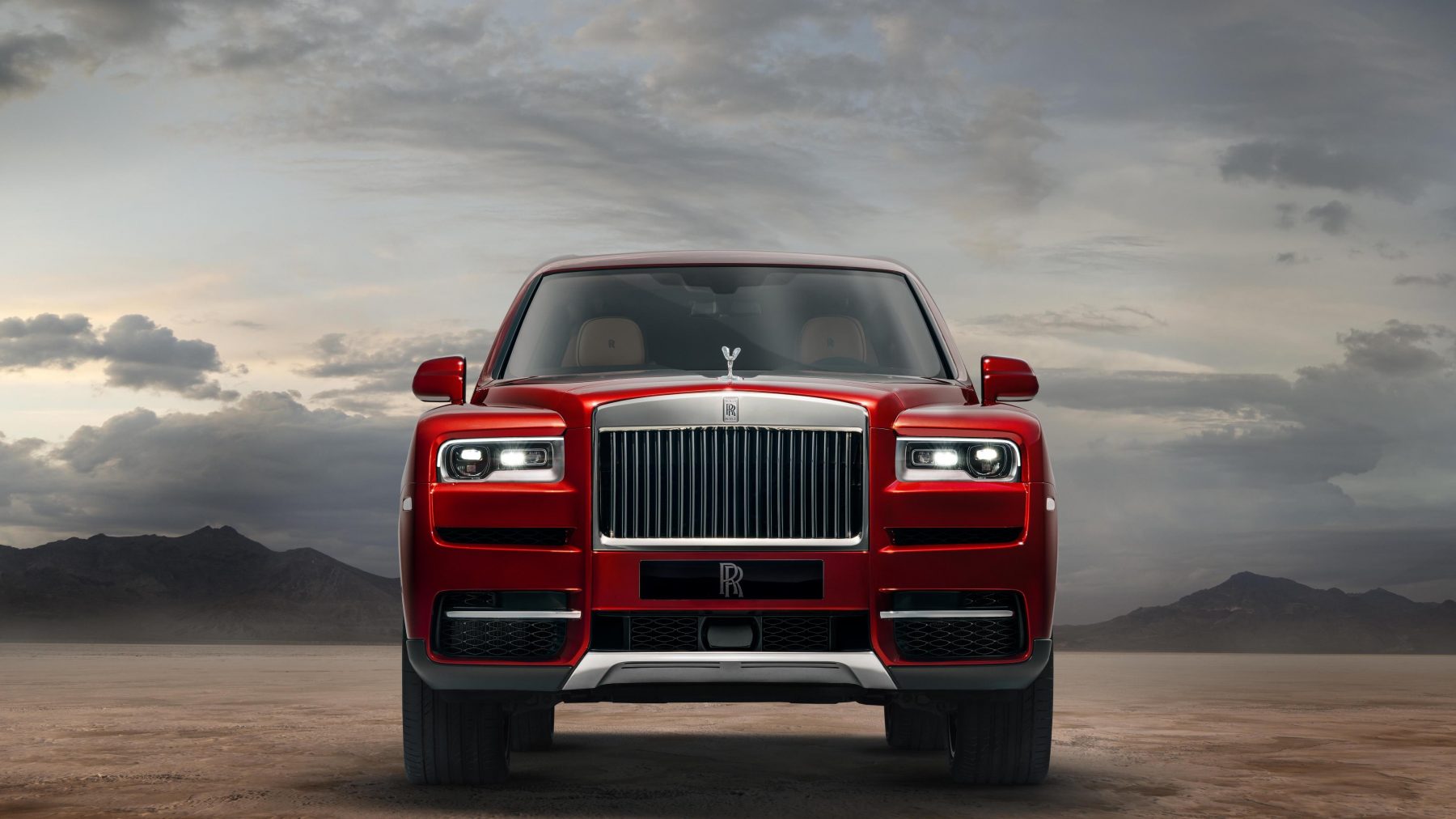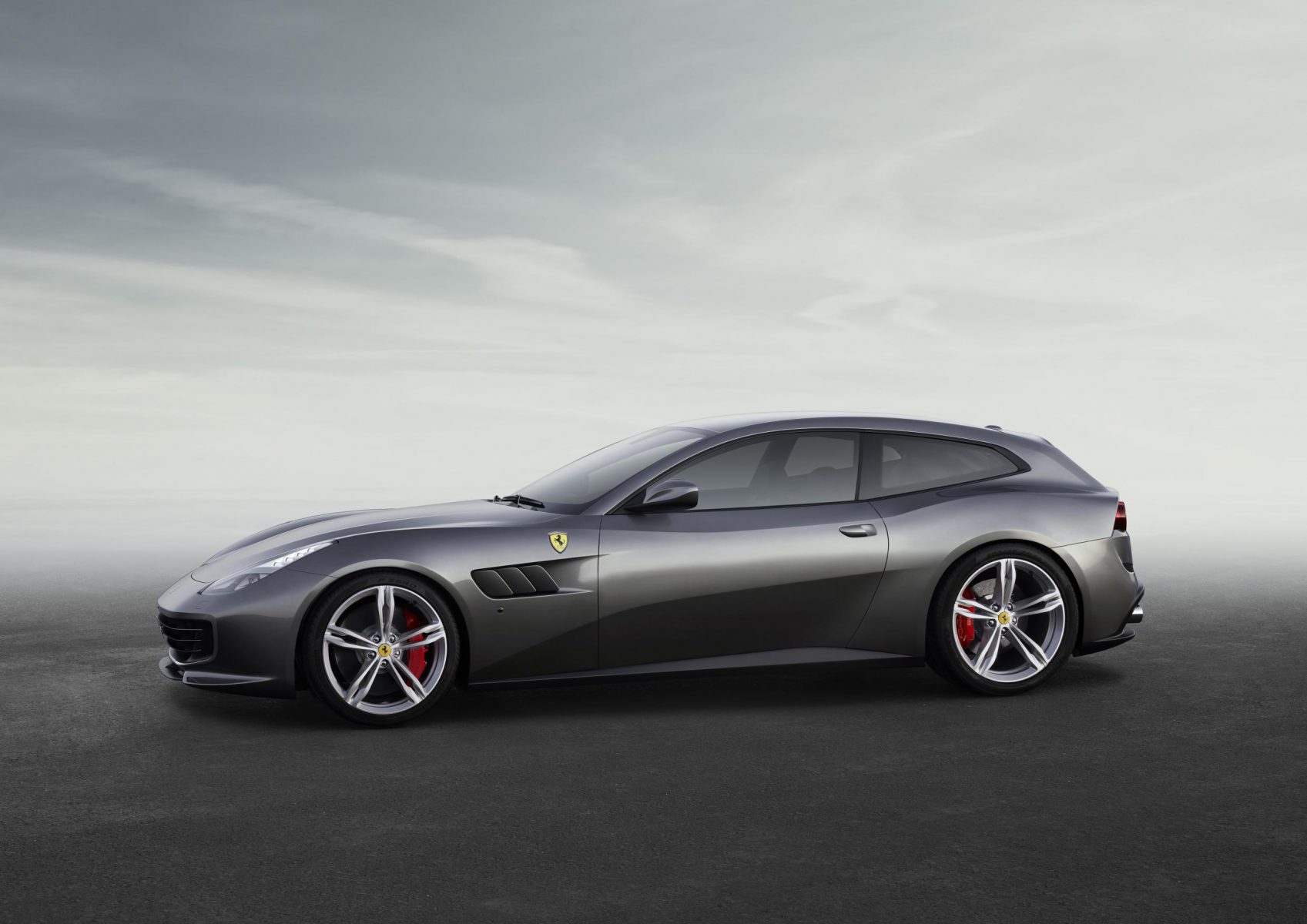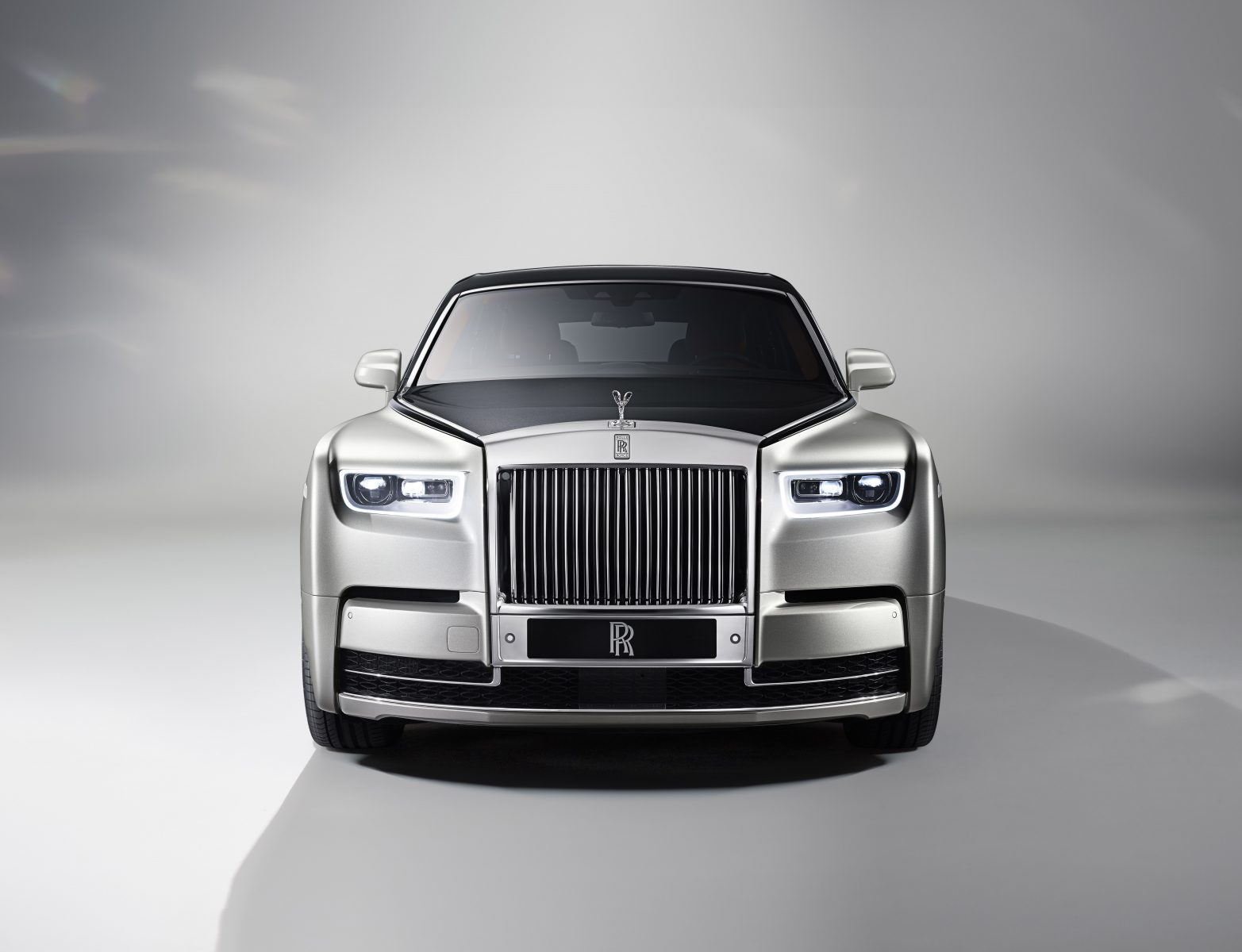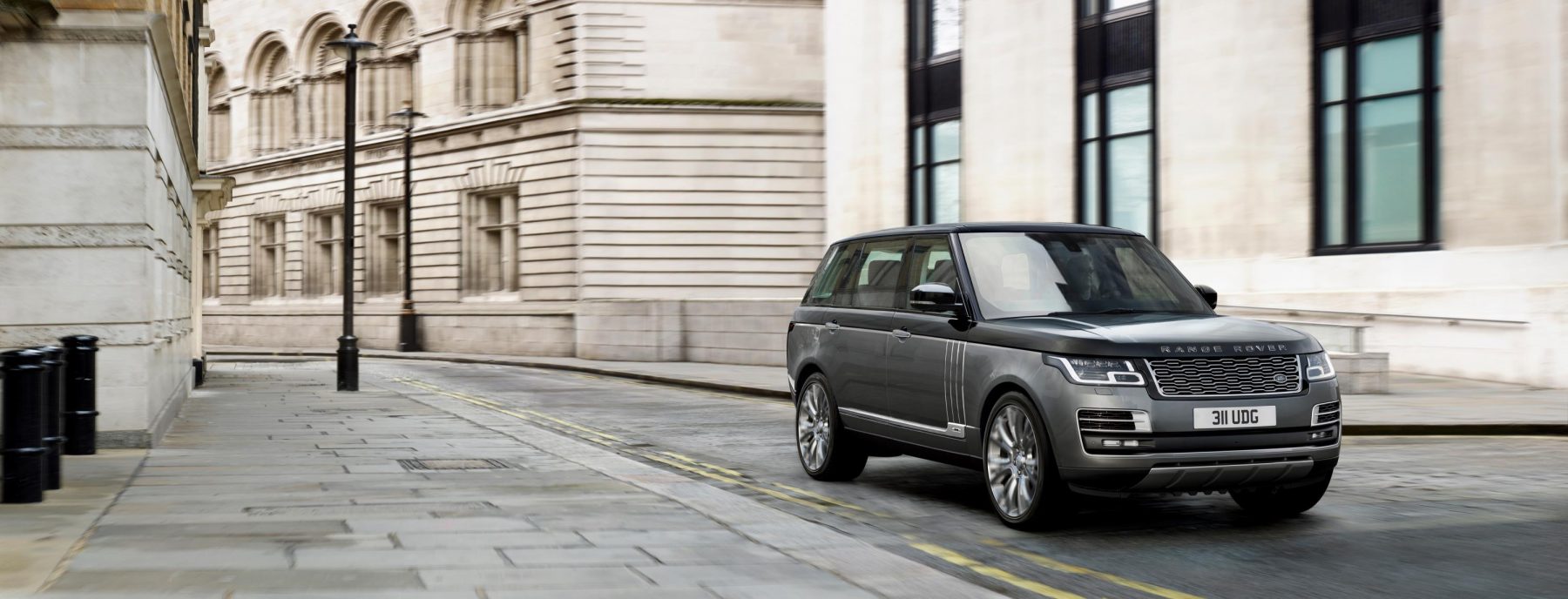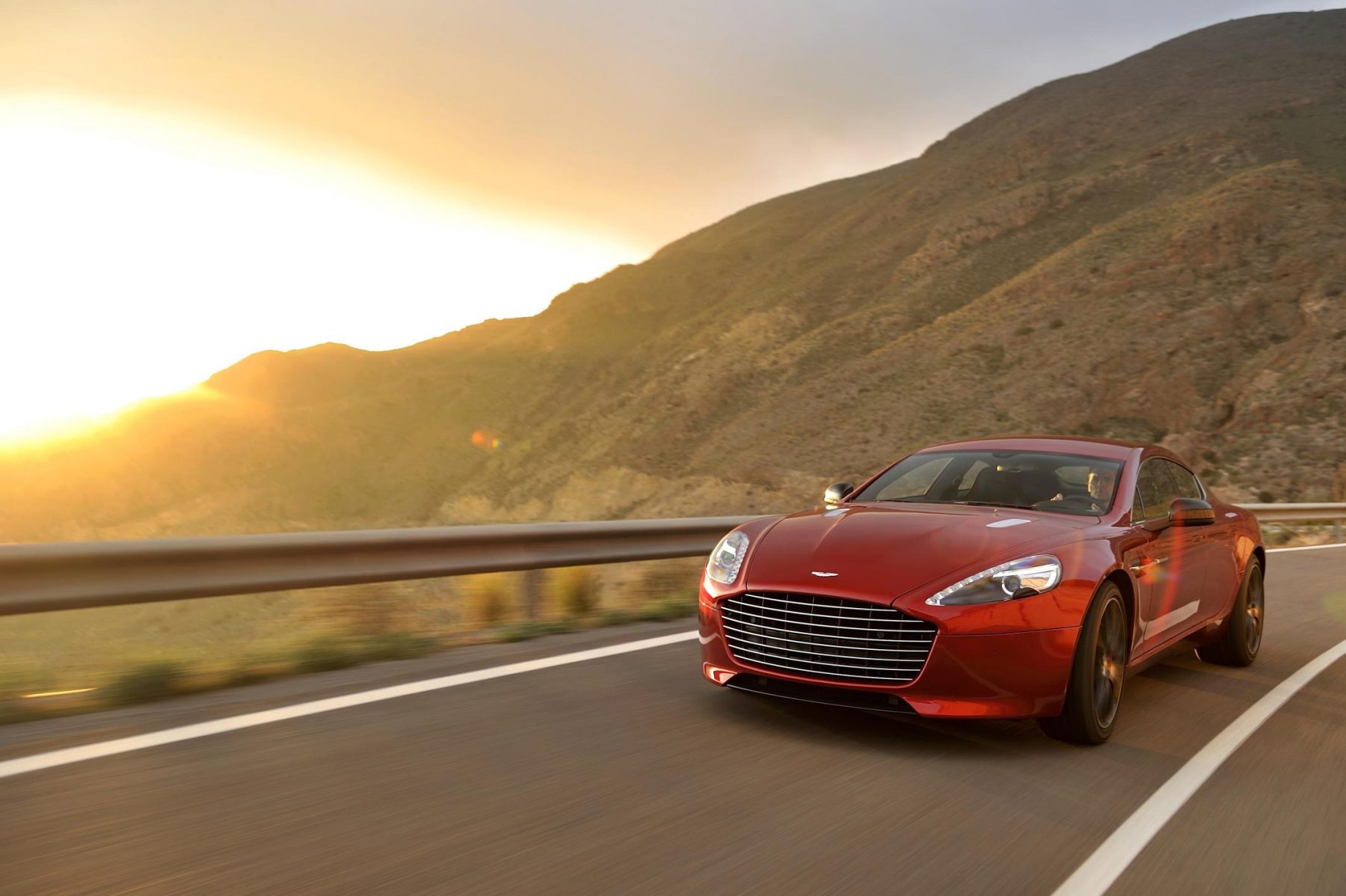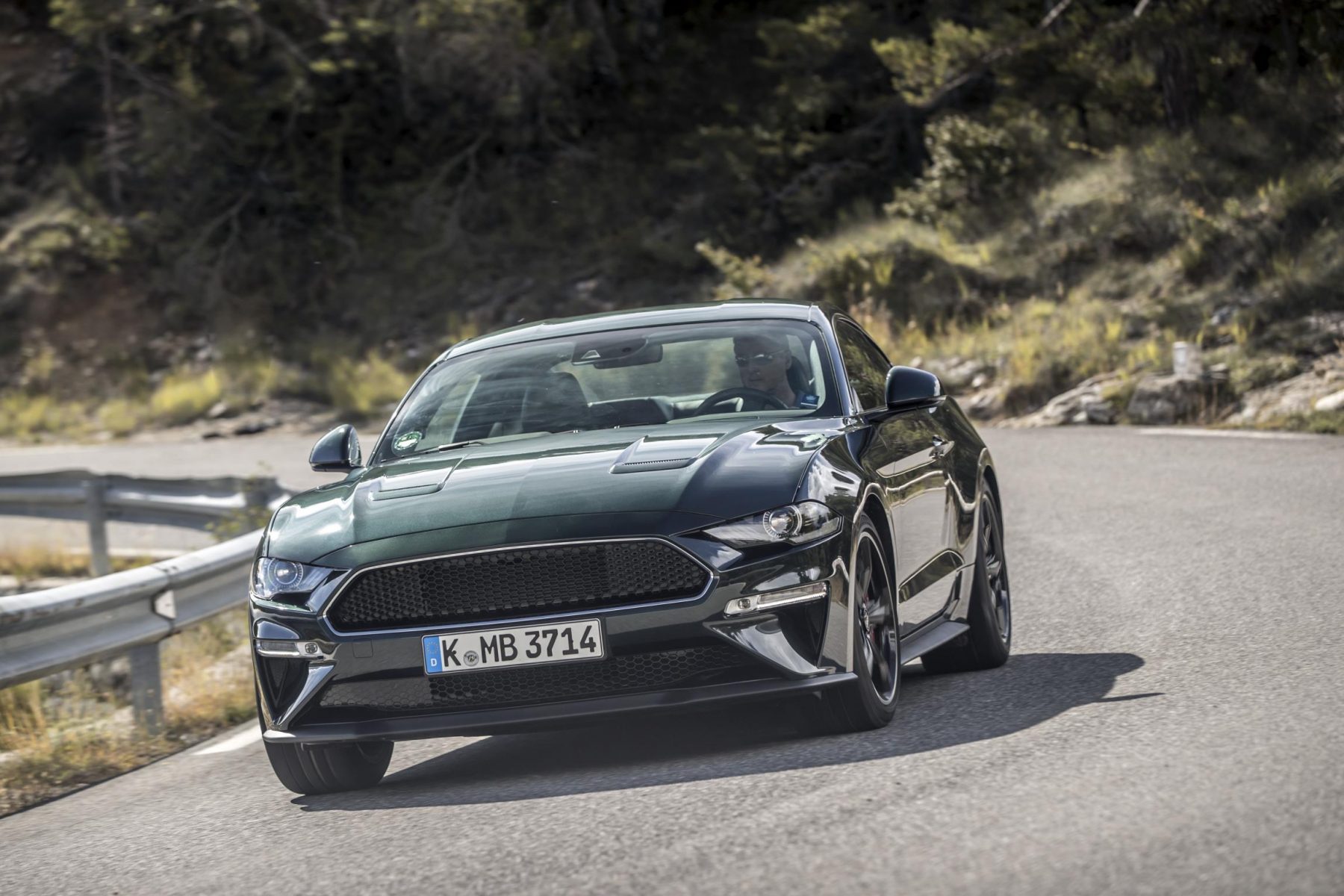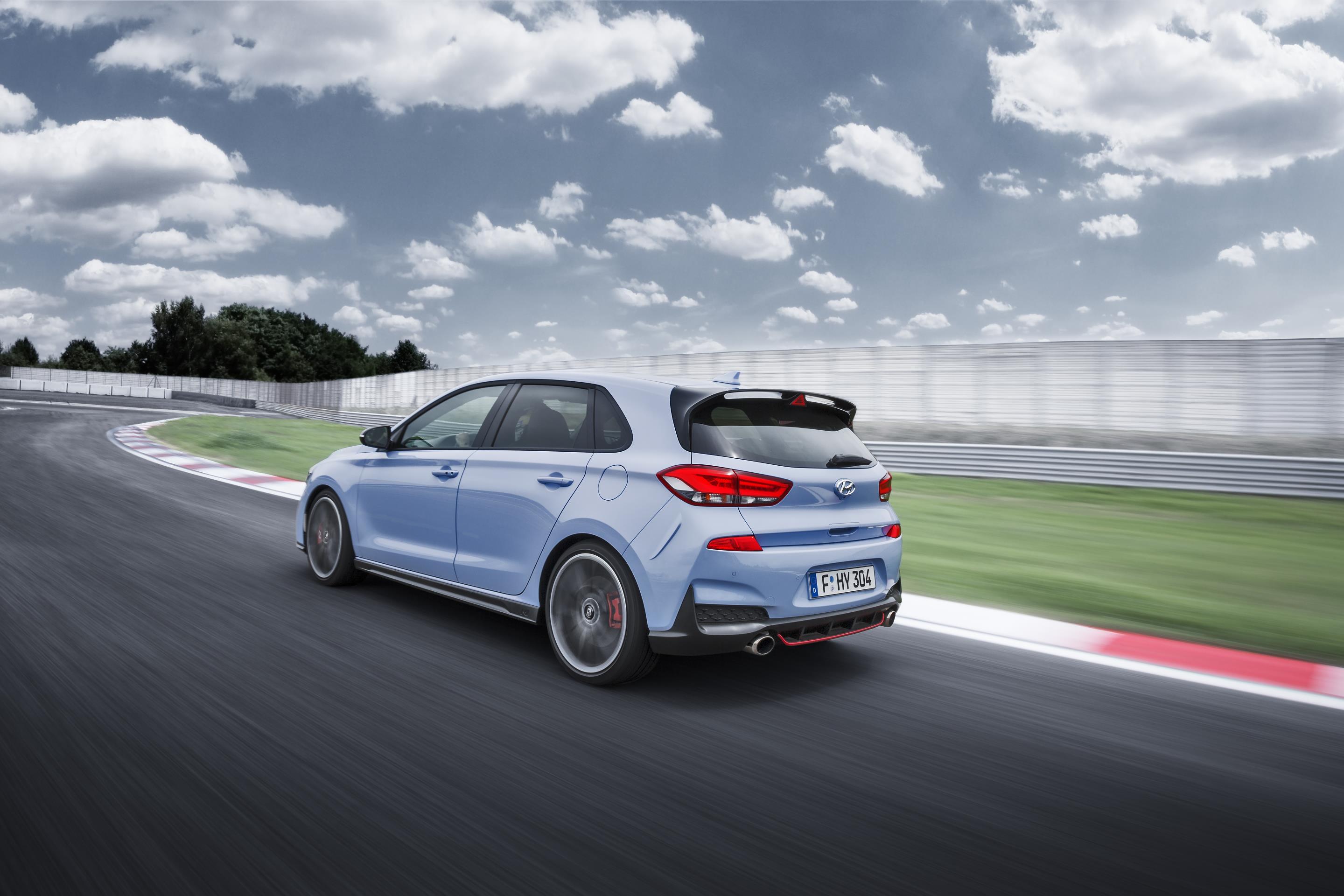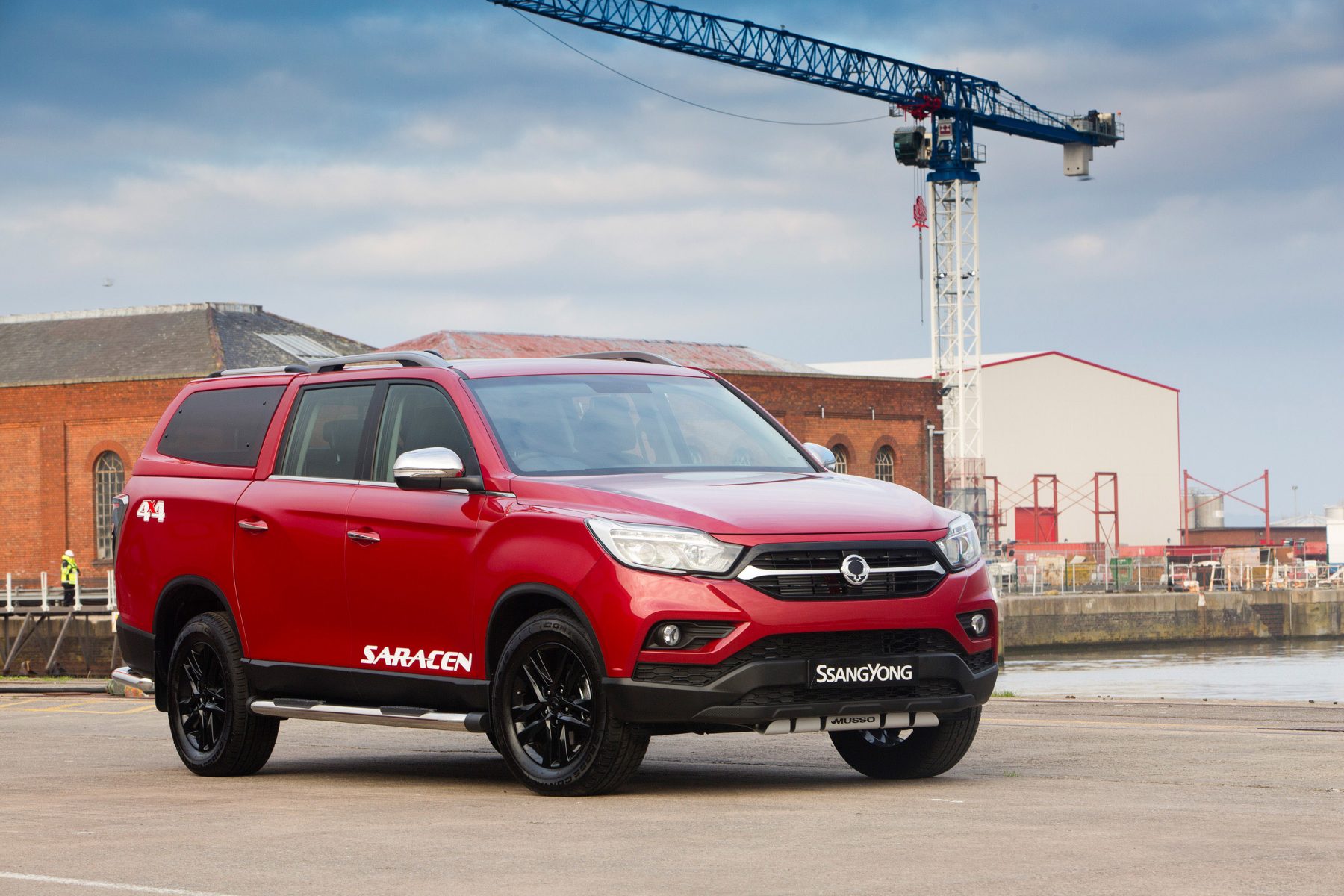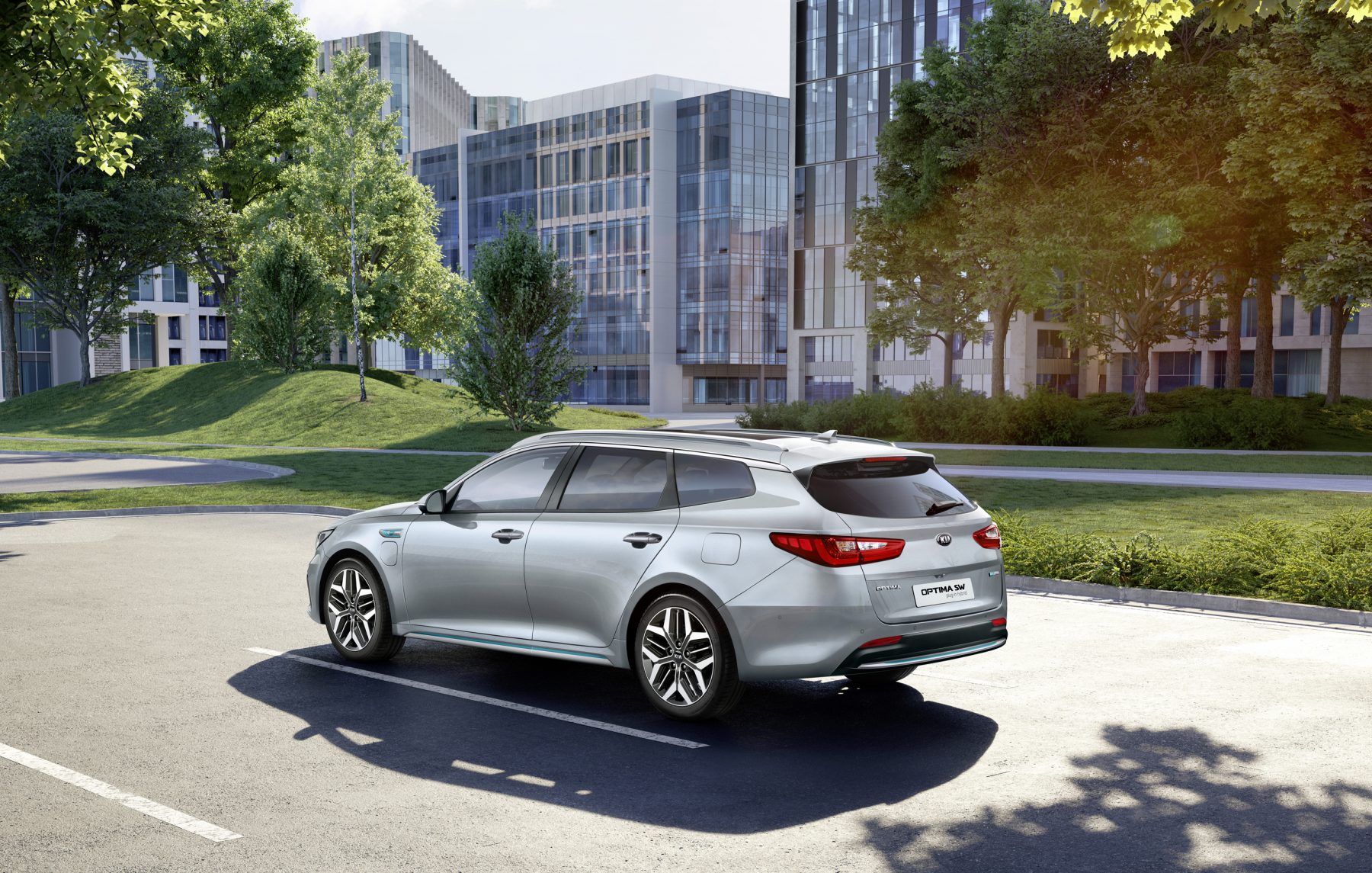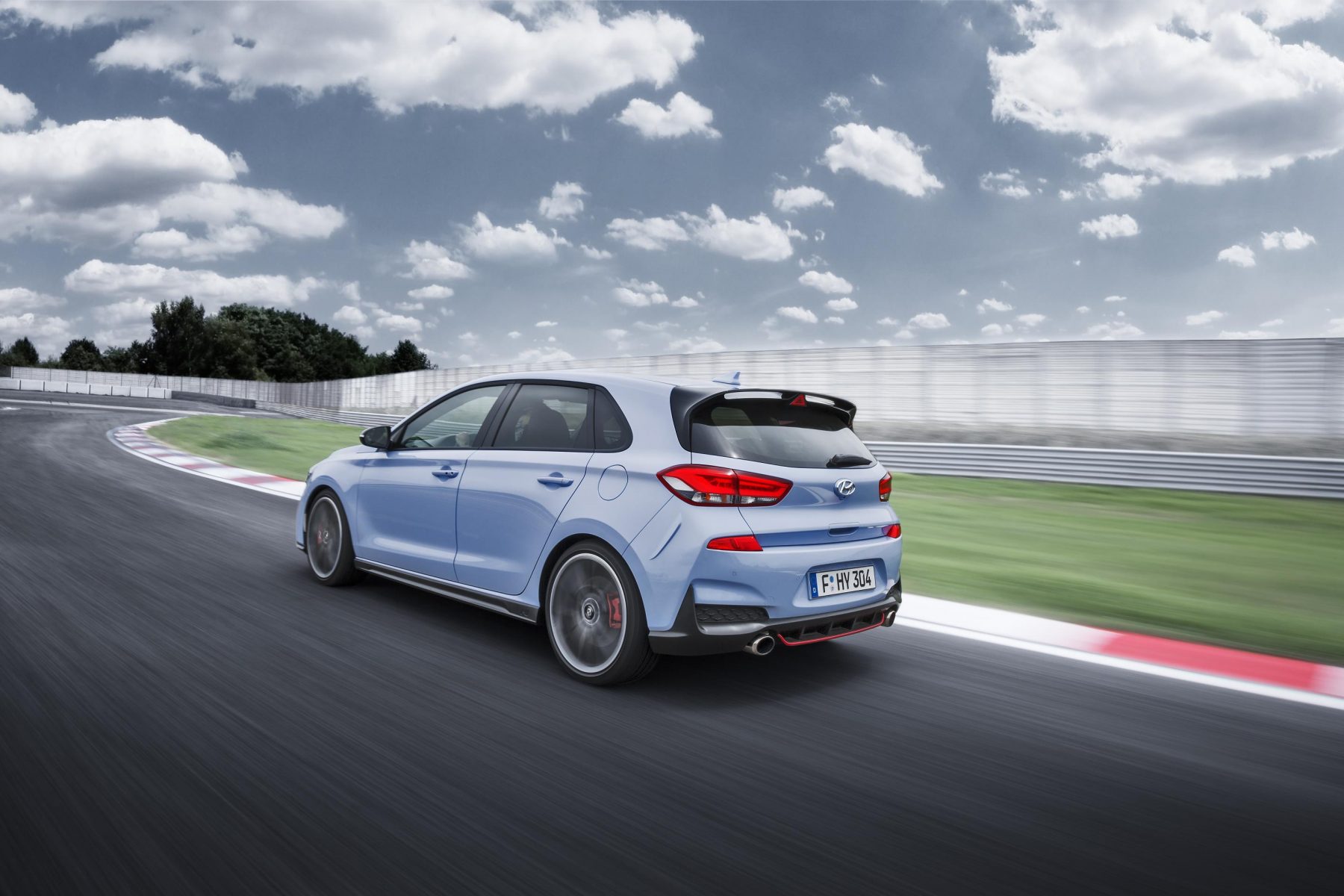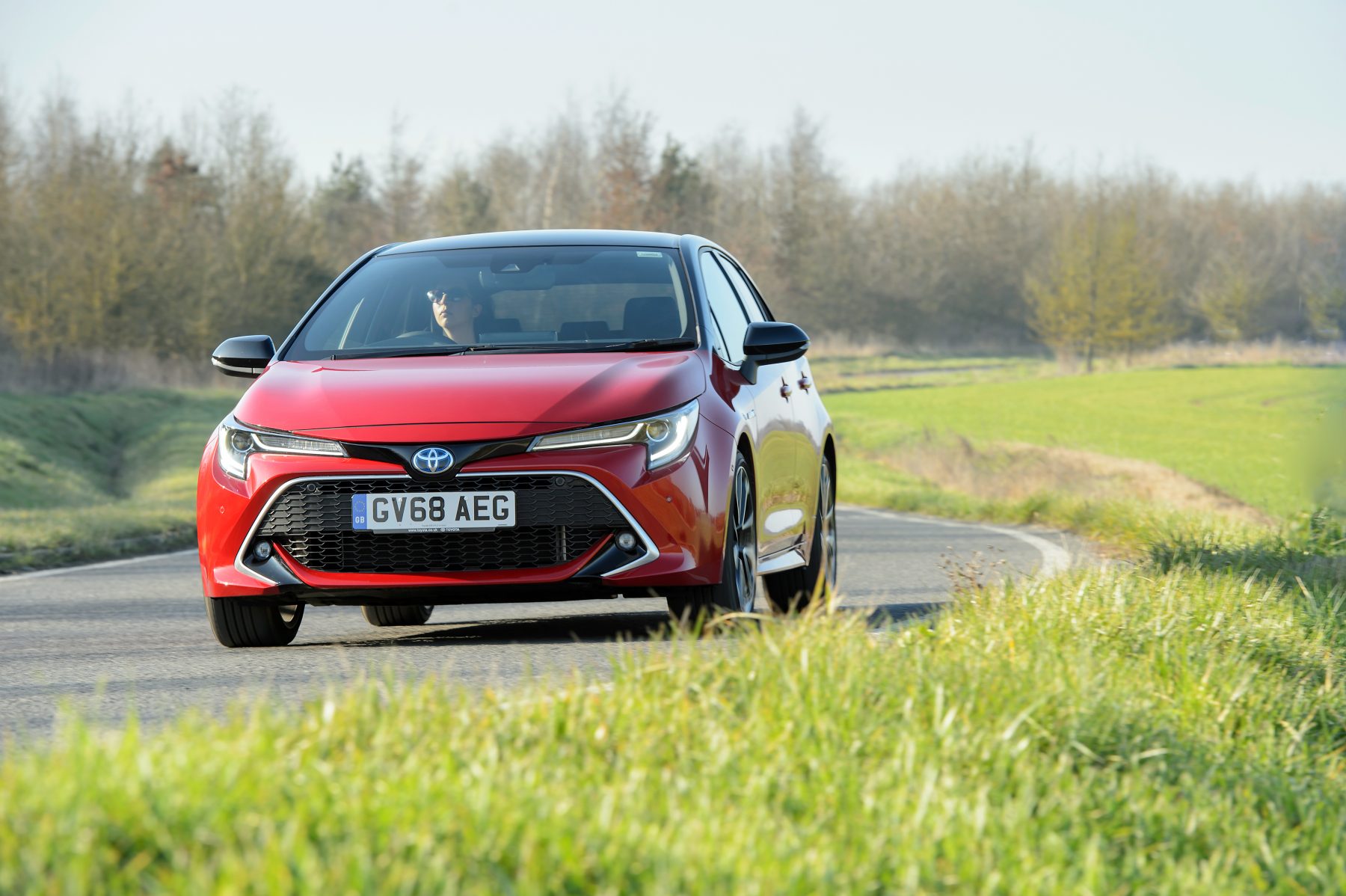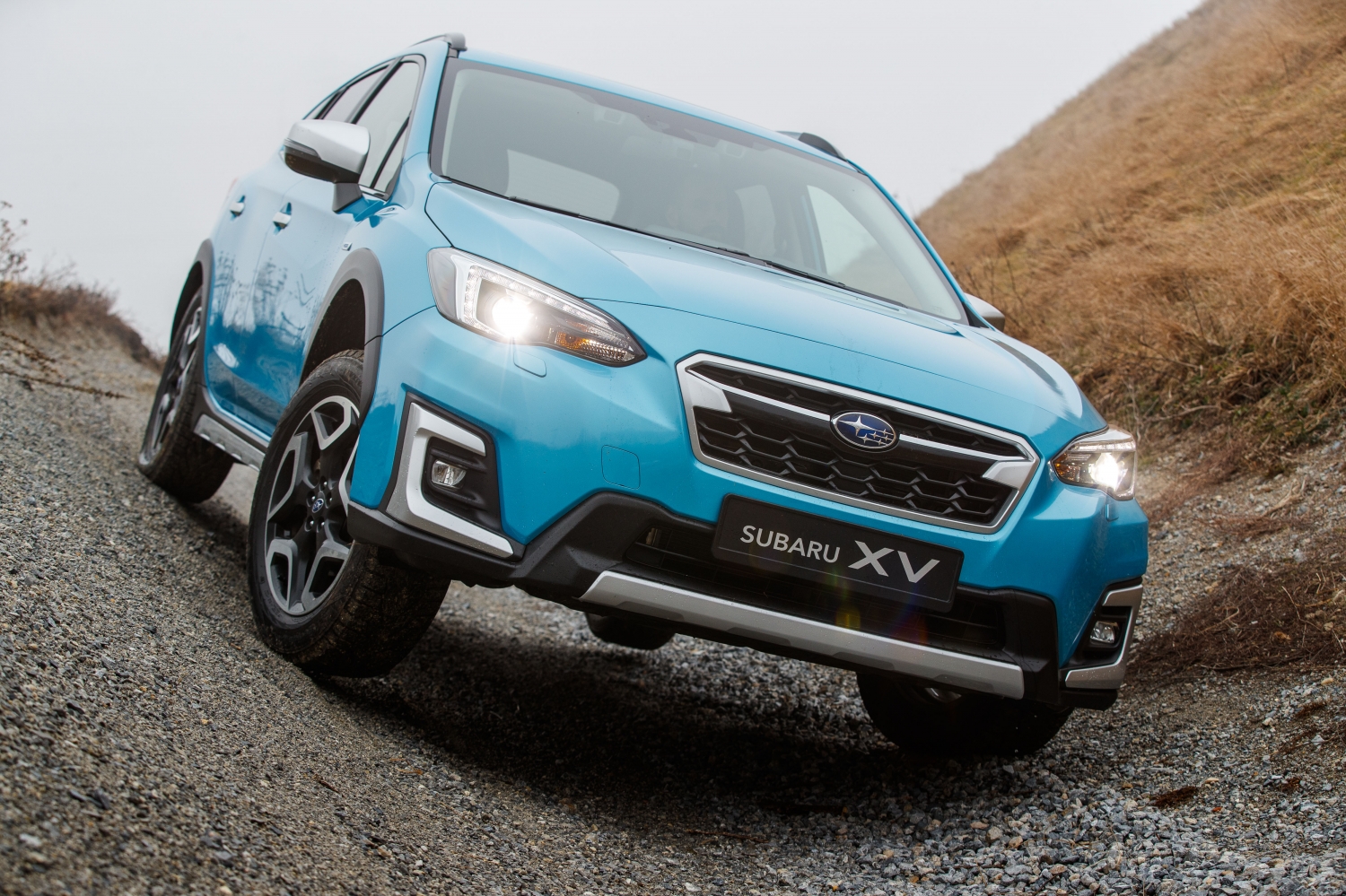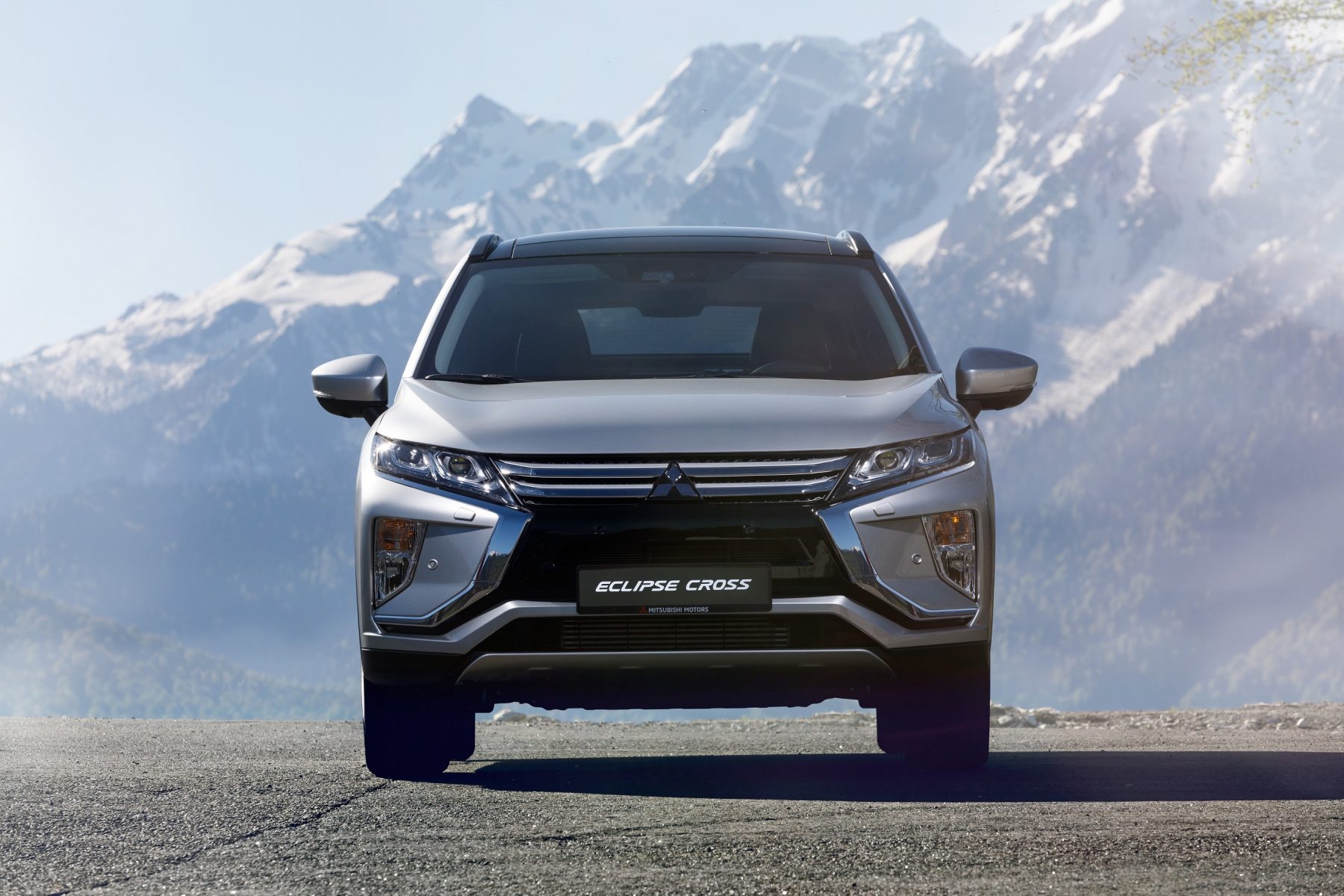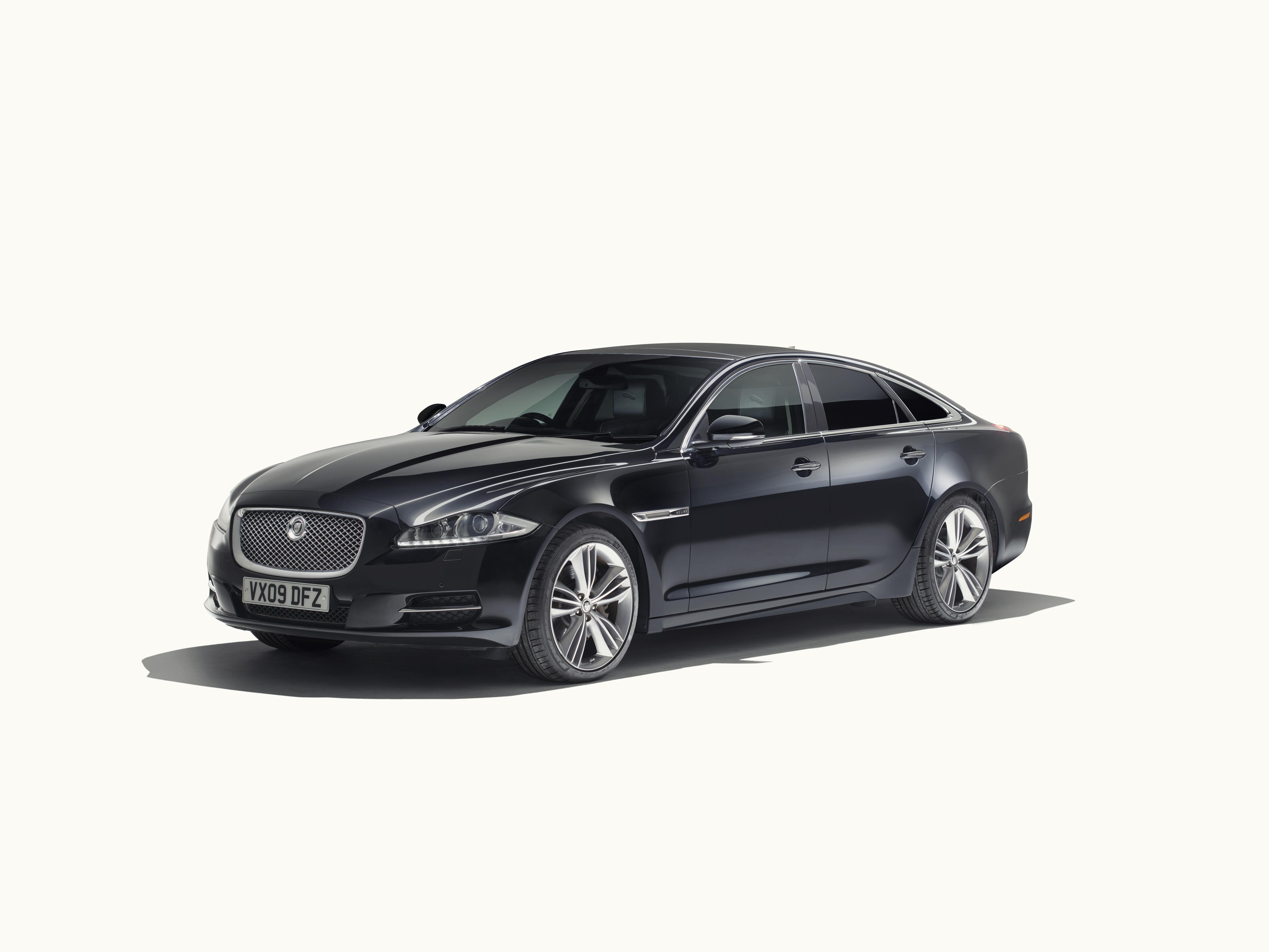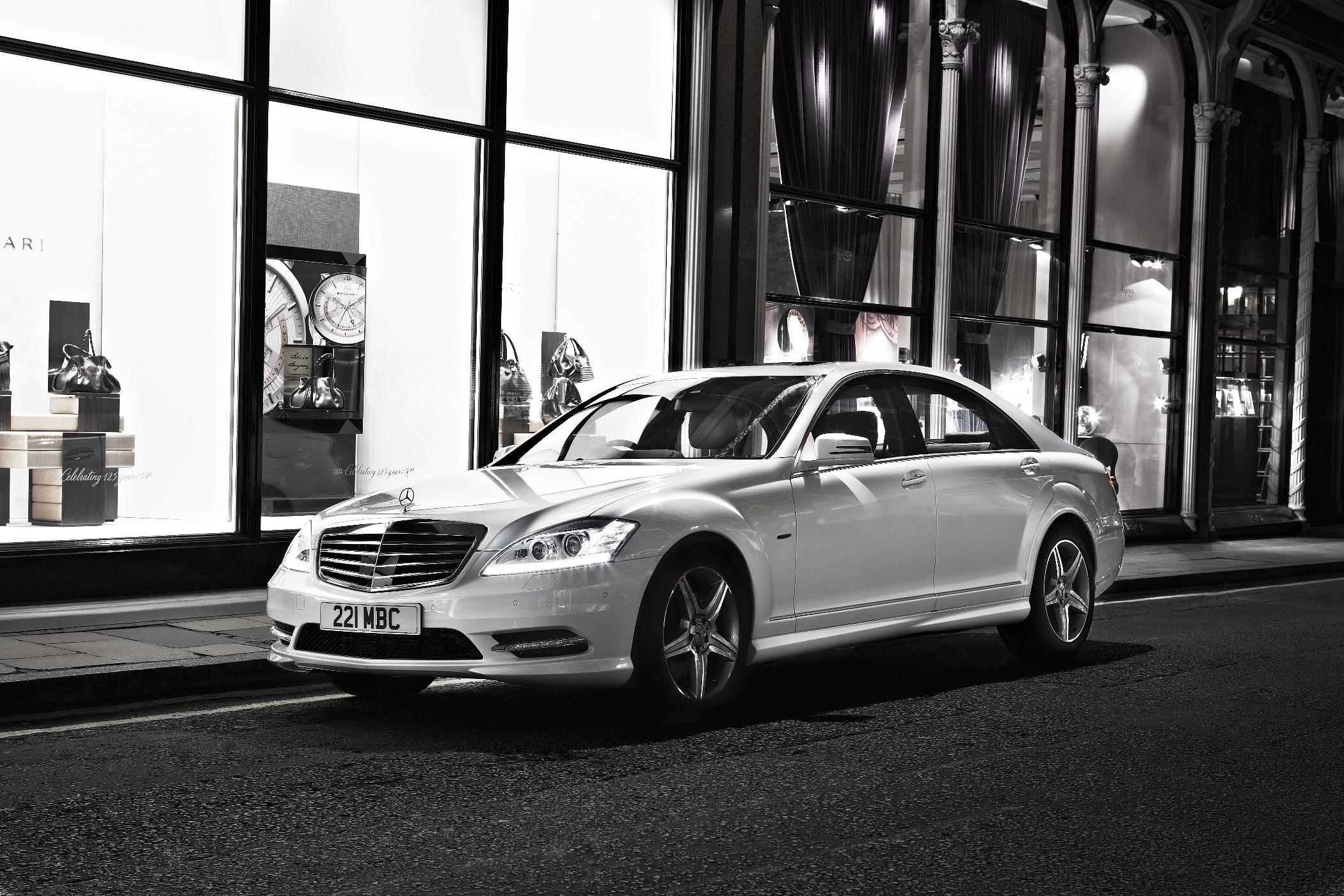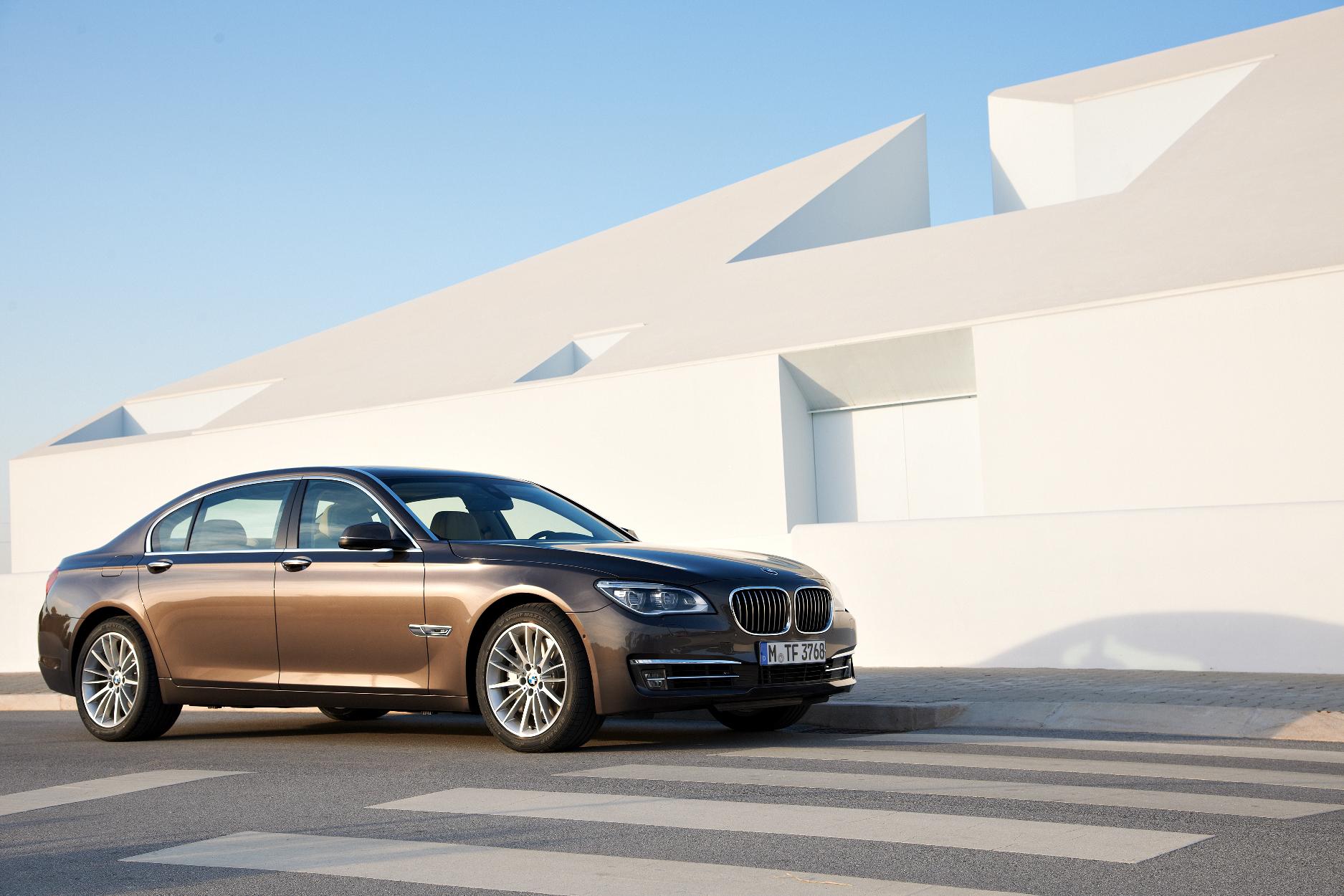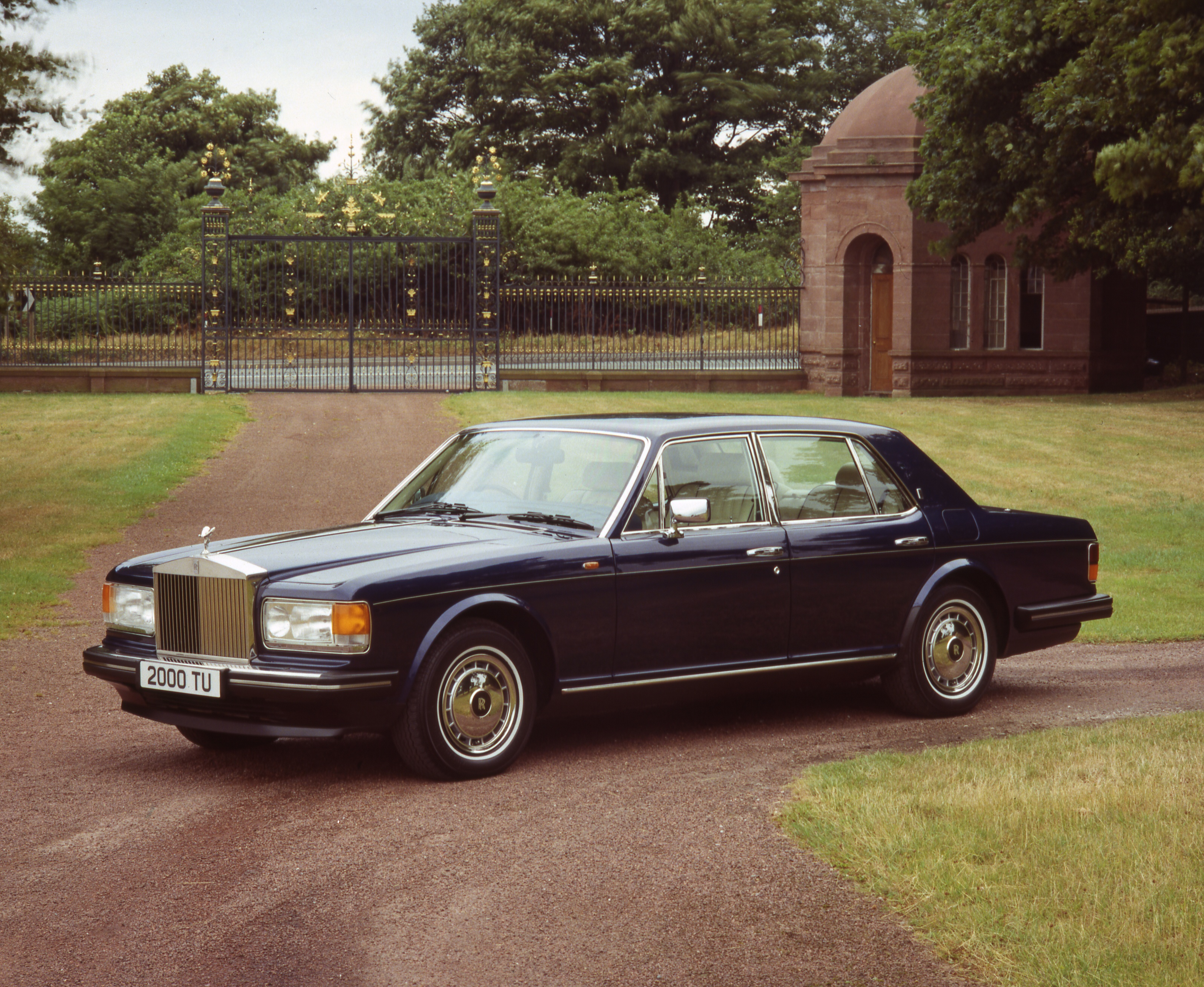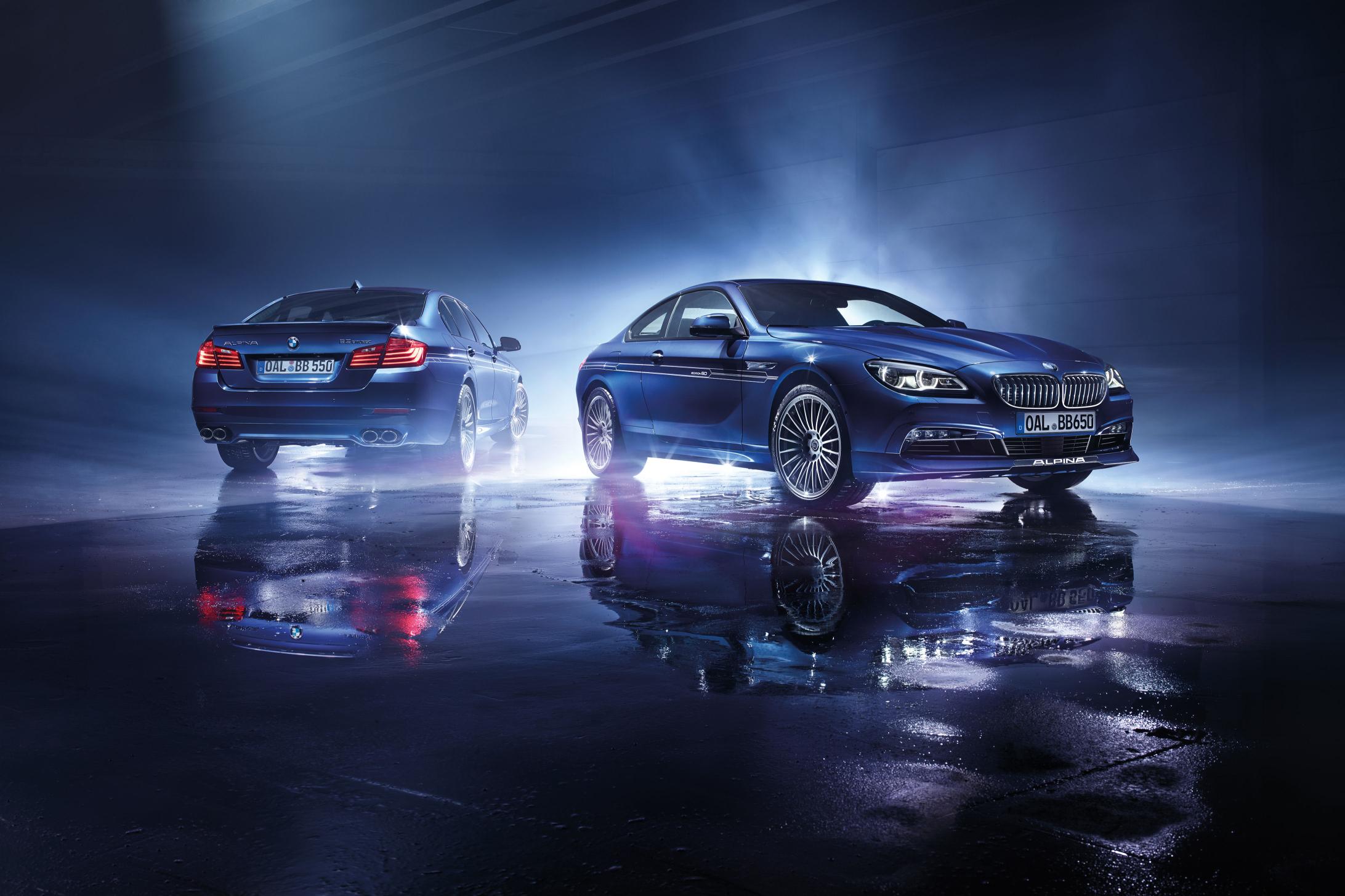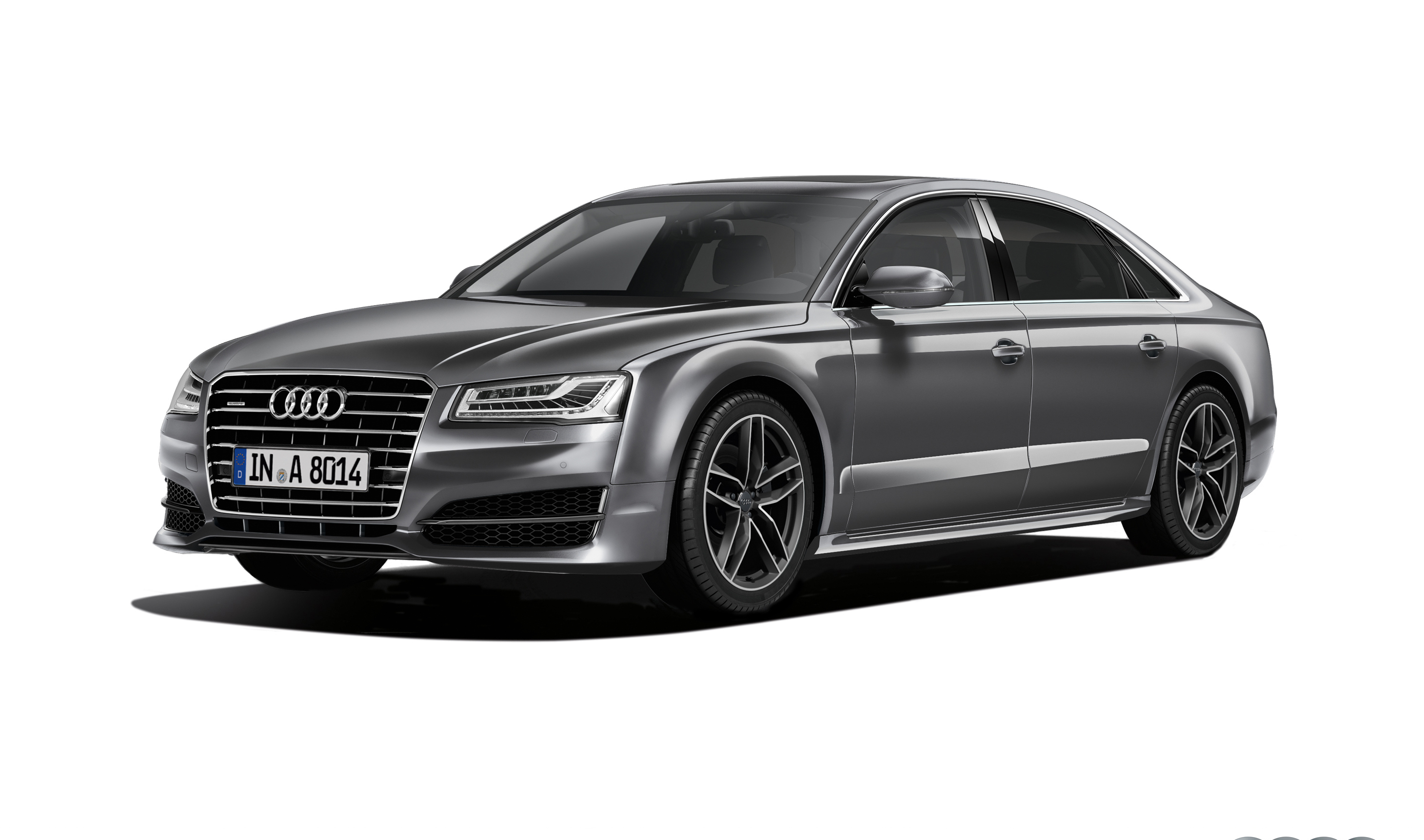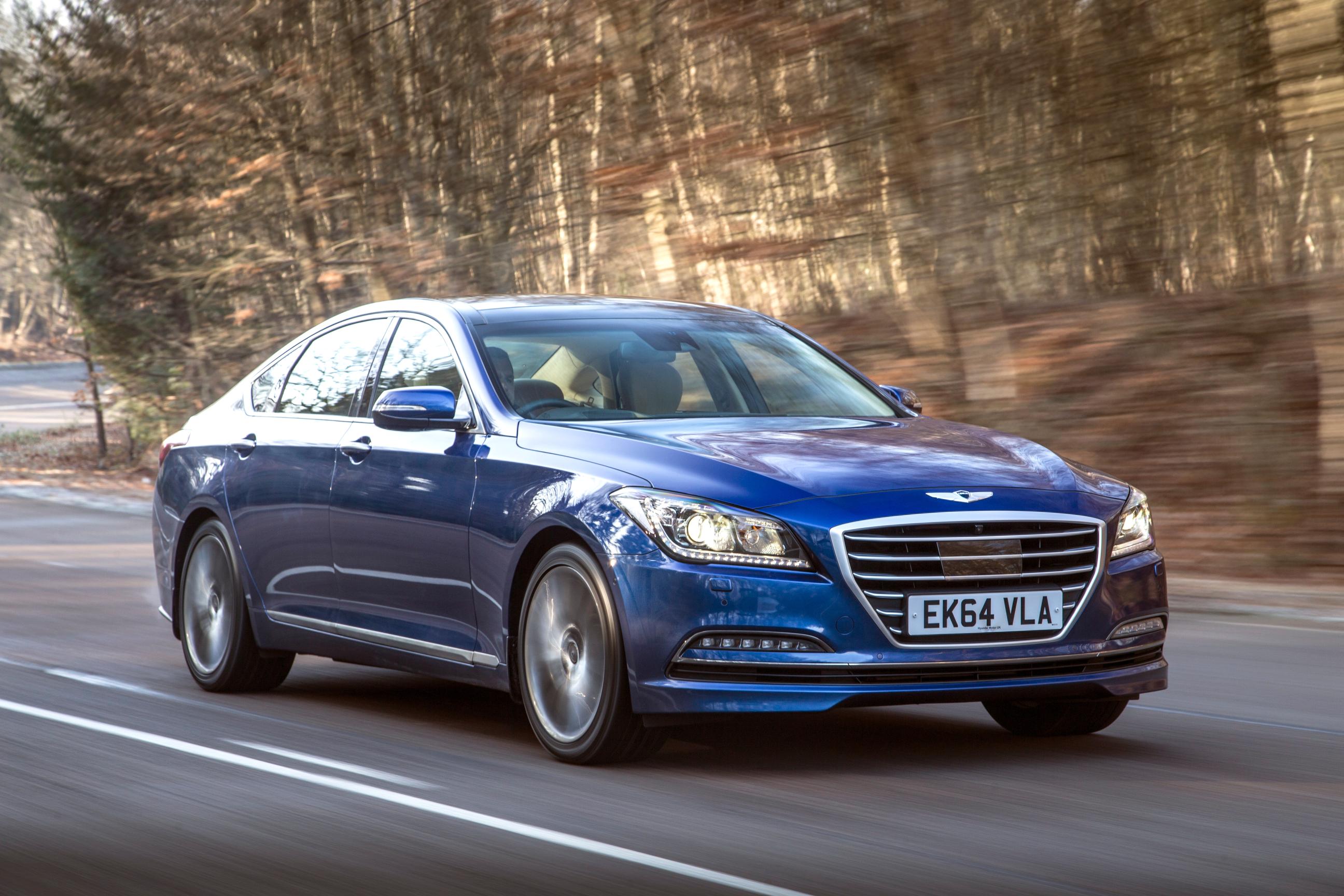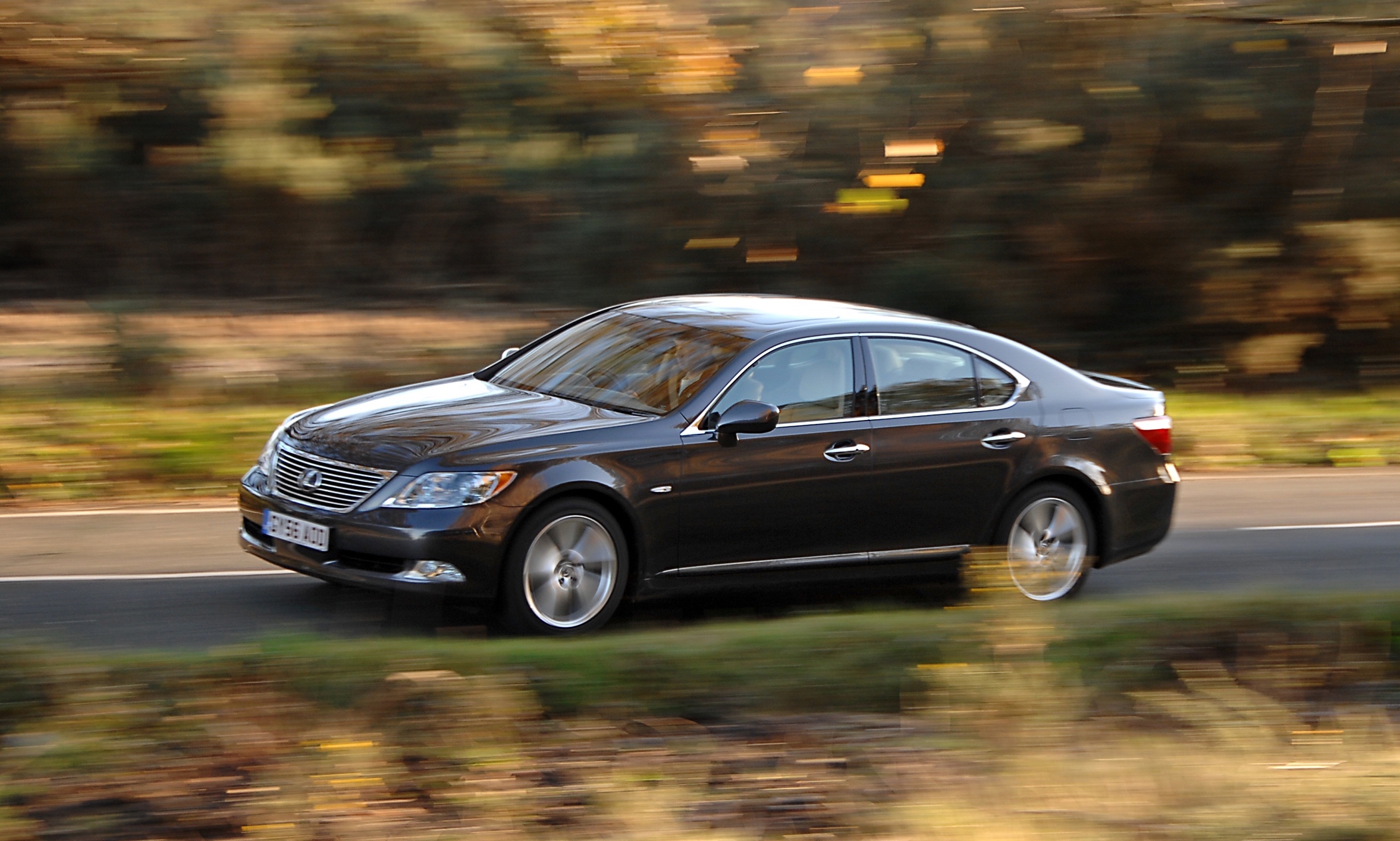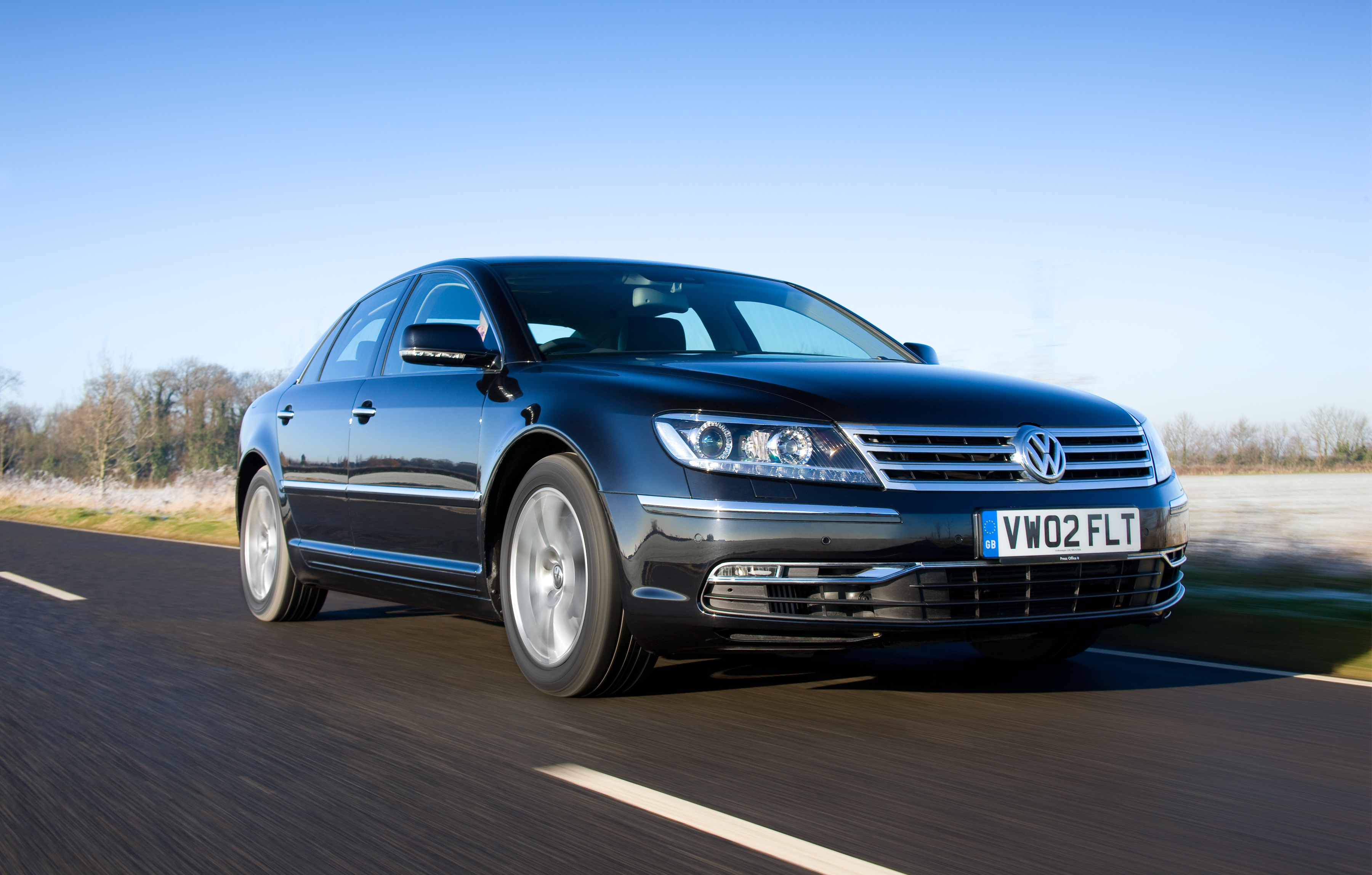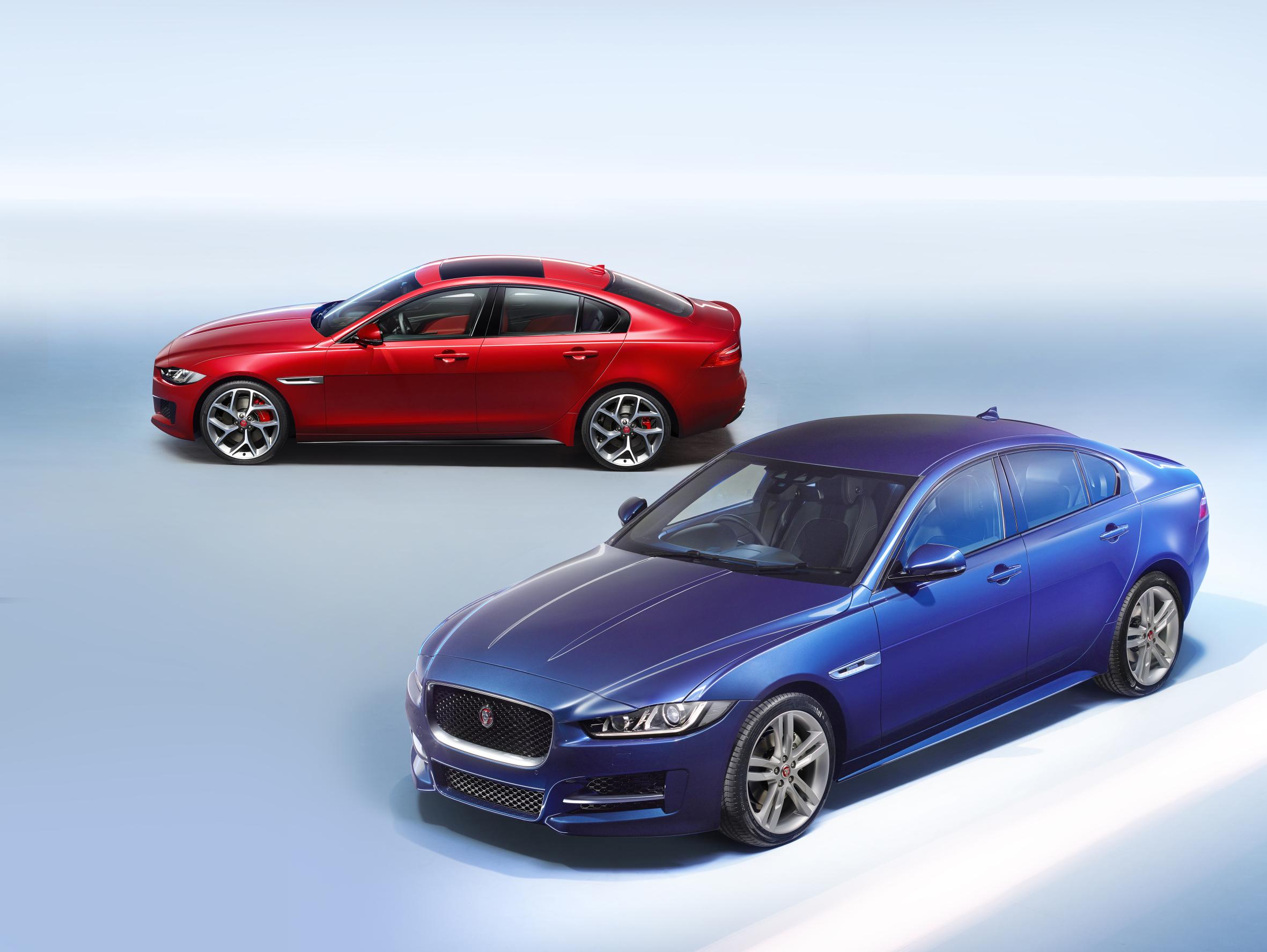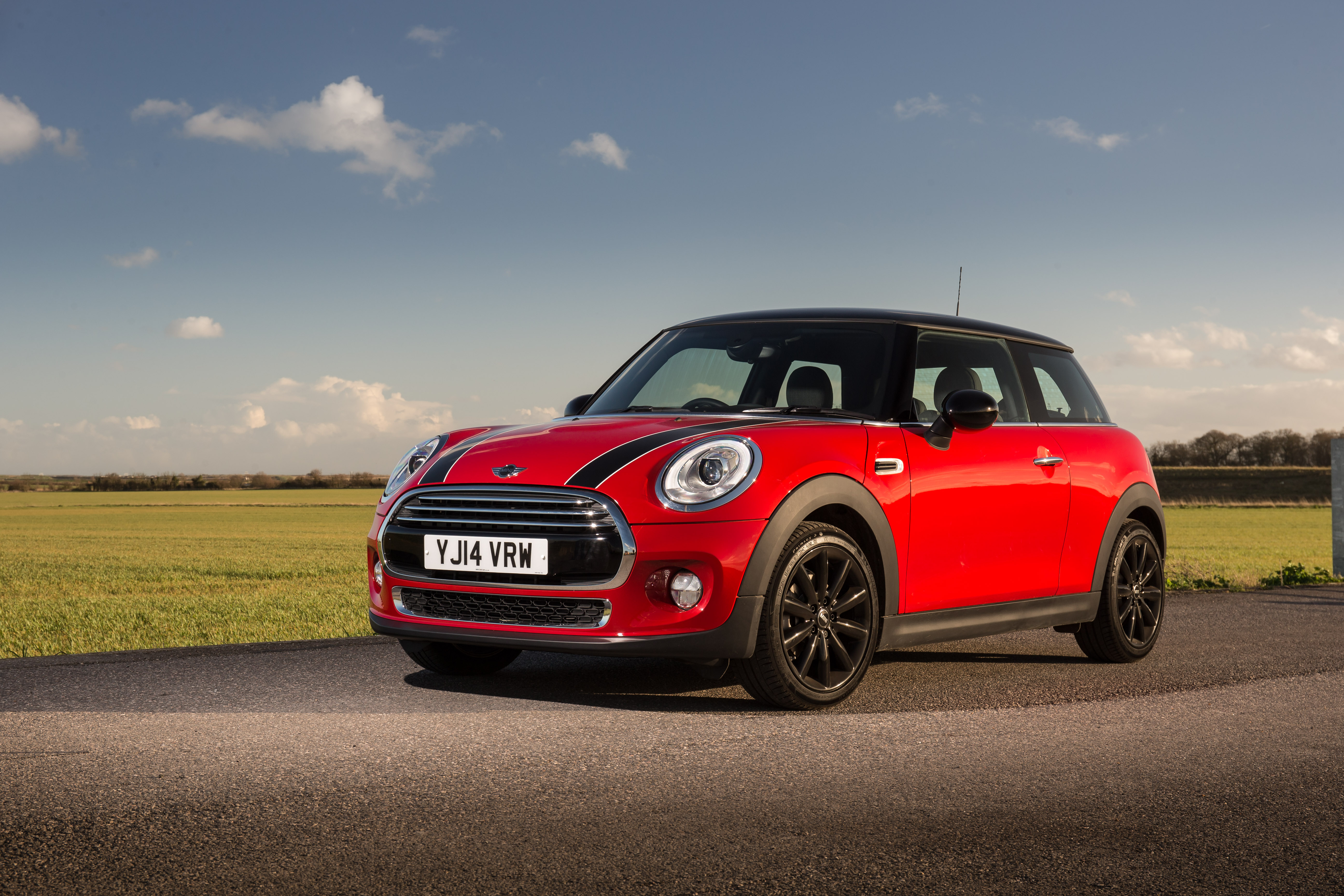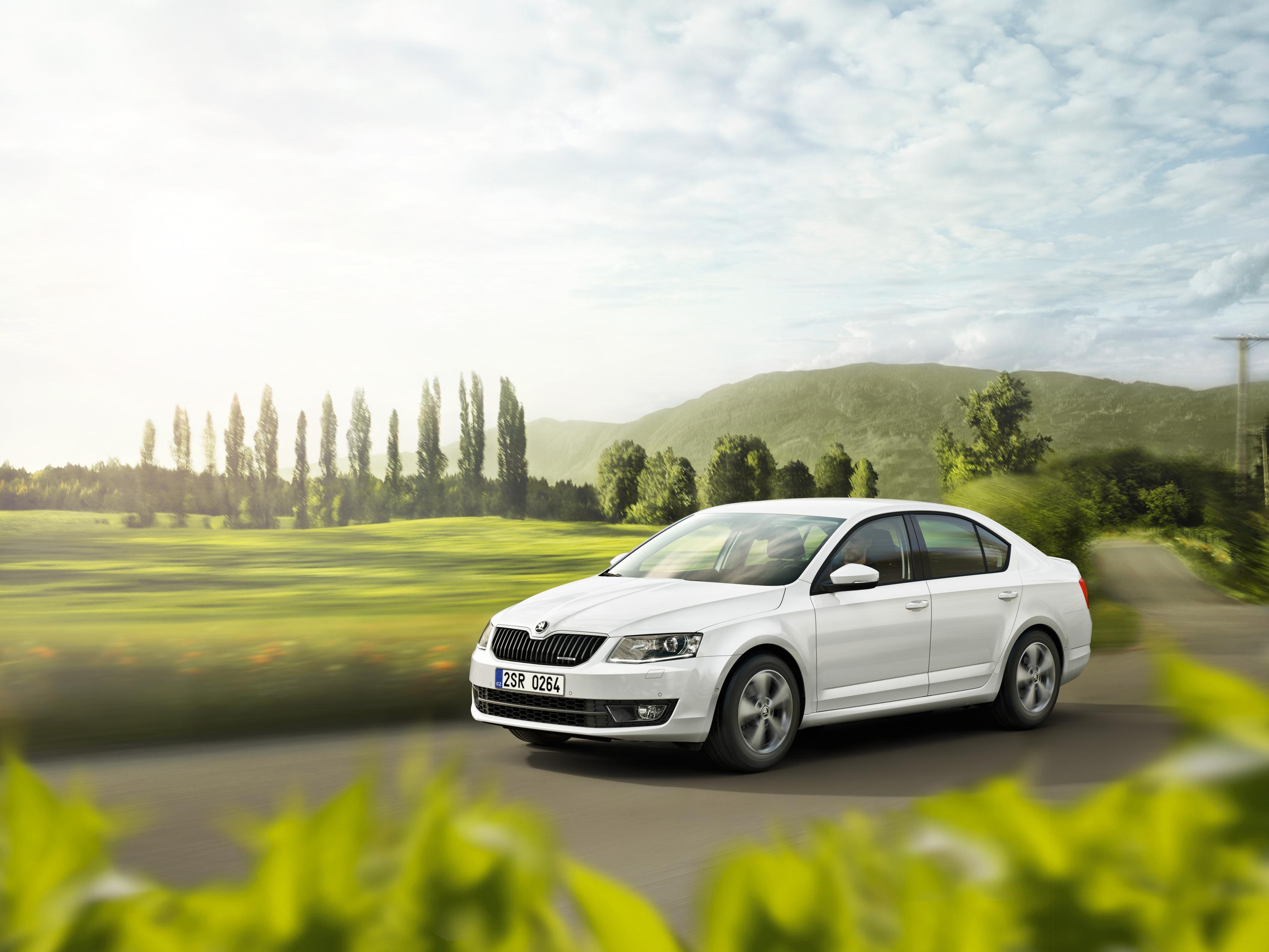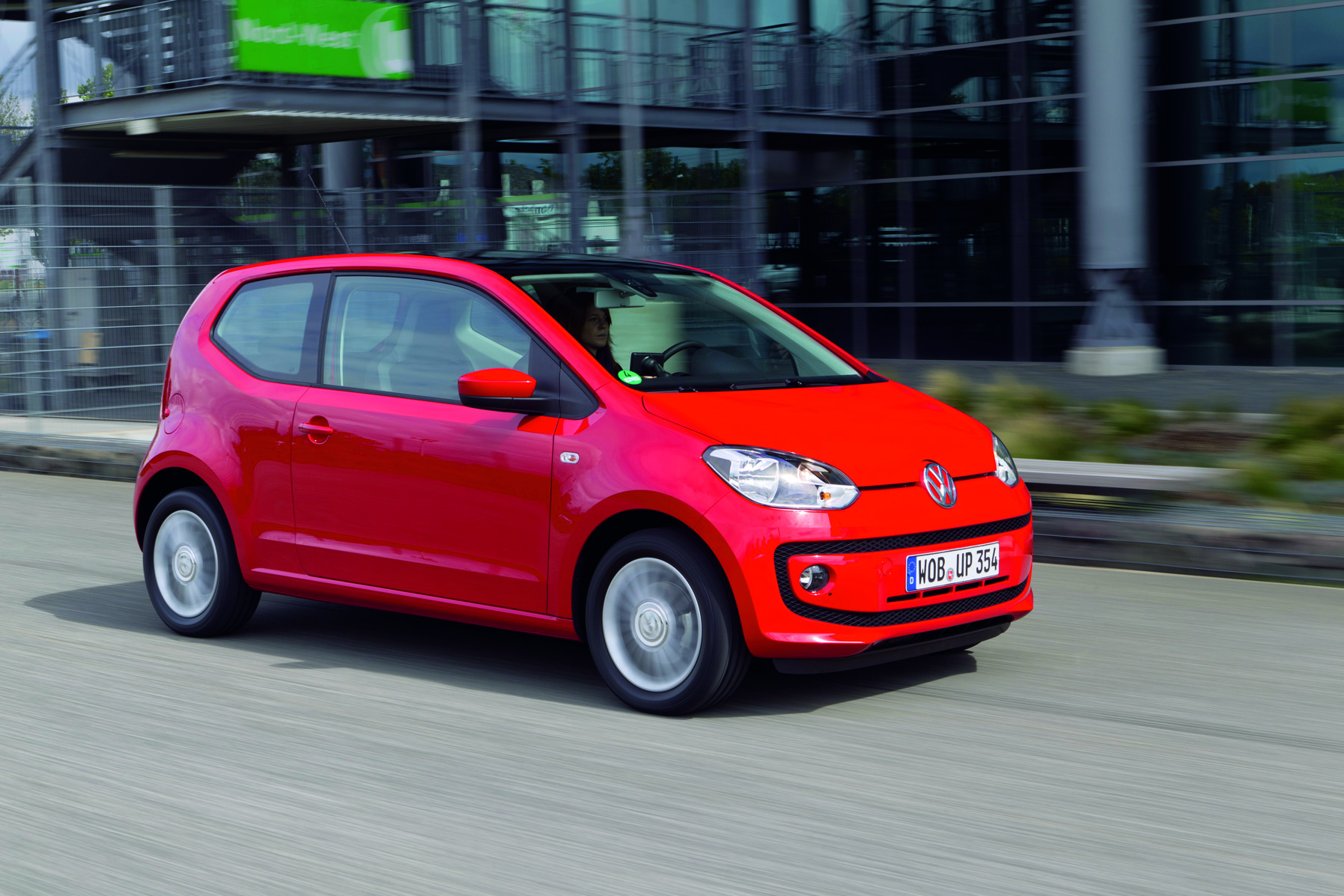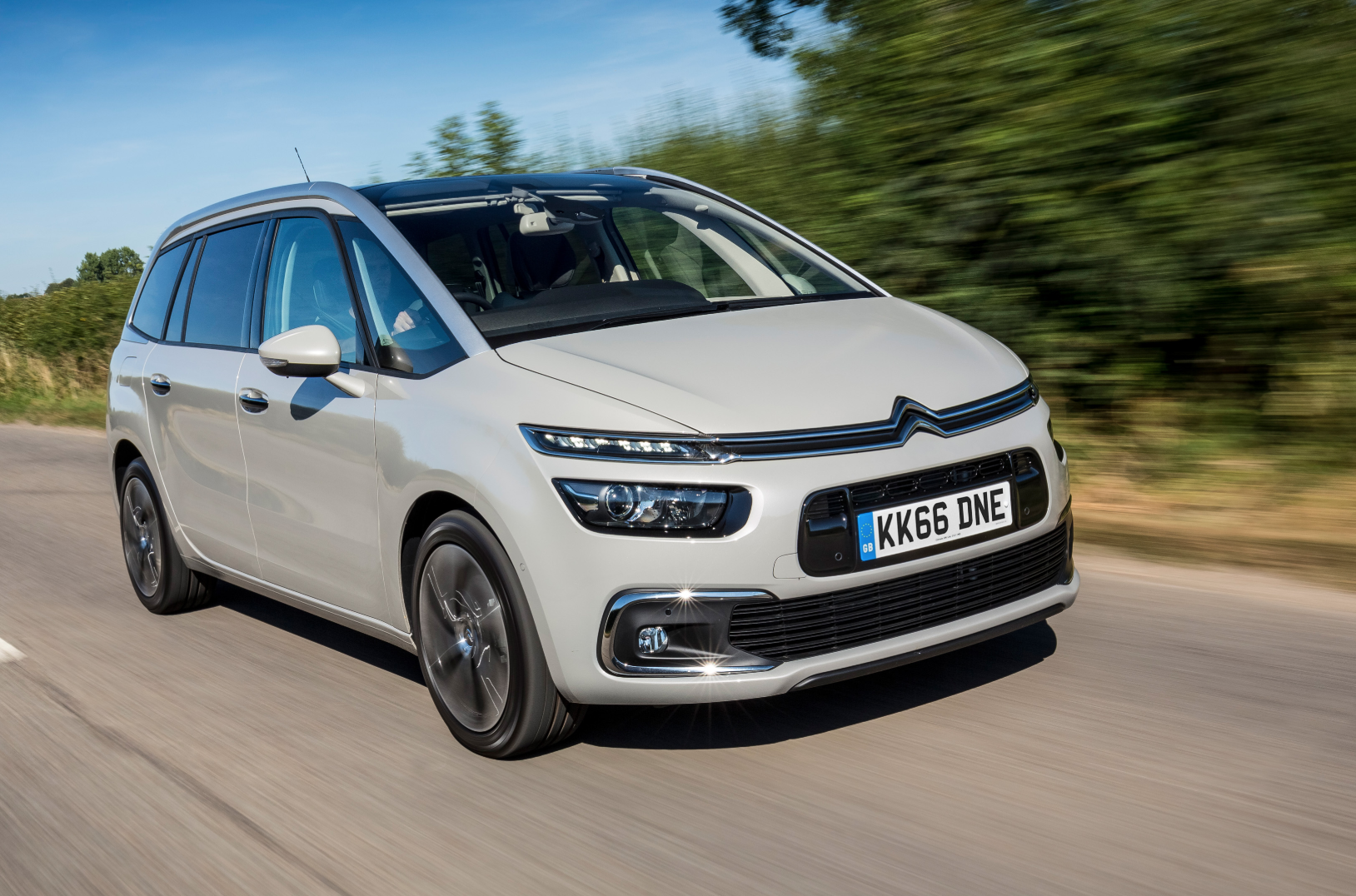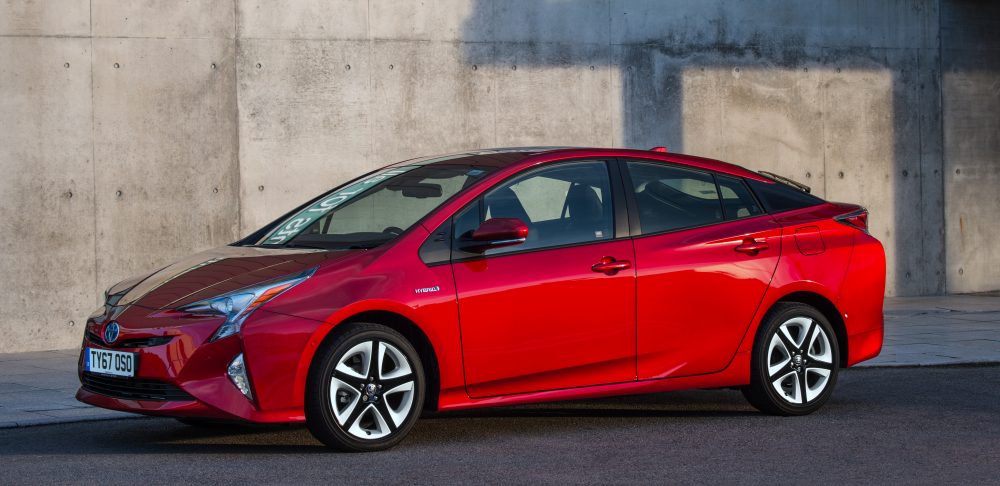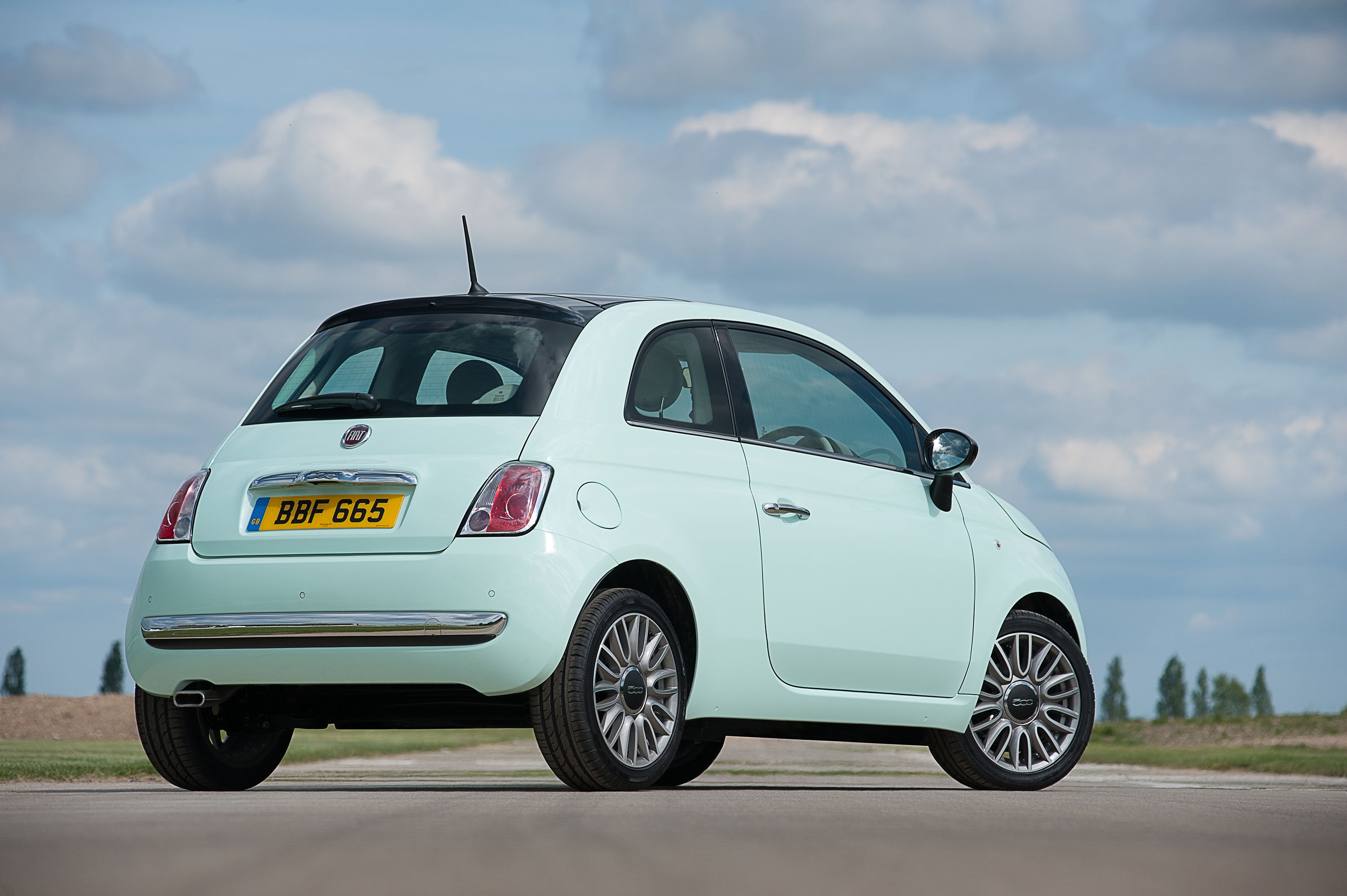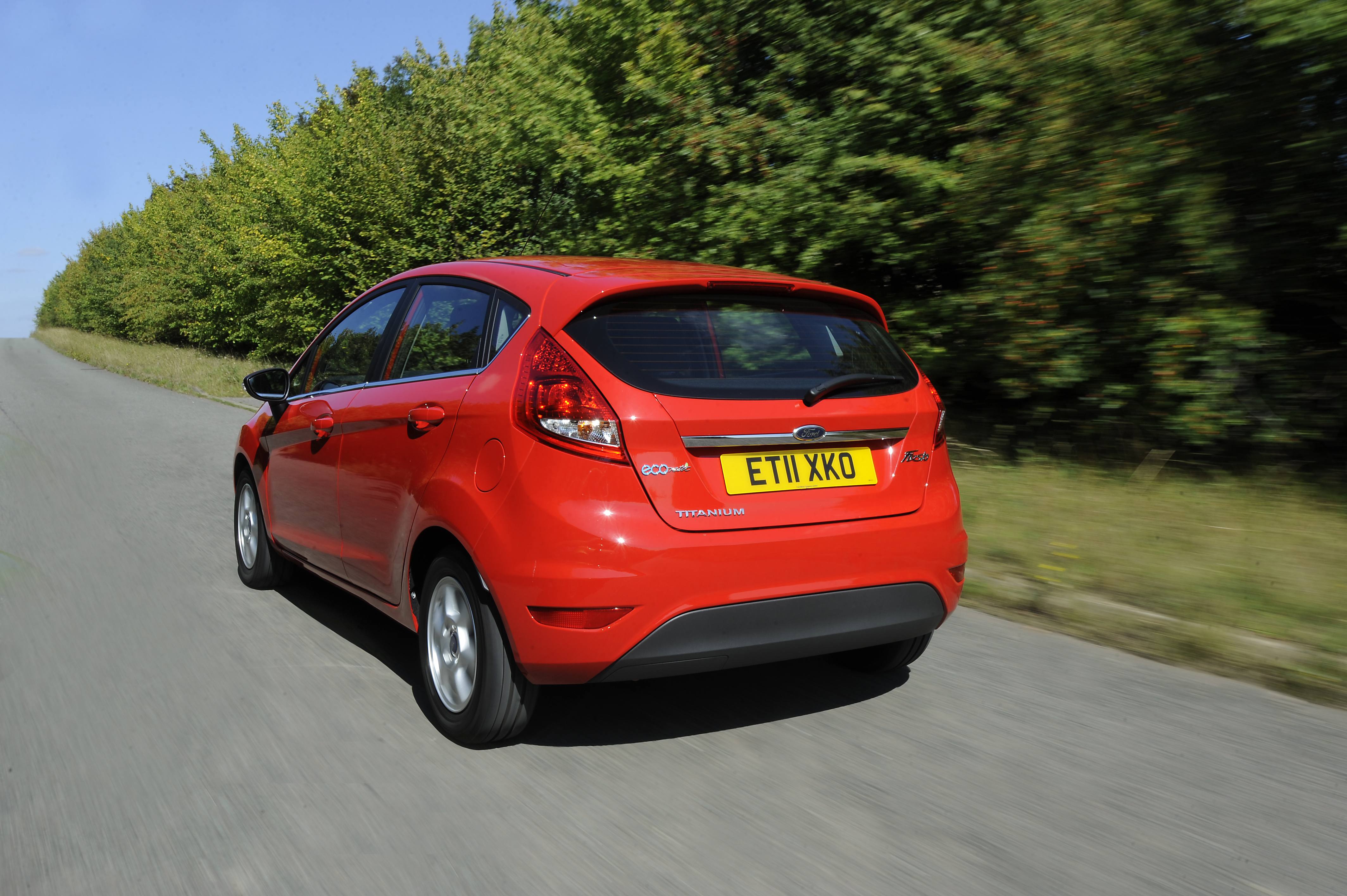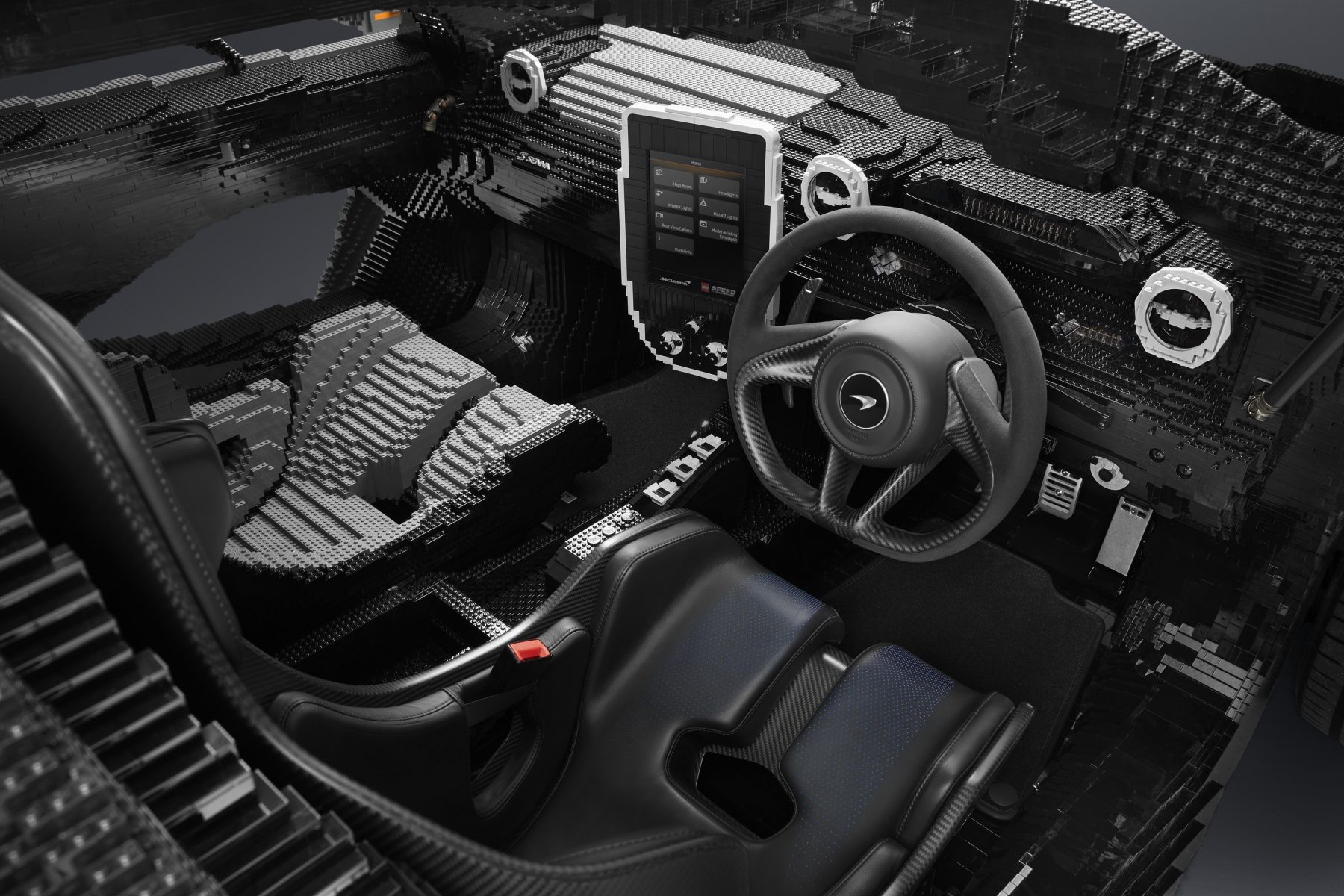Whether at a motor show or simply as pictures on a small screen, we all love a concept car. These often wacky creations can range from serious indications of where a manufacturer wants to go in the future, to madcap creations merely intended as an exercise for the styling department.
And while many concept cars display totally new ideas that the manufacturer has never tried before, many others look to the past for the inspiration for the future – drawing on lessons learned with classic models to shape their ongoing design direction and focus.
These are some of our favourite retro-styled concept cars – vehicles inspired by their predecessors. Some of these even spawned production models…
Peugeot e-Legend (Peugeot 504 Coupe)
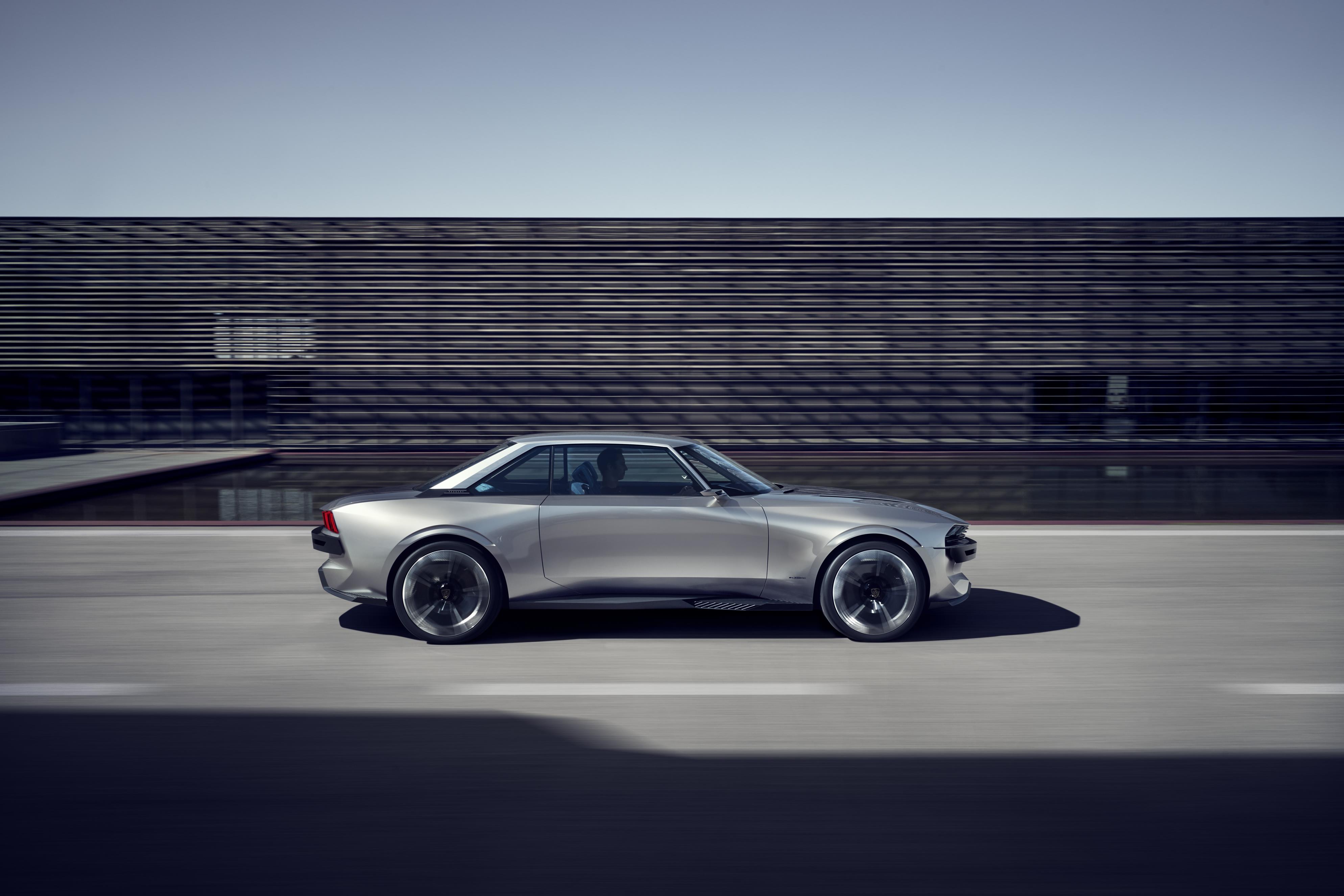
Peugeot rather stole the hearts of the public when it displayed the e-Legend at the 2018 Paris Motor Show. This slinky, all-electric coupe may look modern, but it’s actually a clear homage to the 1970s classic – the 504 Coupe.
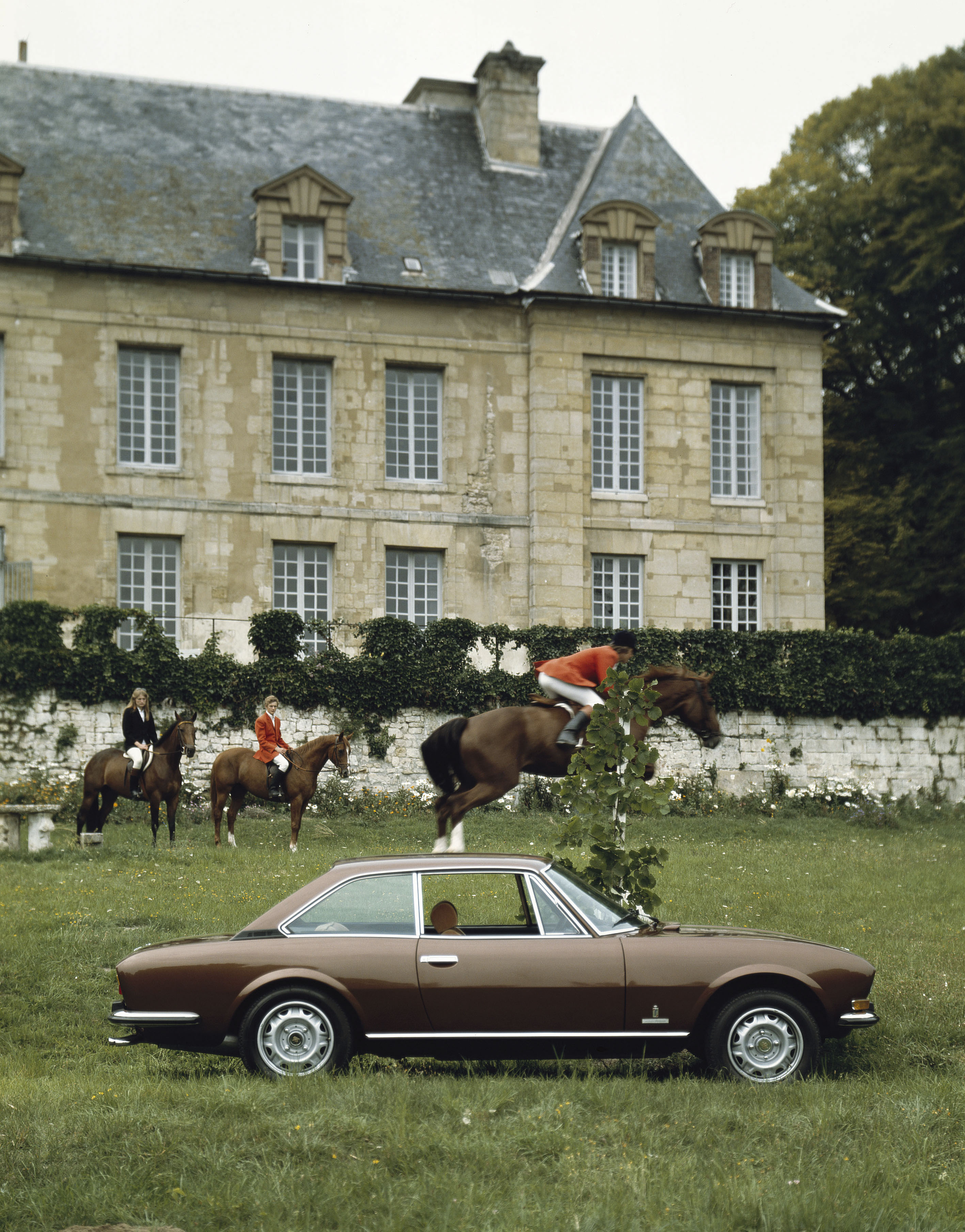
This Pininfarina-styled executive shuttle got everything just so right with its styling, and the silhouette and shapes are clear to see in the new e-Legend. Head inside the concept and the link is even clearer, with bright blue crushed velour upholstery a stunning tribute to the original.
Fiat Centoventi (Fiat Panda)

The original Fiat Panda was all about charming utilitarianism, and the Centoventi concept is no different. The all-electric concept makes novel use of items such as removable battery packs and an integrated charging cable, posing simple solutions to problems that production EVs face even now.
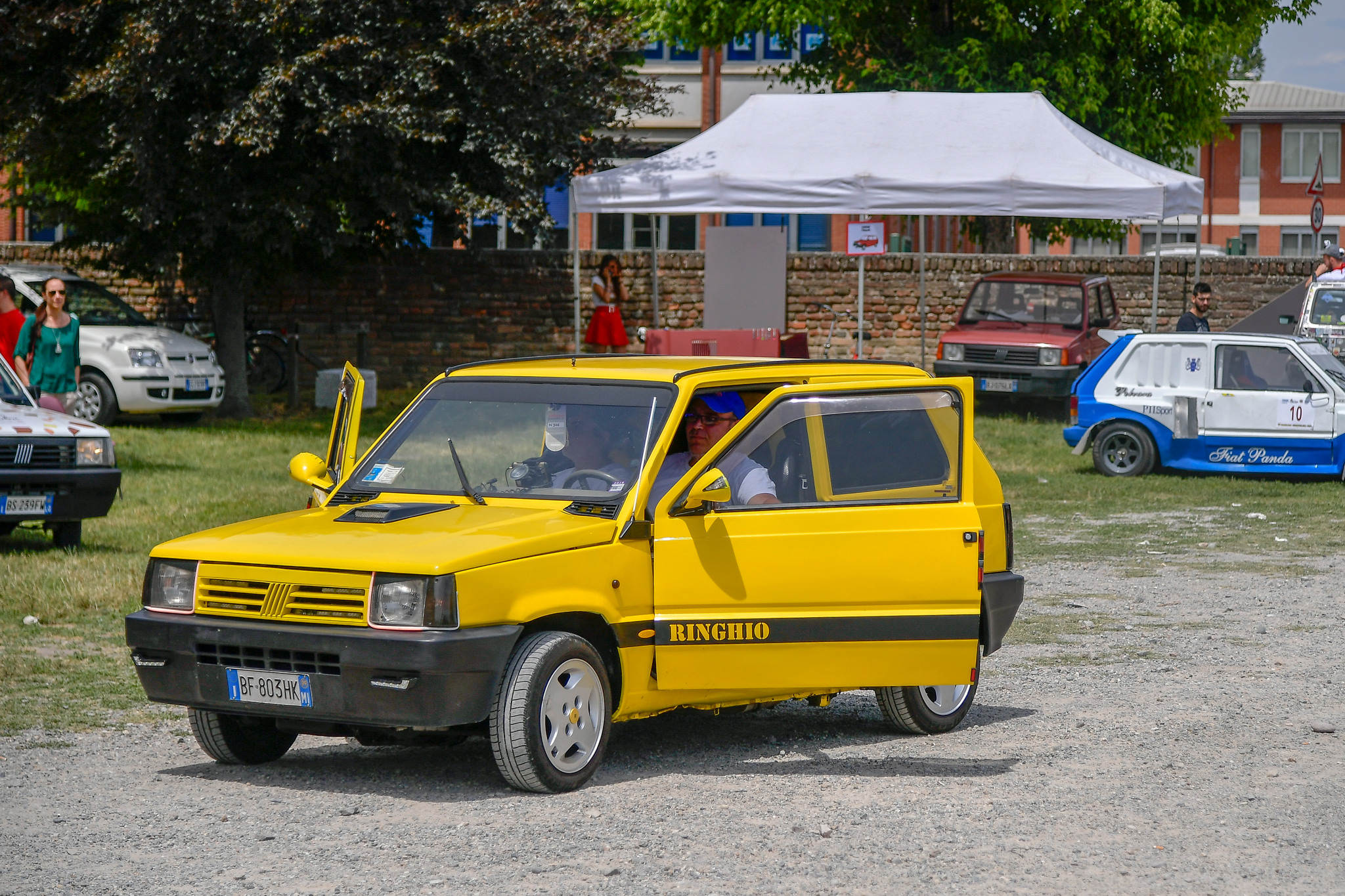
The square silhouette and shelf-like dashboard with configurable pods are further nods to the classic model, but if you were in any doubt as to this futuristic concept’s inspiration, Fiat was keen to lend a helping hand. When it was on display at the Geneva Motor Show, it handily left a toy panda bear on the dash.
Audi Rosemeyer (Auto Union Silver Arrow)
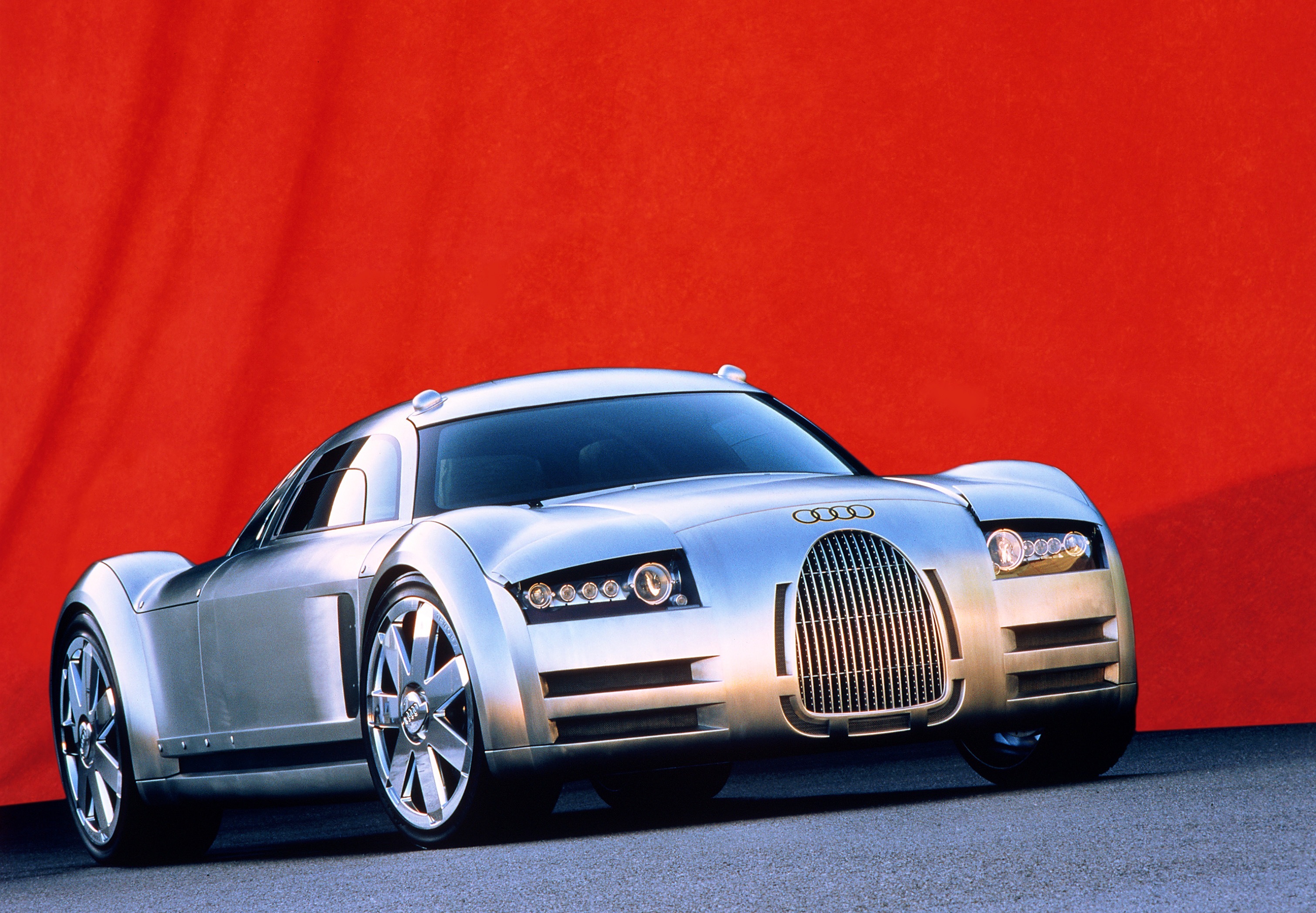
Think back to the year 2000. Audi, previously known mainly for staid saloons and estates, had just launched two brand-new models – the forward-thinking A2 and the sleek and slinky TT Roadster. The time, then, was ripe for a 16-cylinder, polished-aluminium concept car inspired by 1930s race cars. Wait, what?
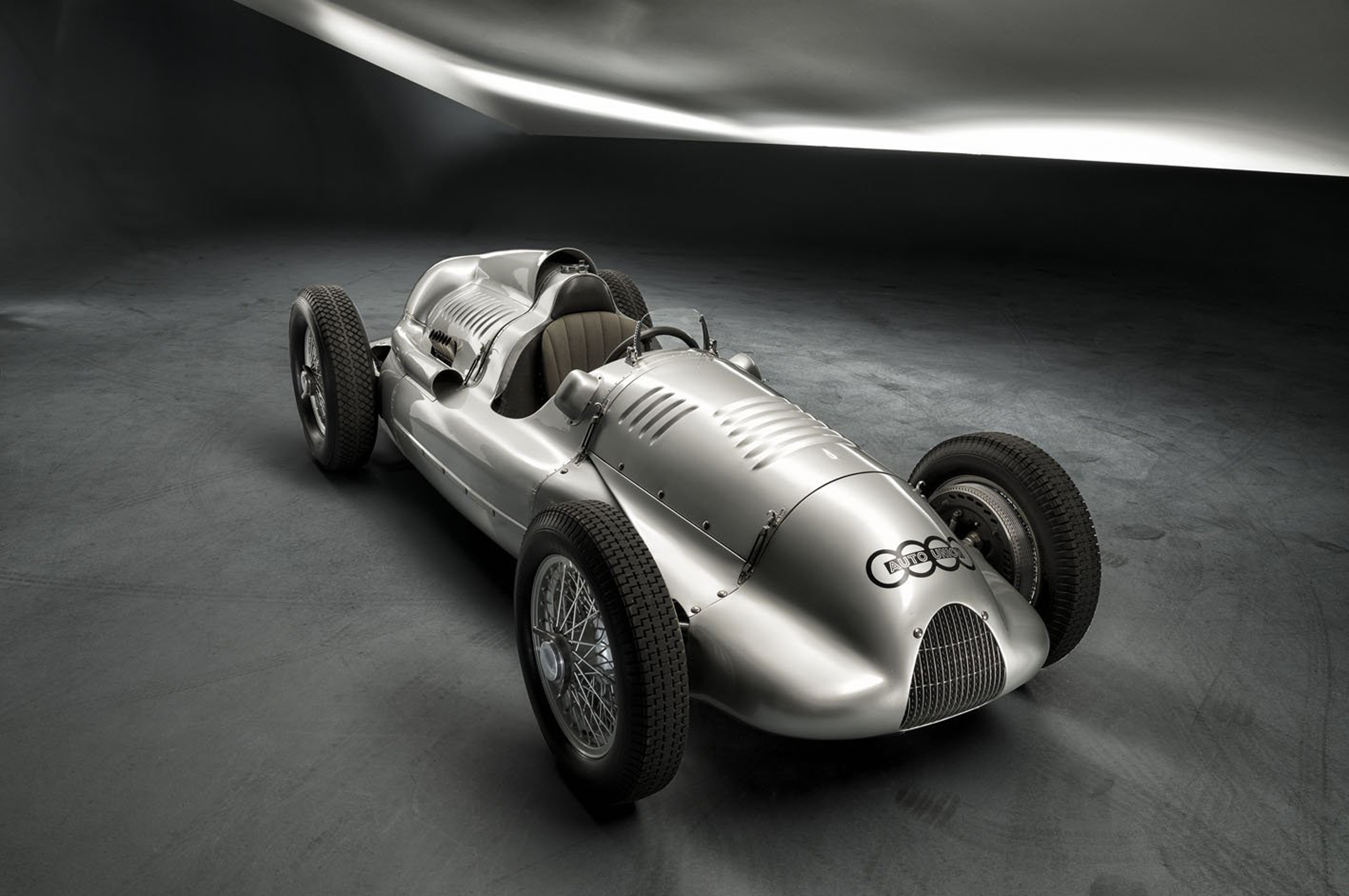
That’s right, the Rosemeyer takes its remit from the Auto Union ‘Silver Arrows’ Grand Prix cars of the ‘30s, It’s named after one of their drivers, Bernd Rosemeyer, and pairs styling cues from them with an 8.0-litre W16 engine and quattro all-wheel drive. Just like the Bugatti Chiron from a few years later. Hmm…
BMW 2002 Hommage (BMW 2002)
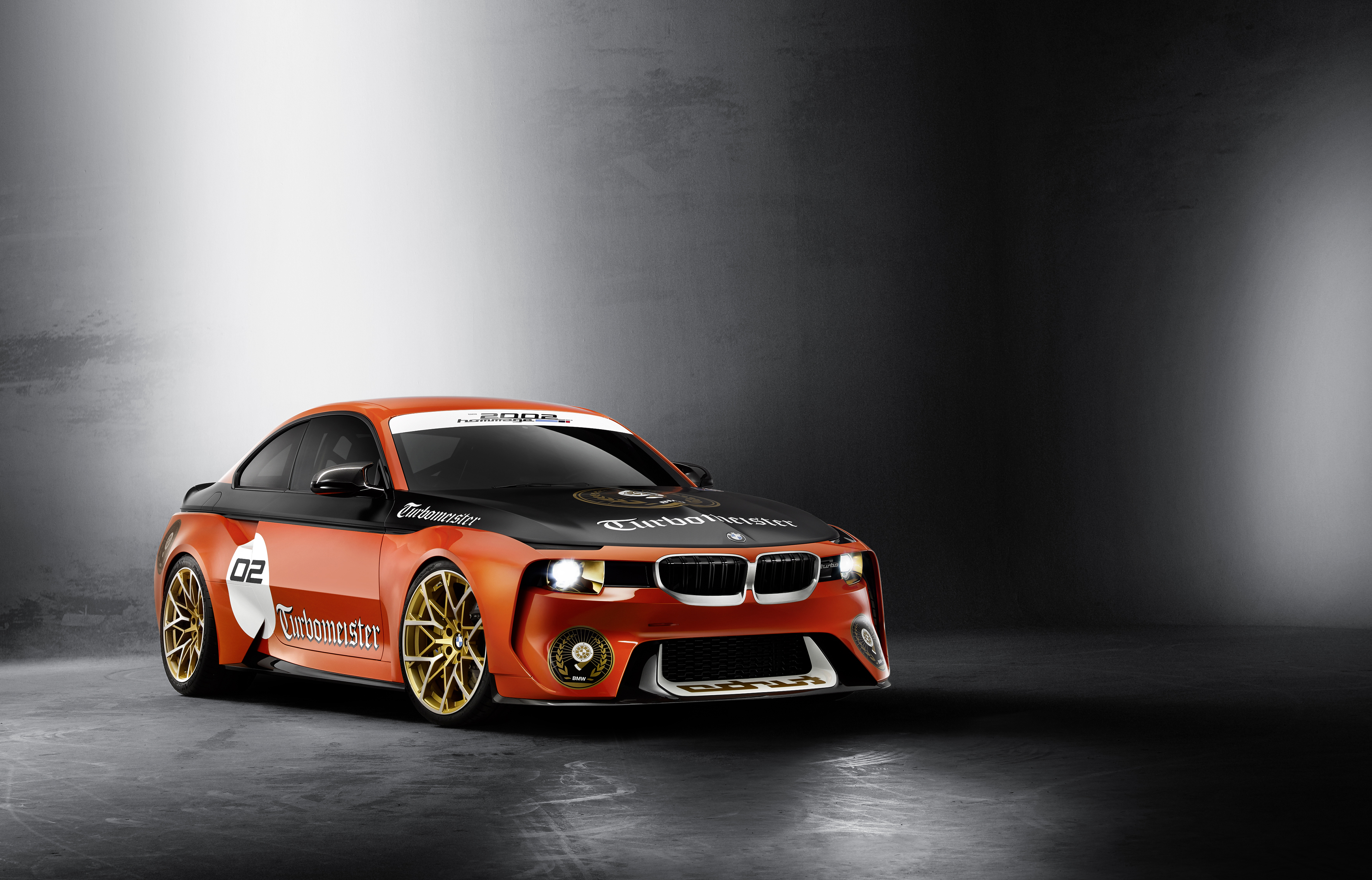
BMW was rather stating the obvious when it named this one. After all, if you’re paying homage to the iconic BMW 2002, why not call your concept car the 2002 Hommage?

The Hommage brings back several classic BMW styling details, including the leaning-forward ‘shark nose’, beefed-up wheel arches and superb front spoiler, and adds them to a compact package, closing the gap between the contemporary 2 Series and the classic 2002. Add in to that the most classic of engines – the straight-six – and you’re onto a winner.
VW ID. Buzz (VW Microbus)
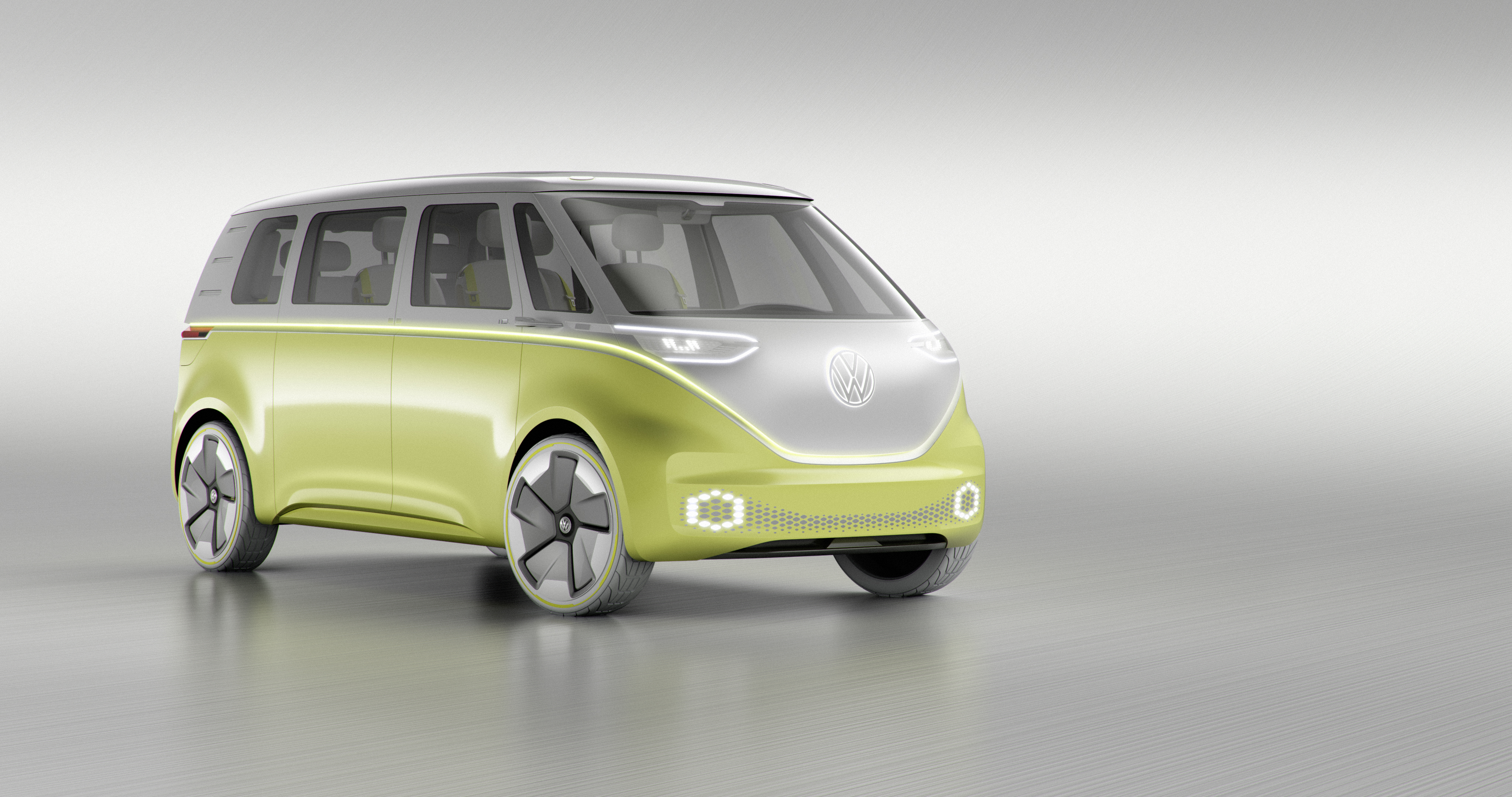
Volkswagen has several truly iconic models, but one of the best-known is the Microbus. Based on the T1 and T2 Transporter, it’s since become a total icon of California surfer culture – and Volkswagen’s been promising to bring it back for years.
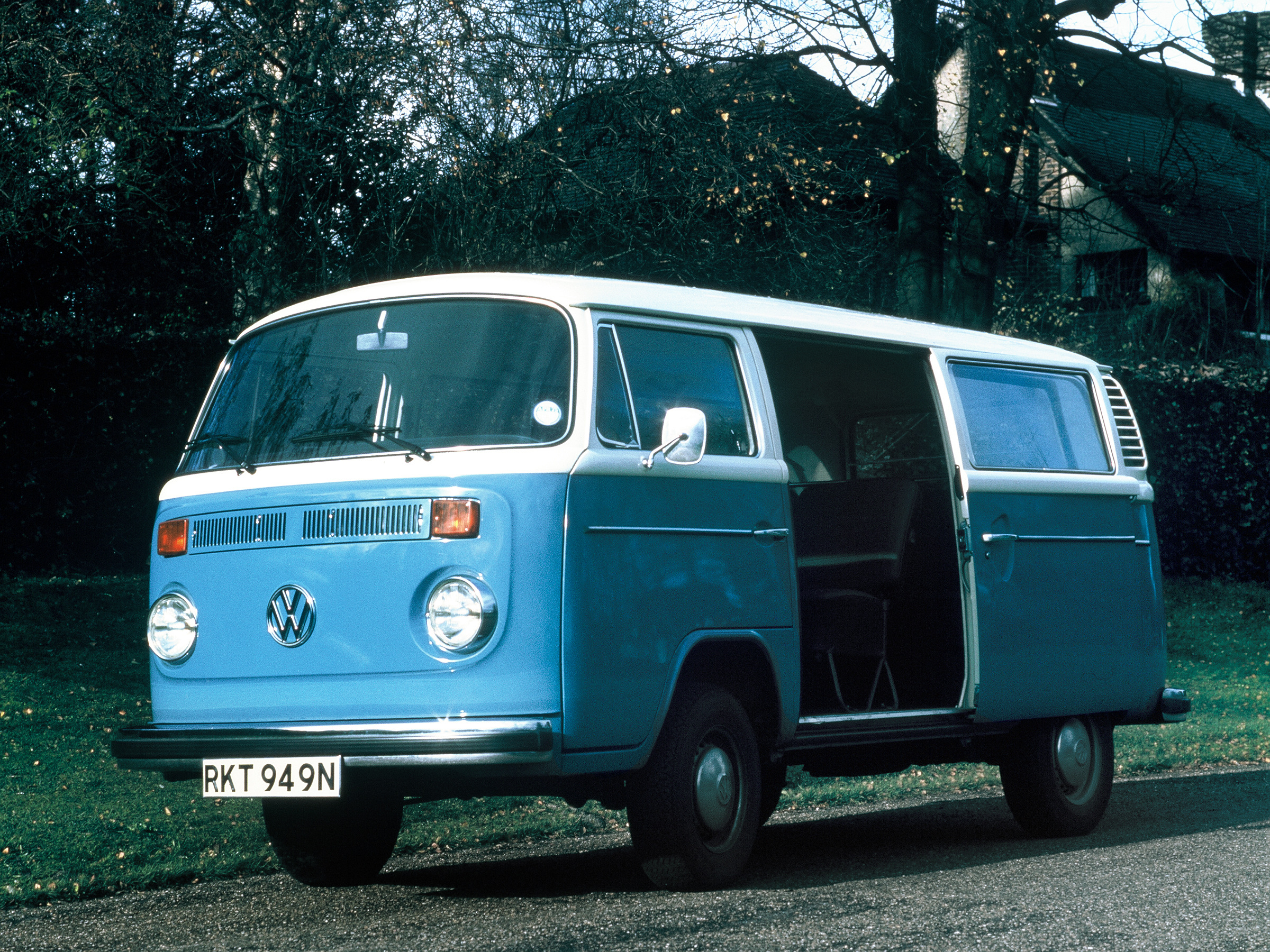
While the 2001 Microbus concept was good, it’s the ID. Buzz that’s the most exciting, as VW has promised it will go on to spawn a production model. The new electric powertrain allows that classic cab-forward styling to return, and the whole thing’s packed with brilliant retro touches. We’re big fans.
Honda Urban EV (Honda Civic)

Honda was a pioneer of the hybrid car, but it’s somewhat lagged behind on electric vehicles. The Urban EV was its first attempt at mainstream electric transport, and boy, did it strike a chord – the concept proved so popular that Honda’s now working on a production version.
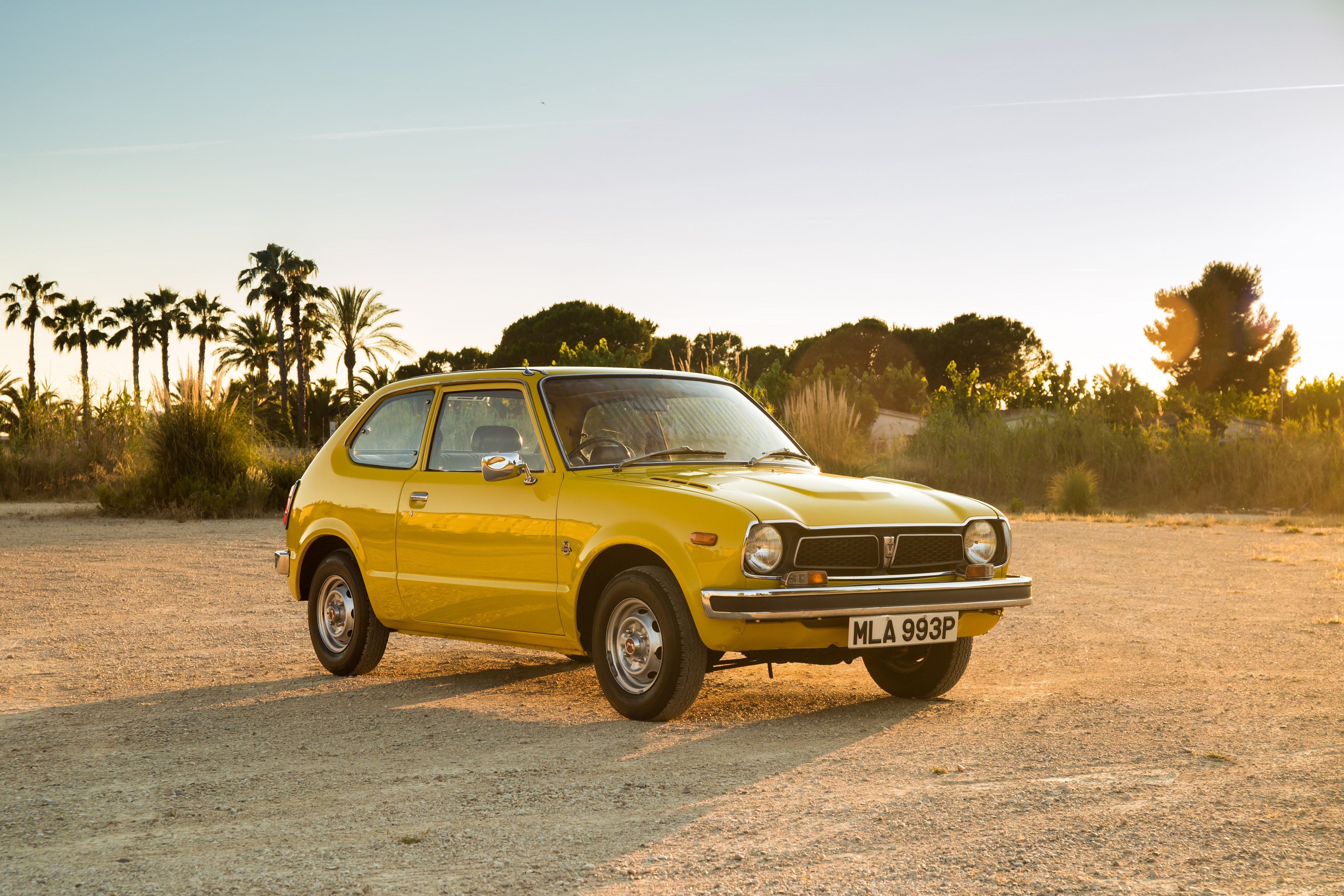
It took clear inspiration from Honda’s first mega-popular model – the original Civic. Sadly, the Urban EV’s gorgeous clean design has been somewhat bloated for production, and it does without features like the suicide doors, animated headlights or giant multi-spoke wheels.
Vauxhall GT Concept (Opel GT)
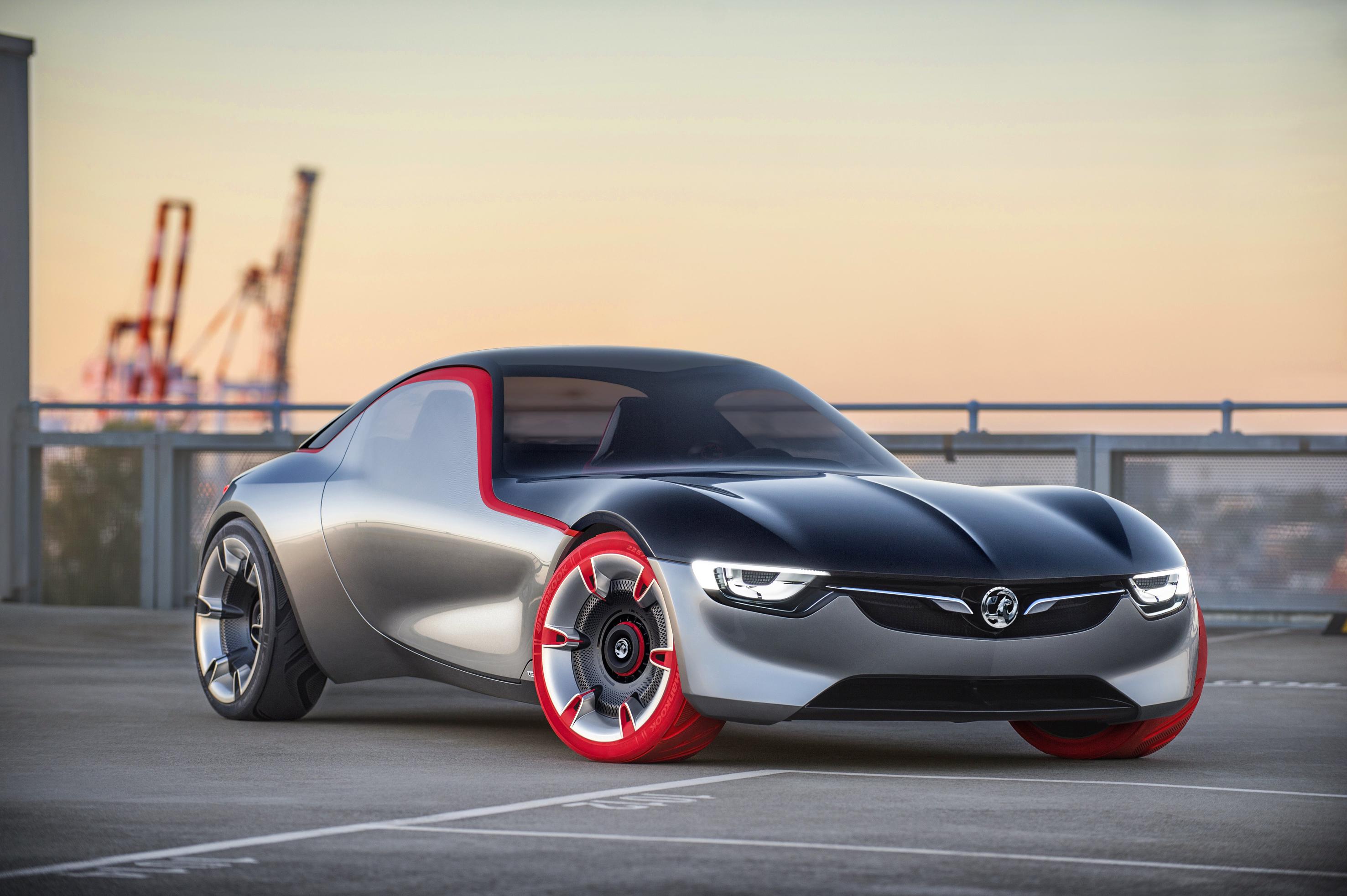
Few remember the Opel GT – a slinky, sexy sports coupe with remarkable ‘flip-over’ headlights (in place of pop-up units). Few can deny that the GT Concept looks a lot like that 60’s classic, and the two cars share a long bonnet, short rear deck and pronounced haunches over the front wheels.
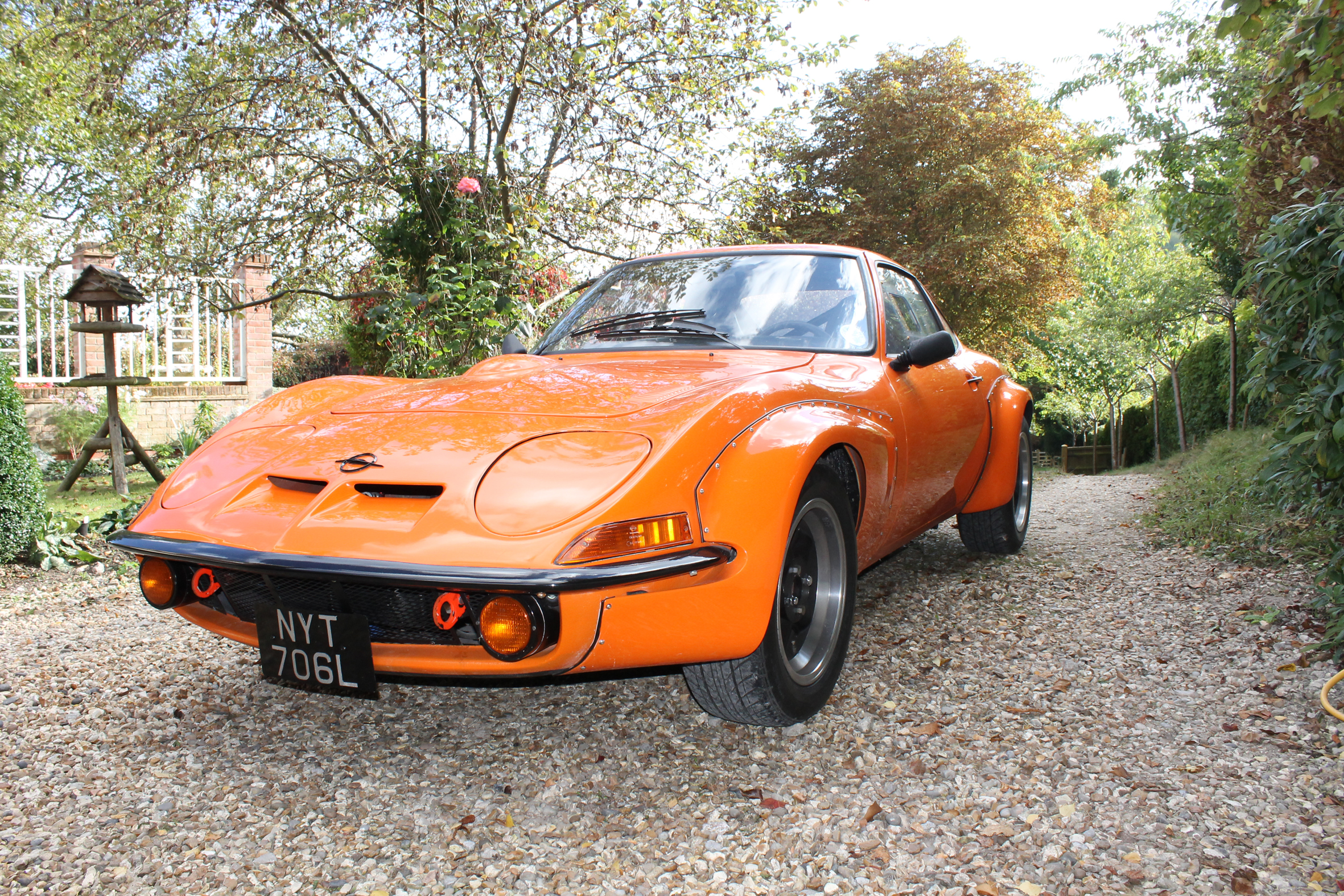
The Concept also contains several nods to other models – especially in its red front tyres, which pay homage to the Opel Motoclub motorbike of the 1920s.
Ford GT Concept (Ford GT40)
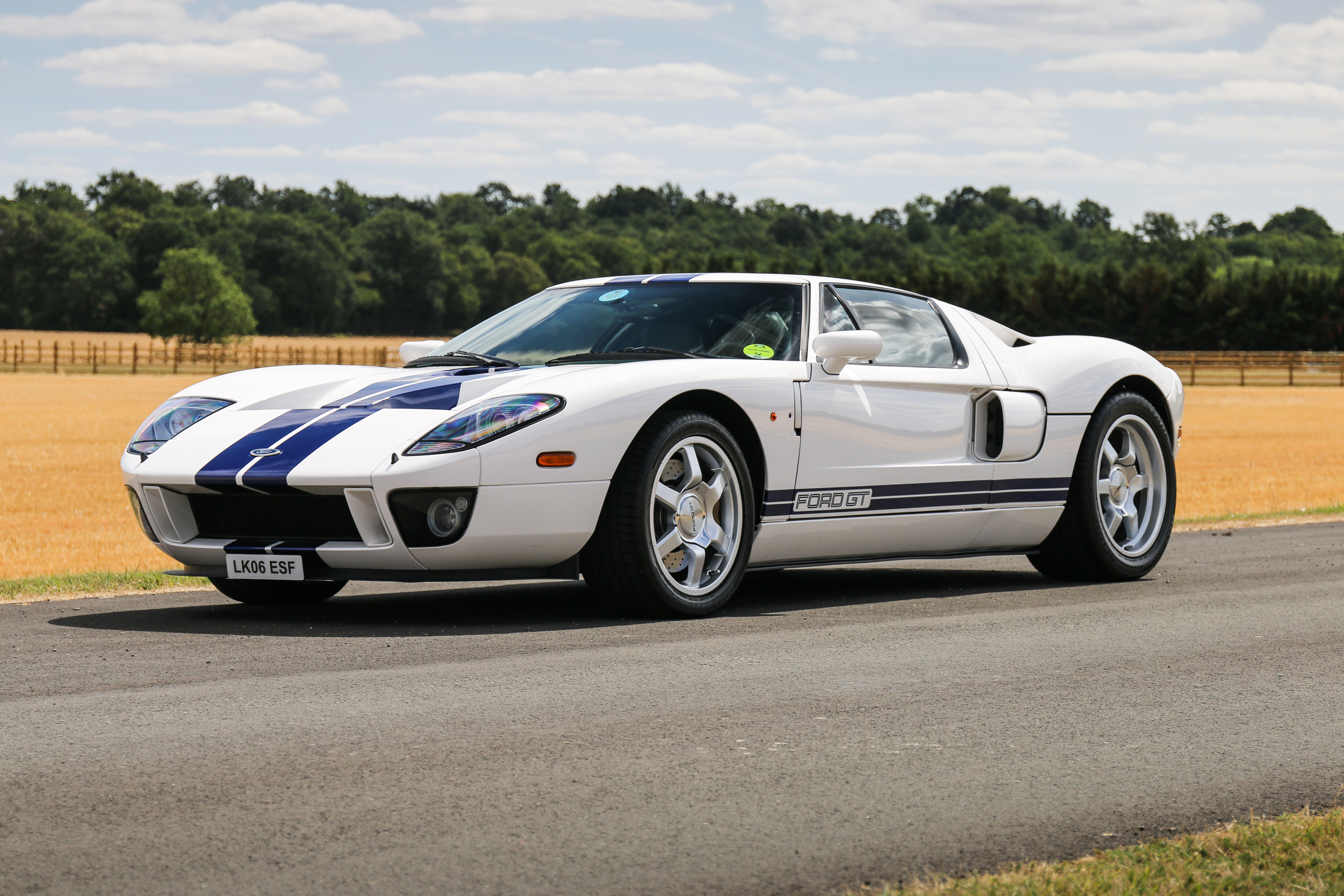
The GT40 is probably one of Ford’s most recognisable cars ever. Built to dominate racing, it left a lasting legacy – so much so that Ford revisited it in 2002 with the GT40 Concept. A faithful modern interpretation of the racing car, every detail from the deep hood scoops to the doors that extended into the roof paid homage to the 1960s original.
The GT40 did indeed spawn a production model – the Ford GT, which is now in its second generation. When introduced in 2005, the GT looked almost identical to this concept – sadly, some of the retro appeal has been lost with the current model, launched in 2017.

